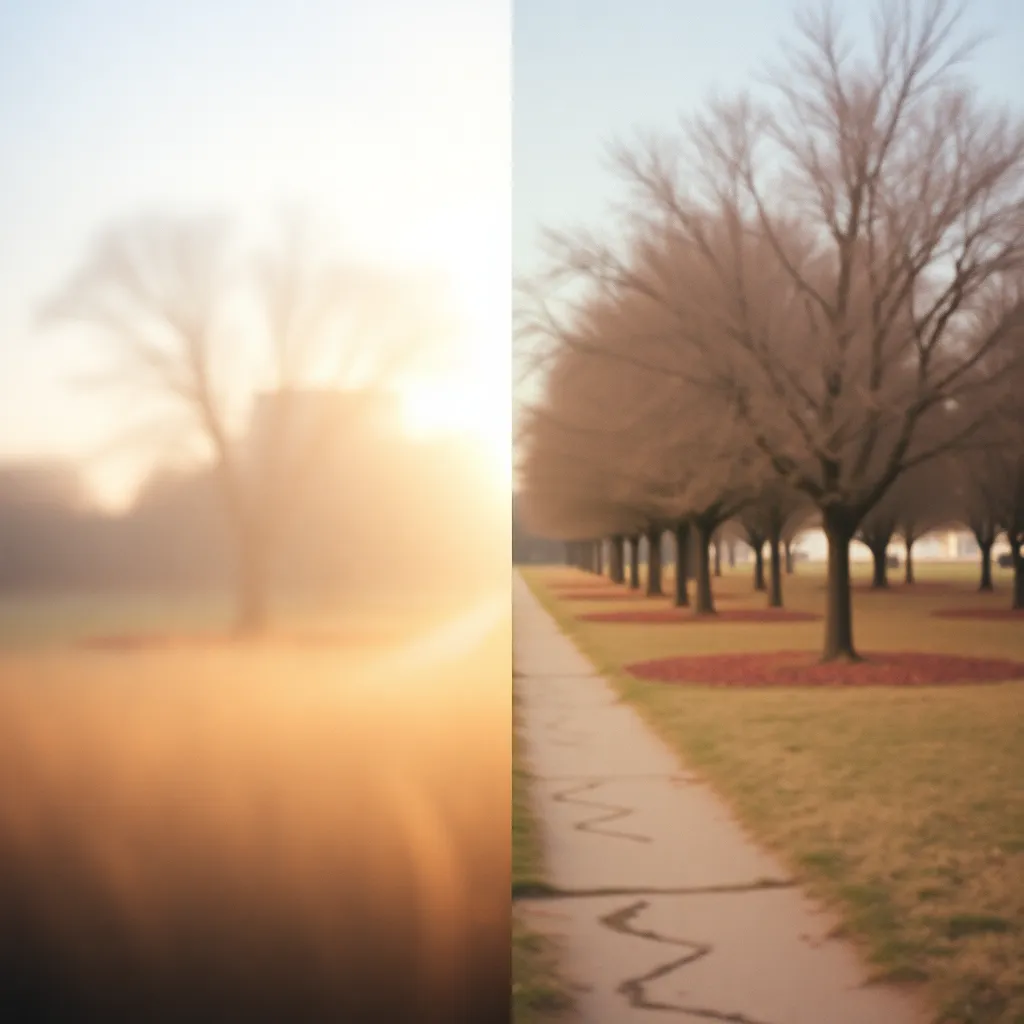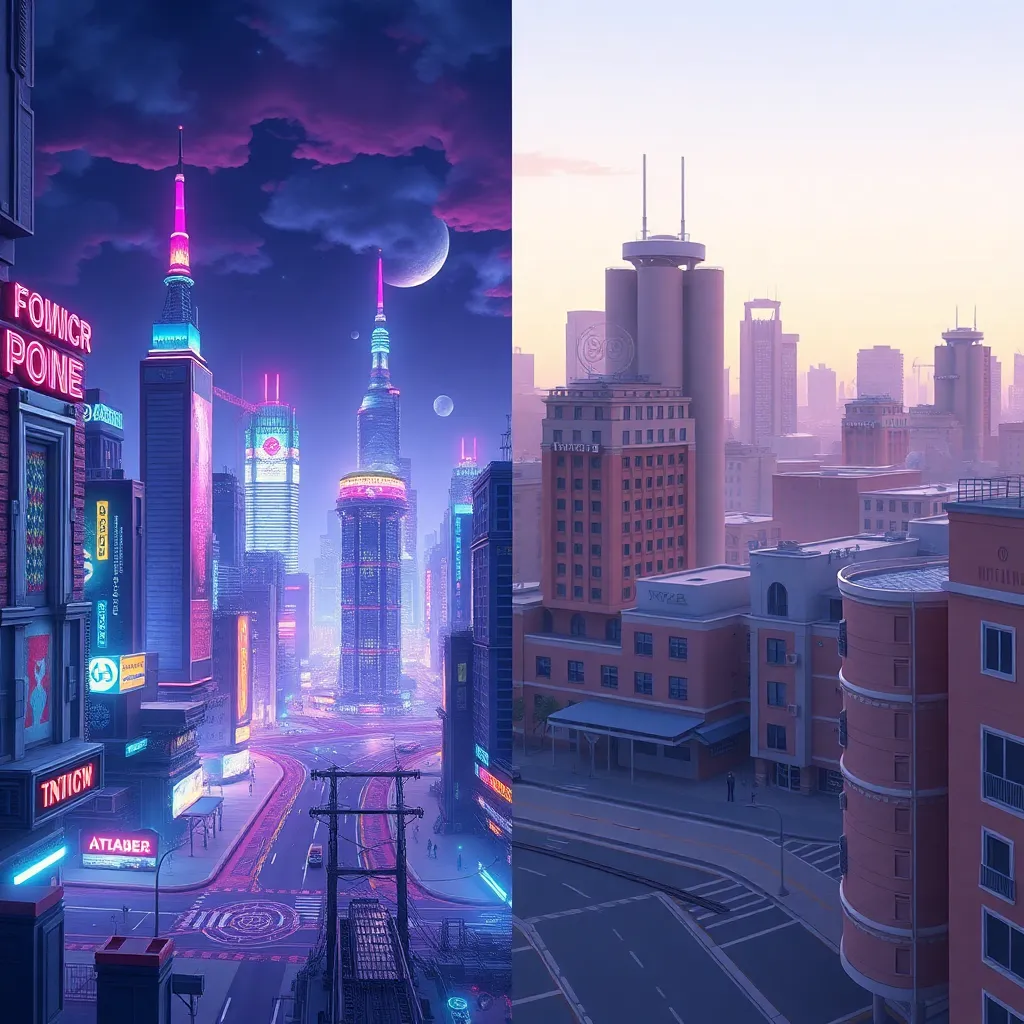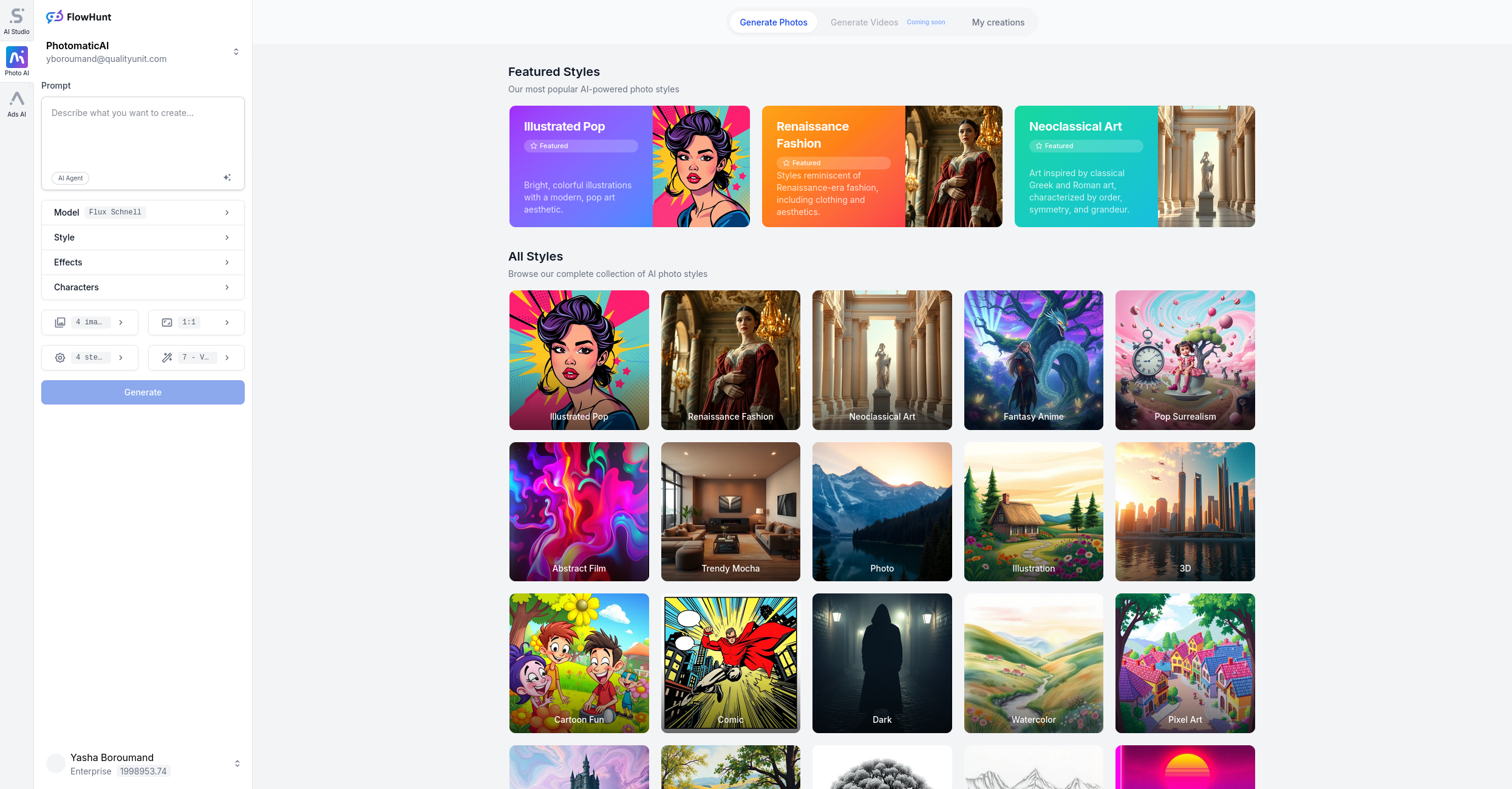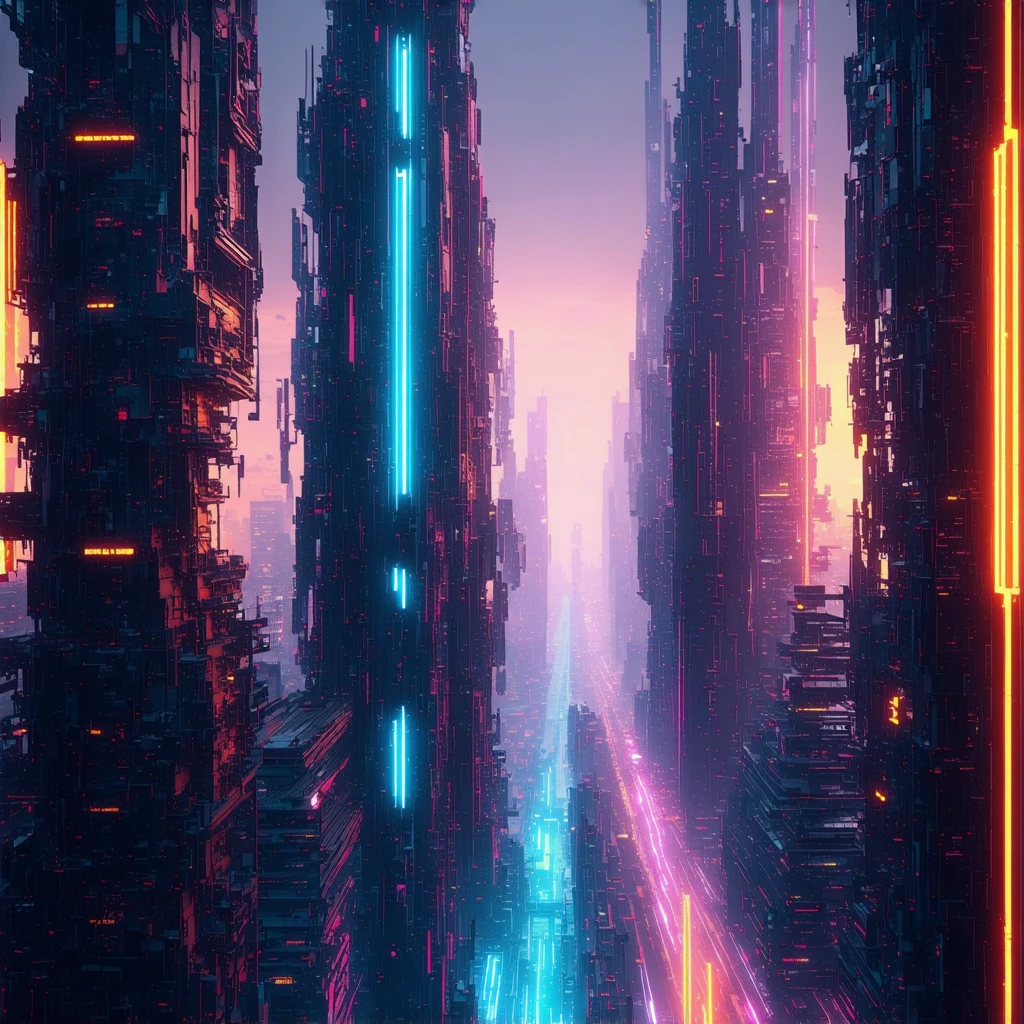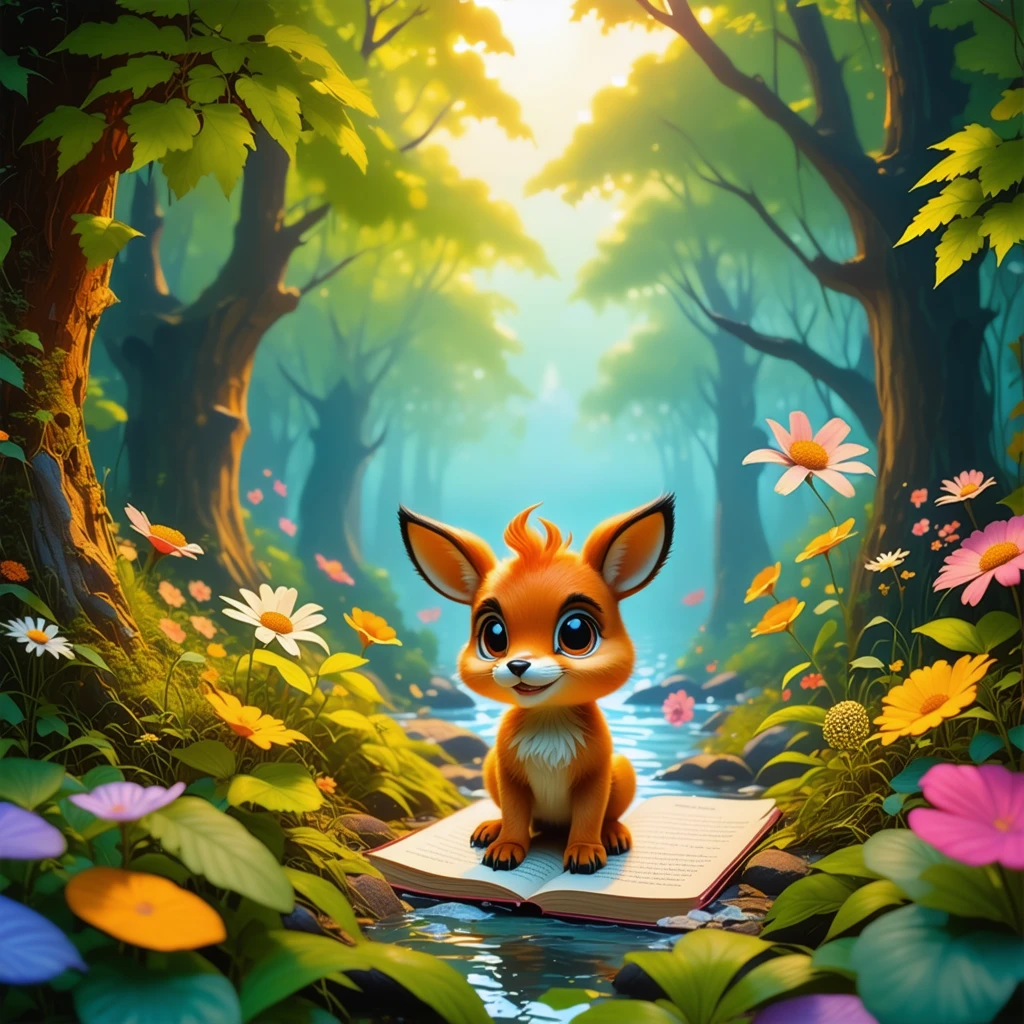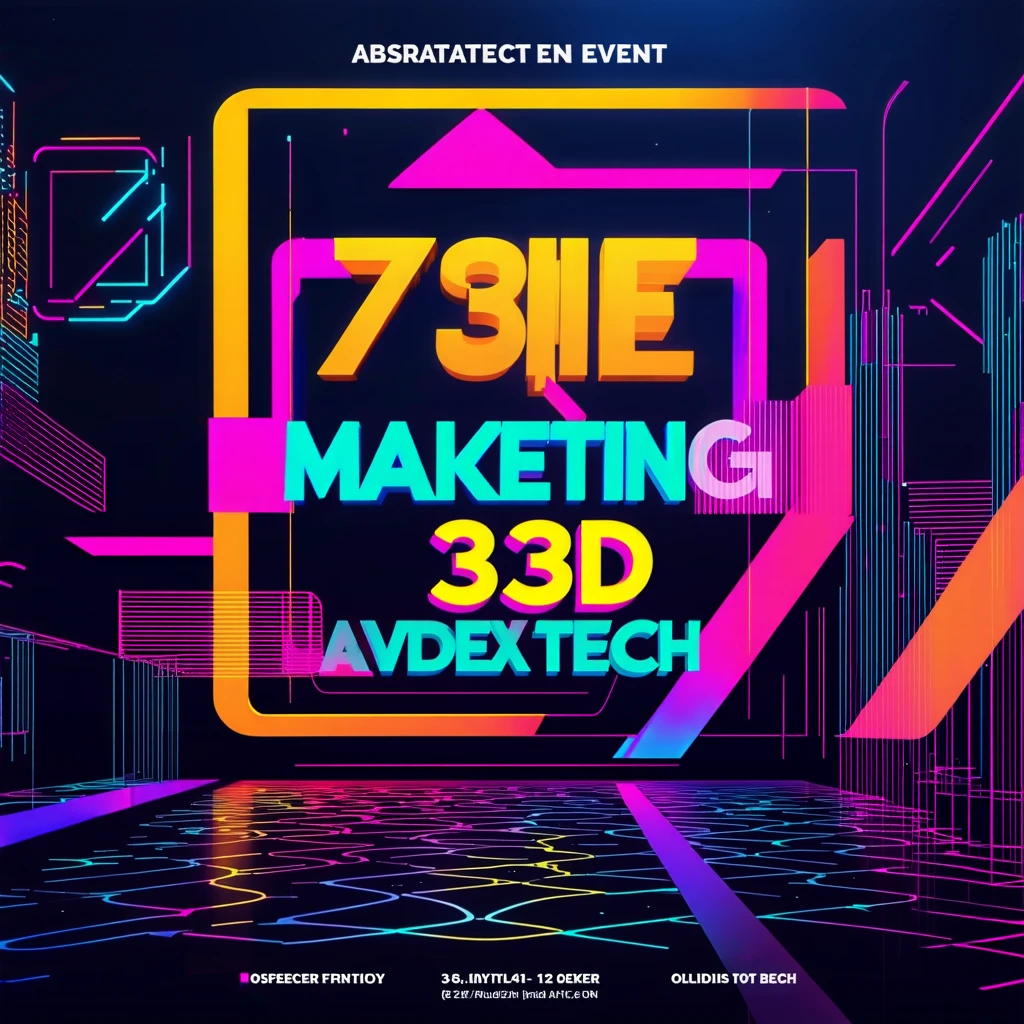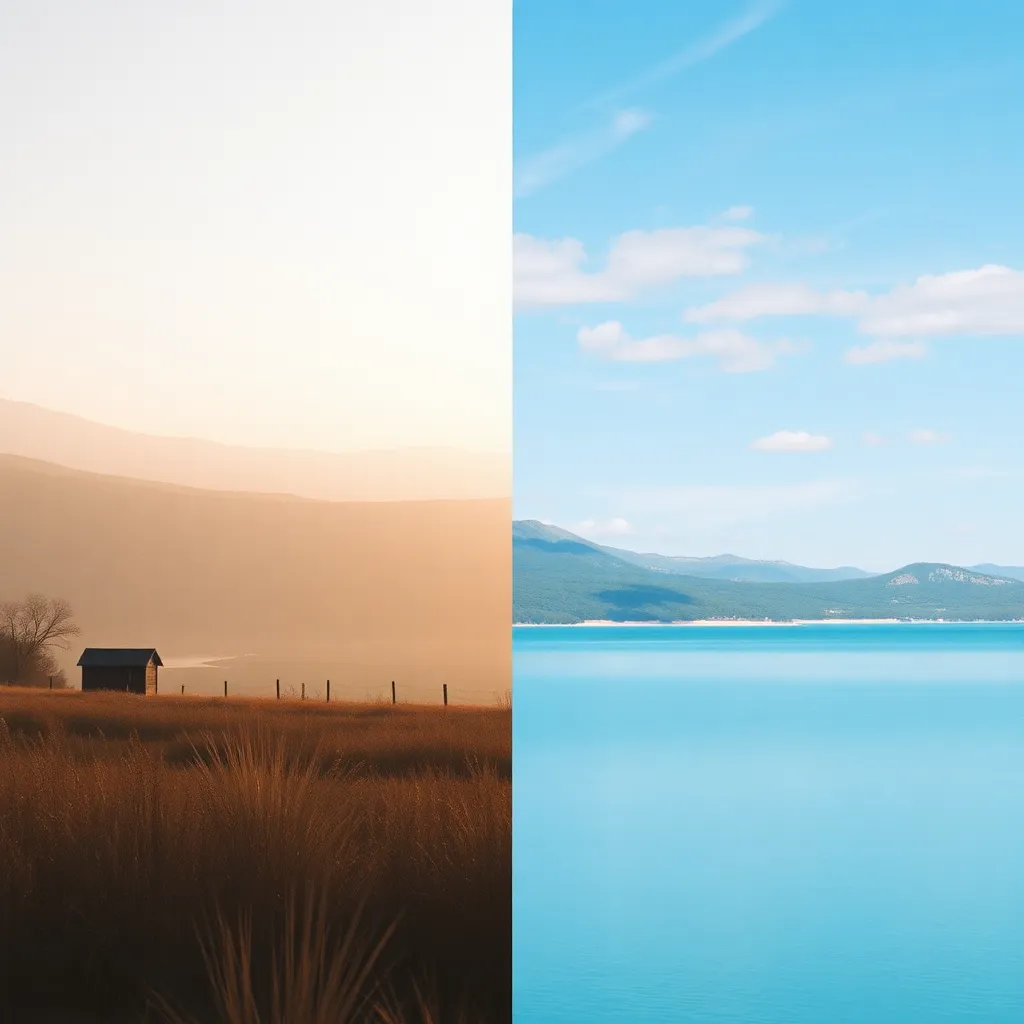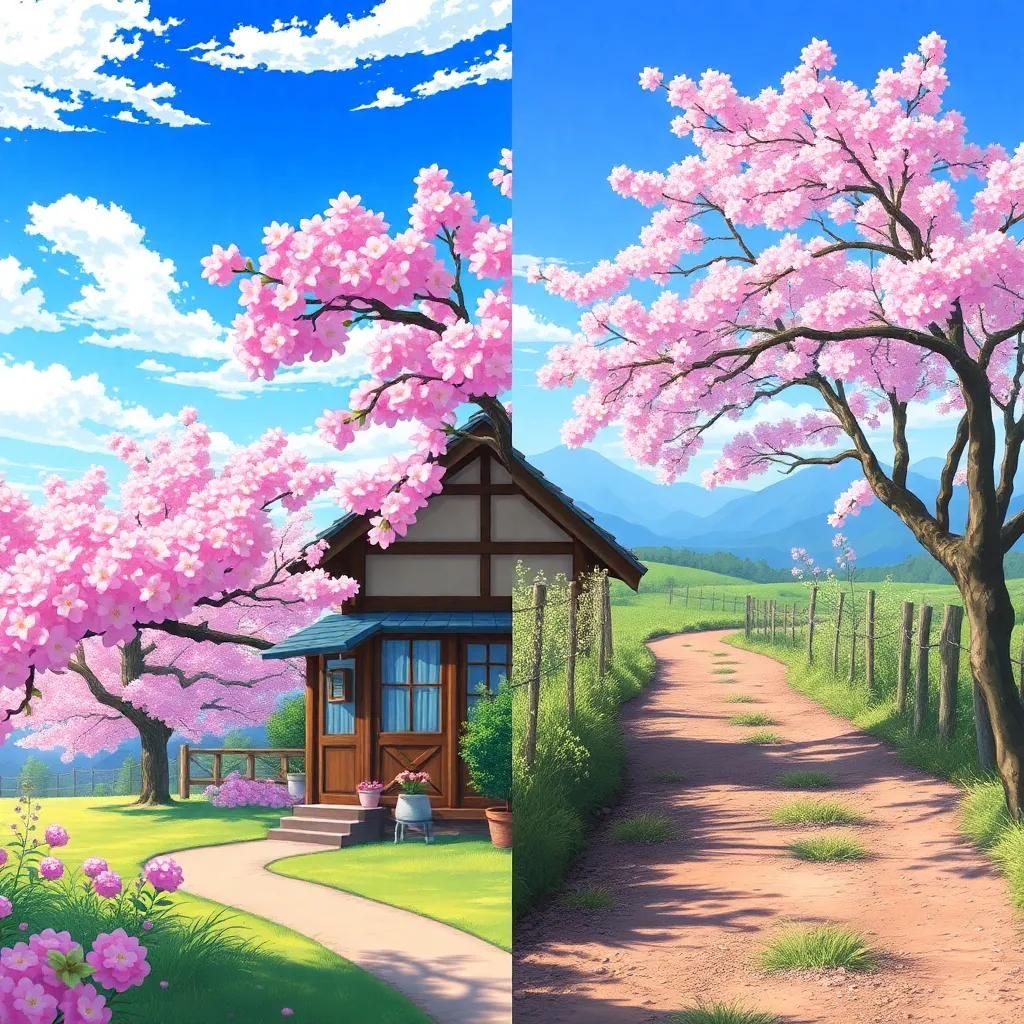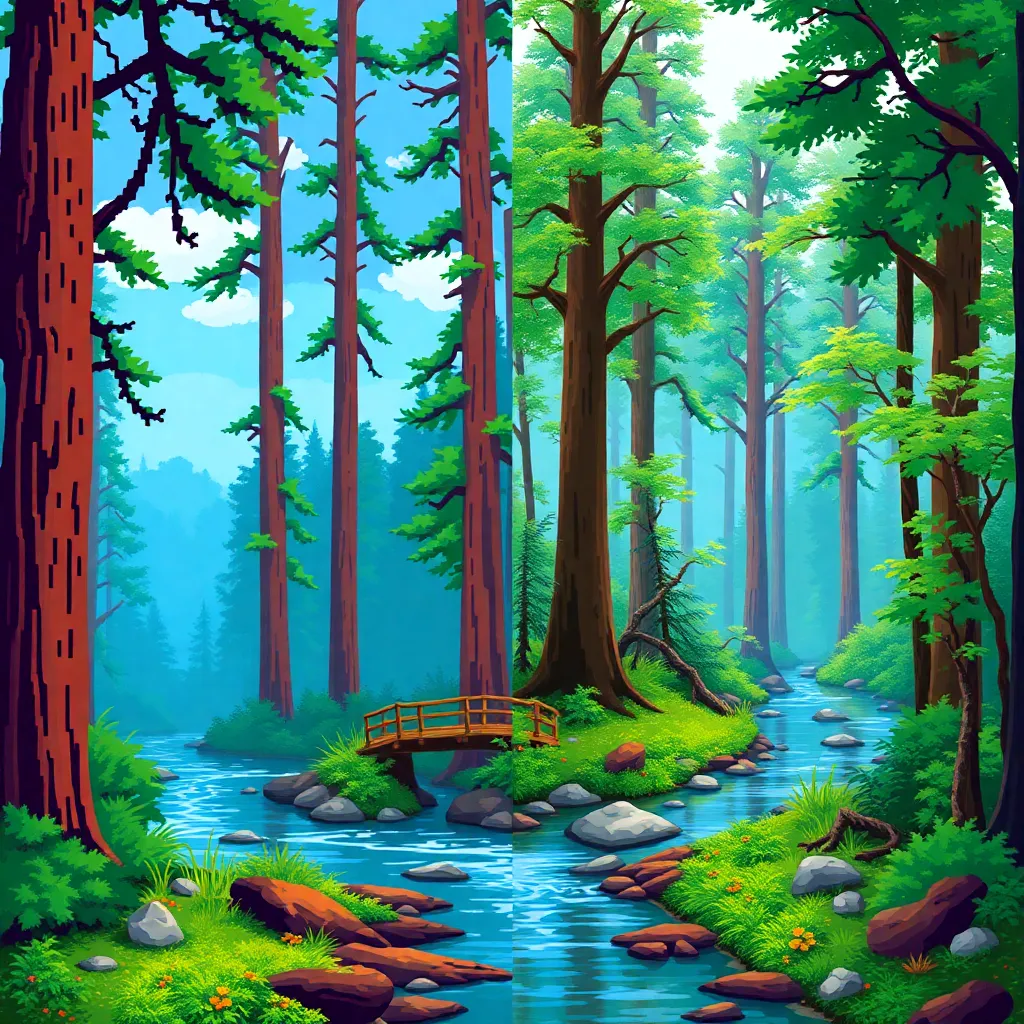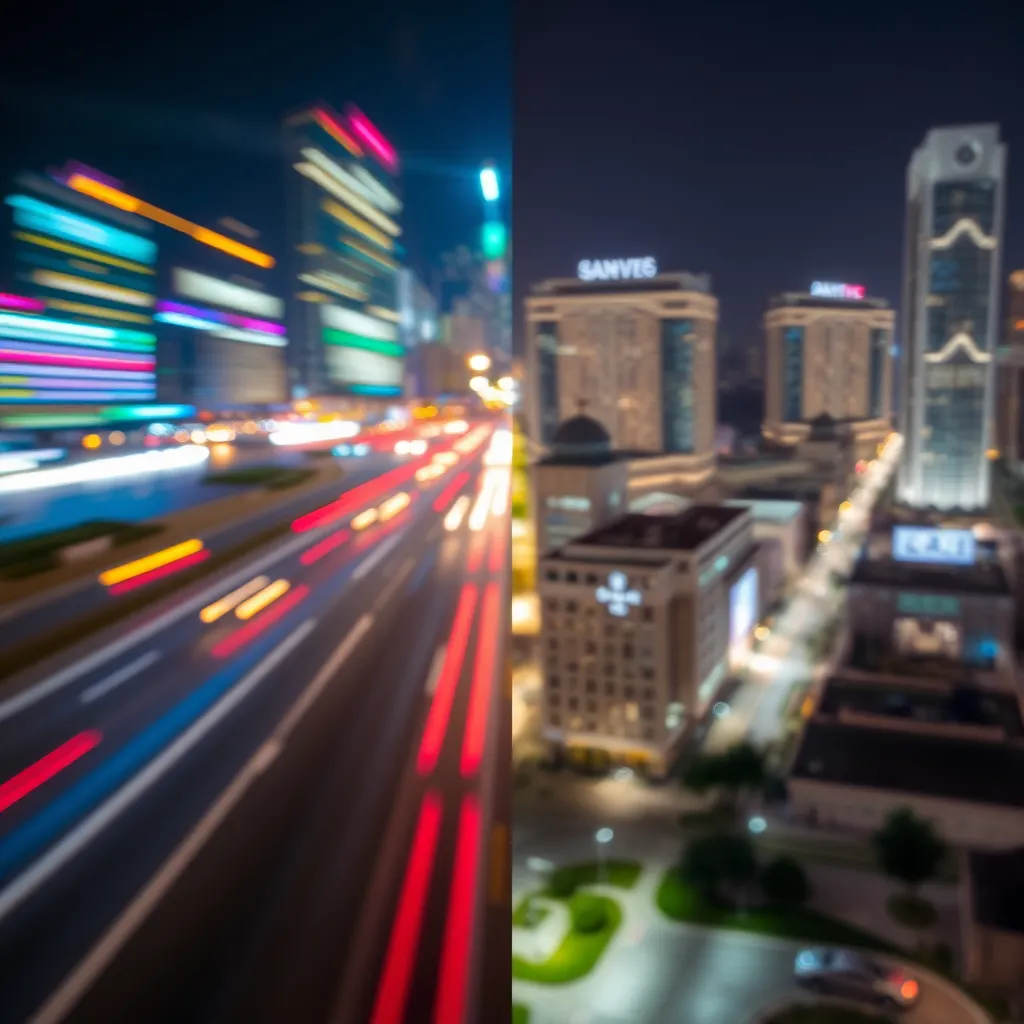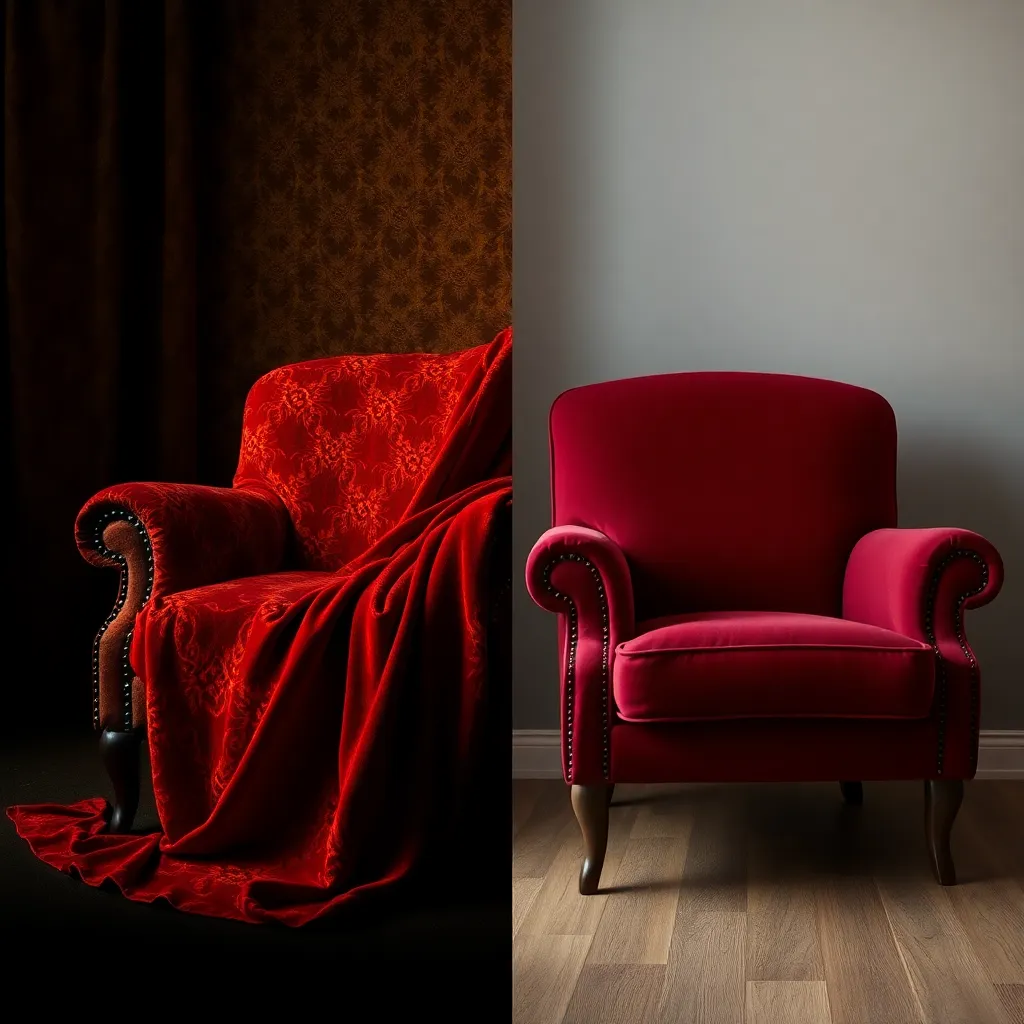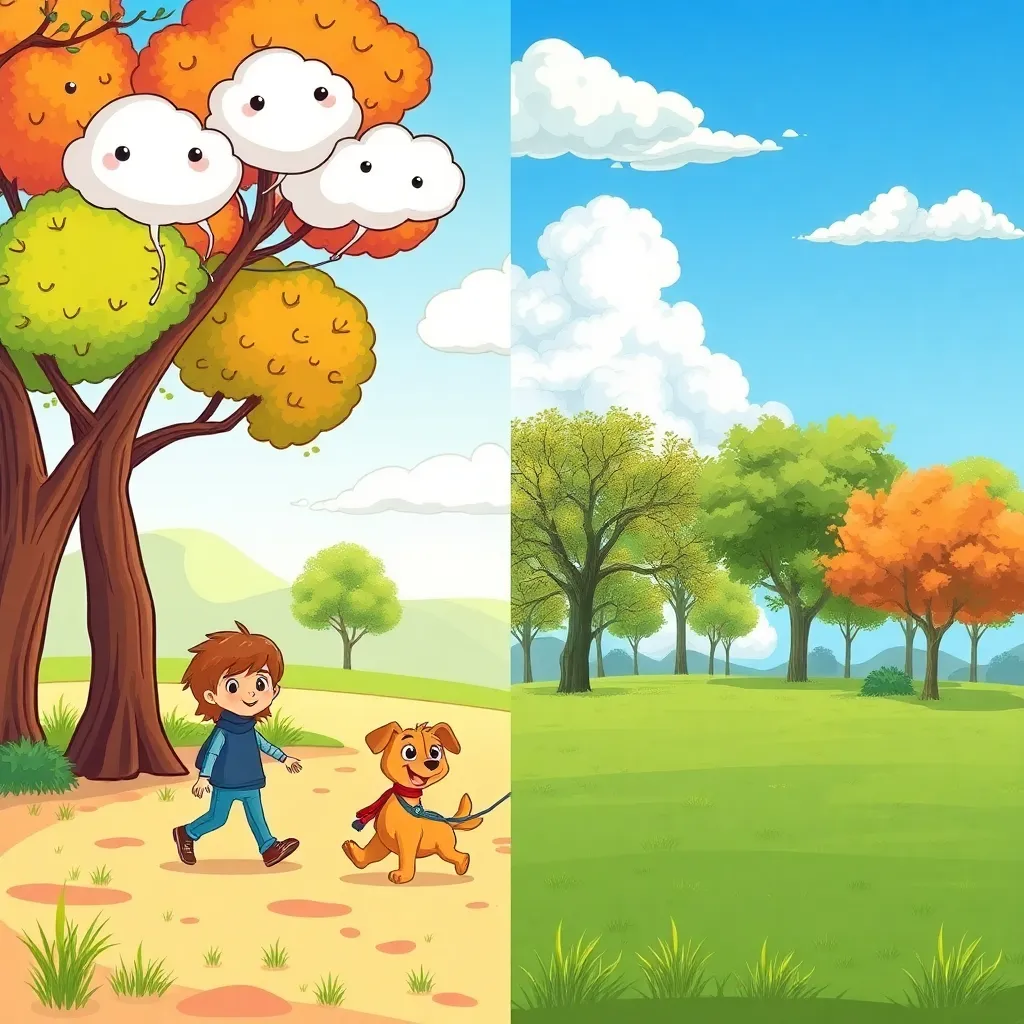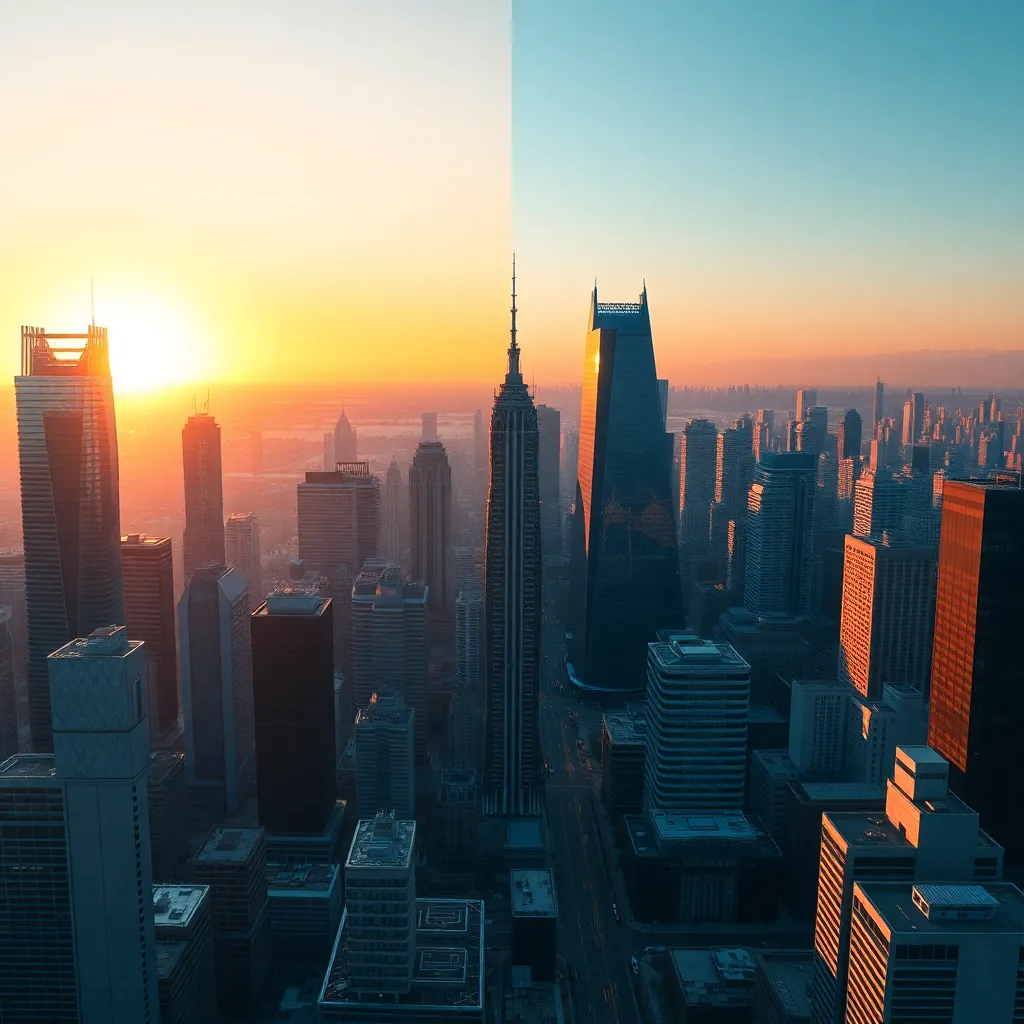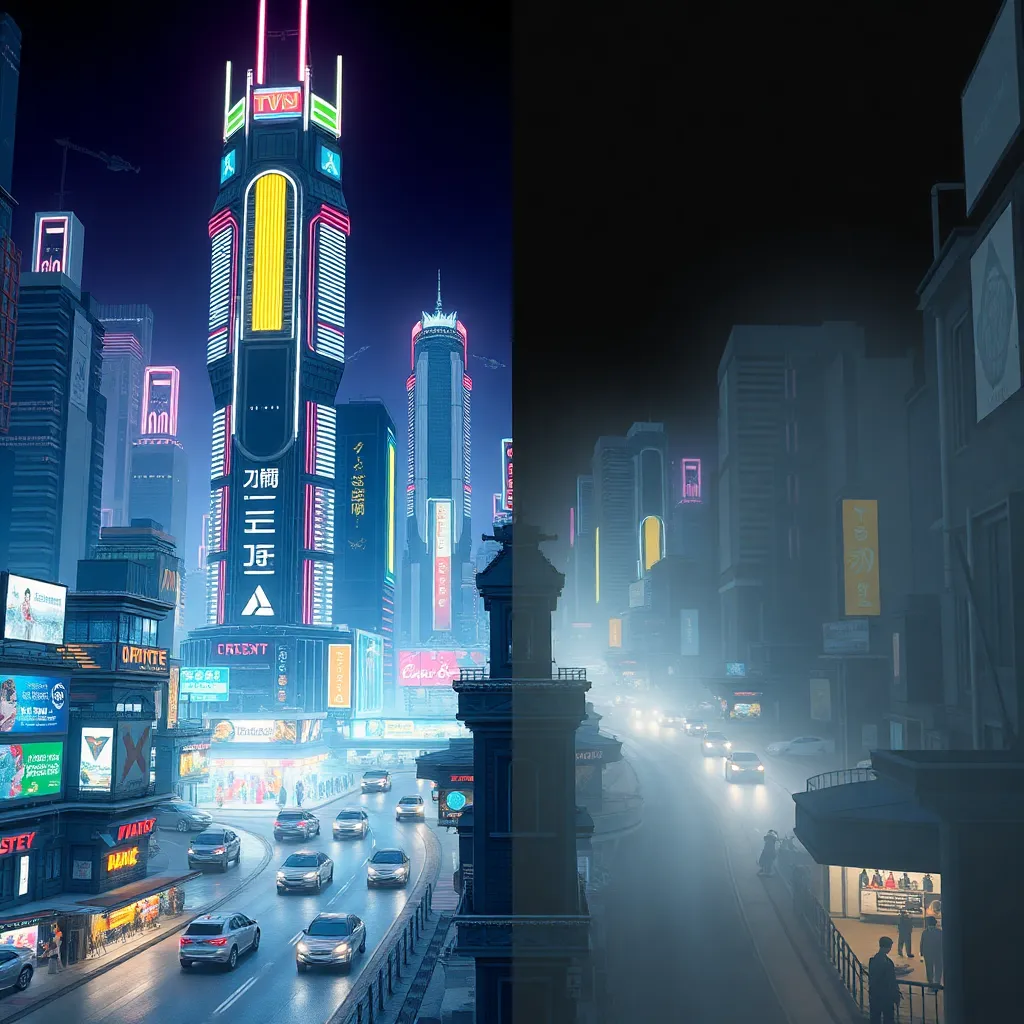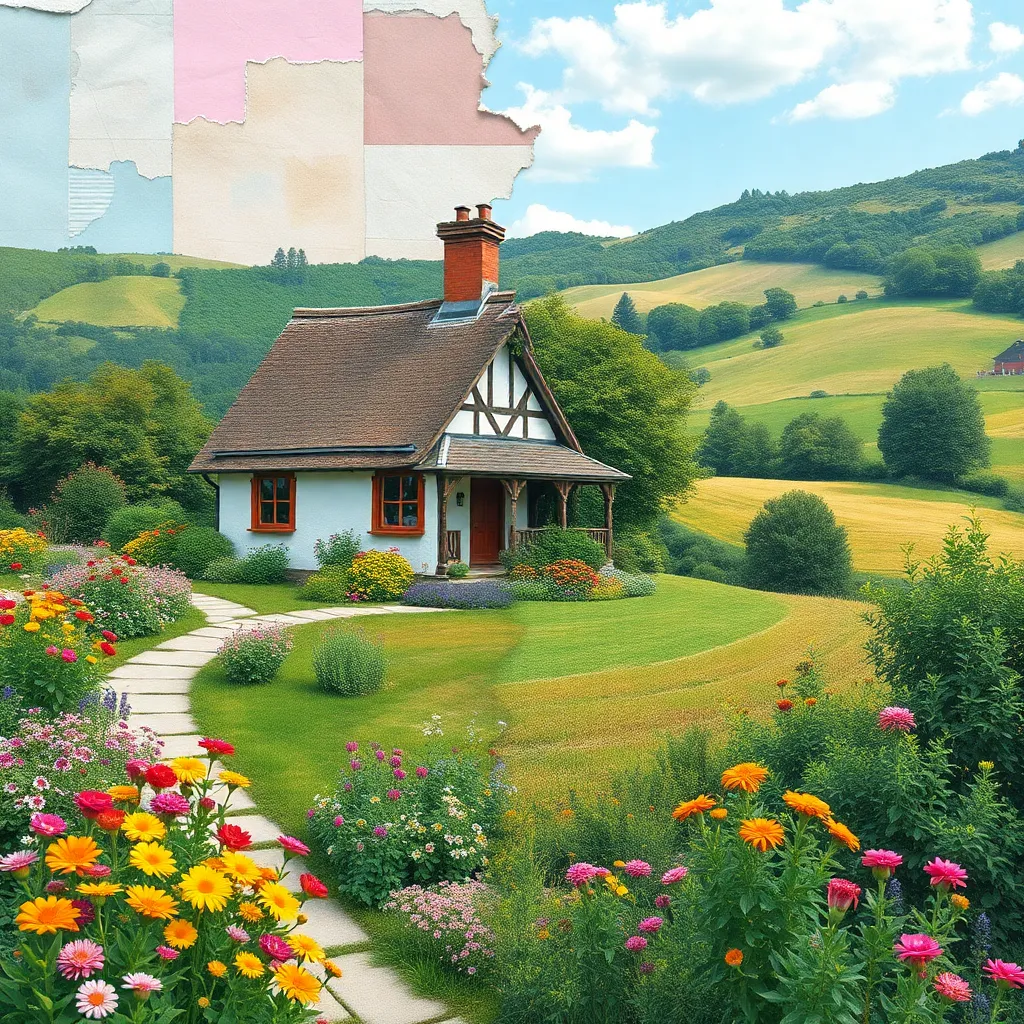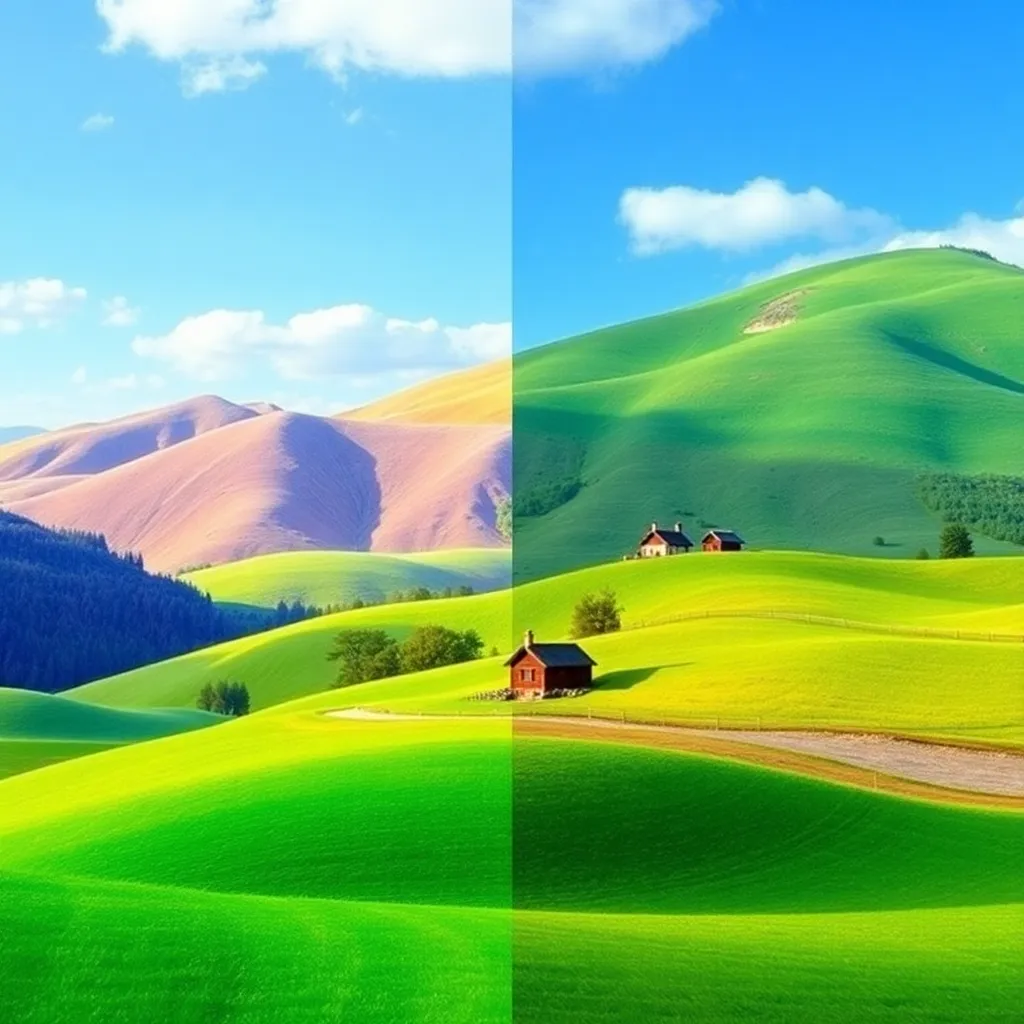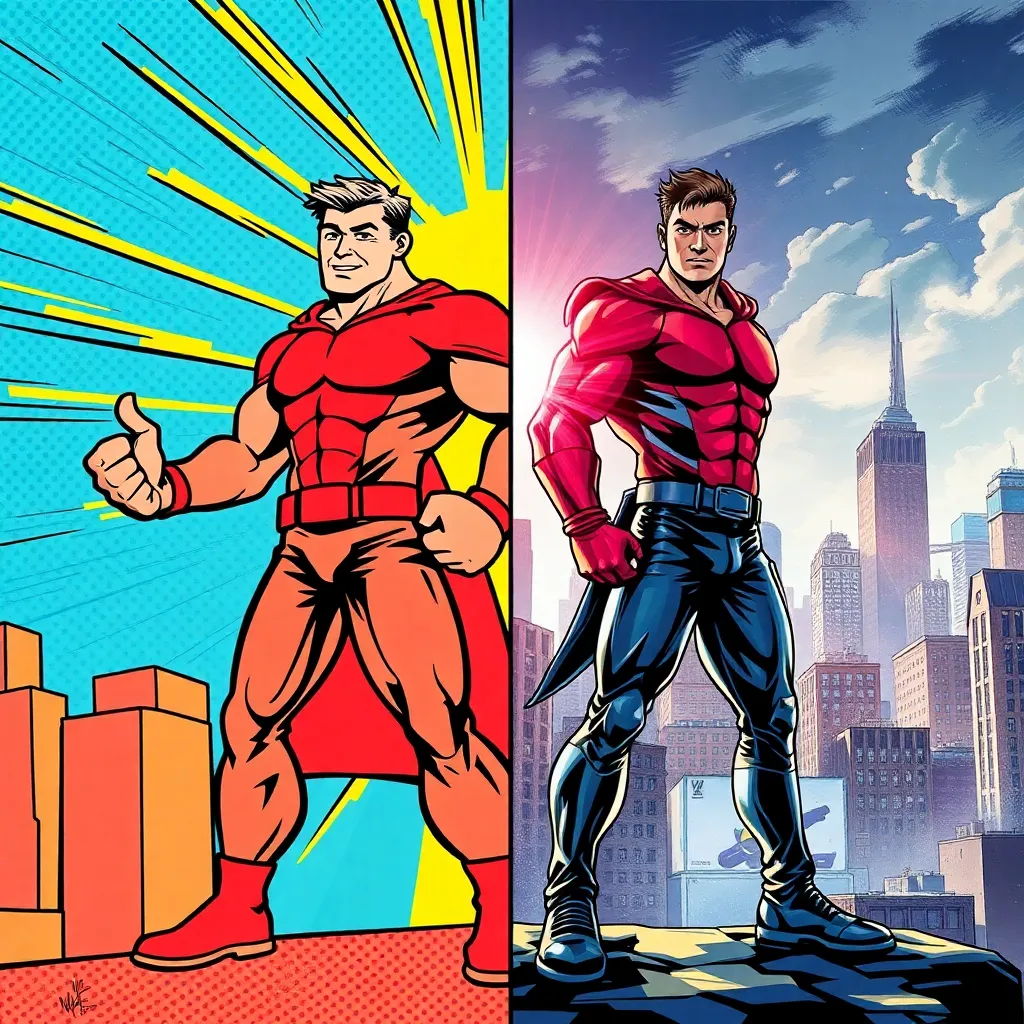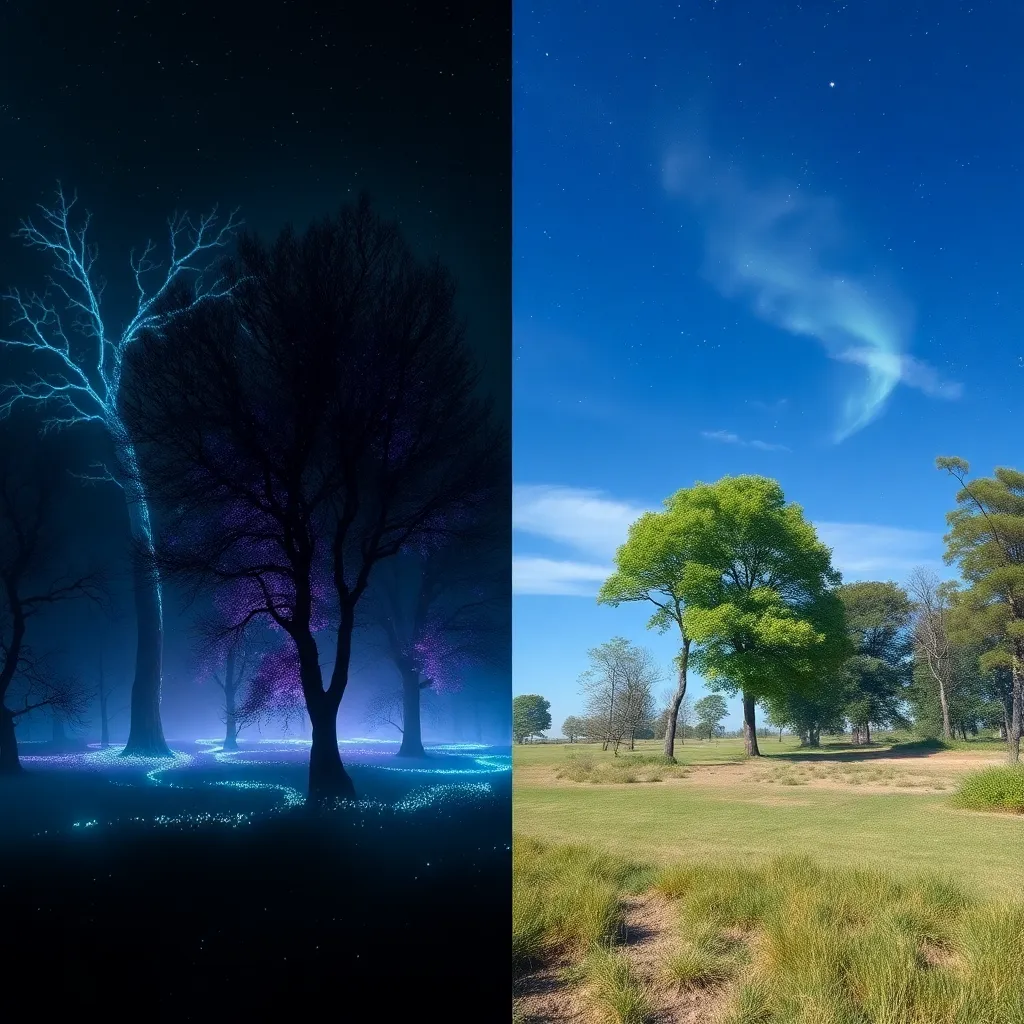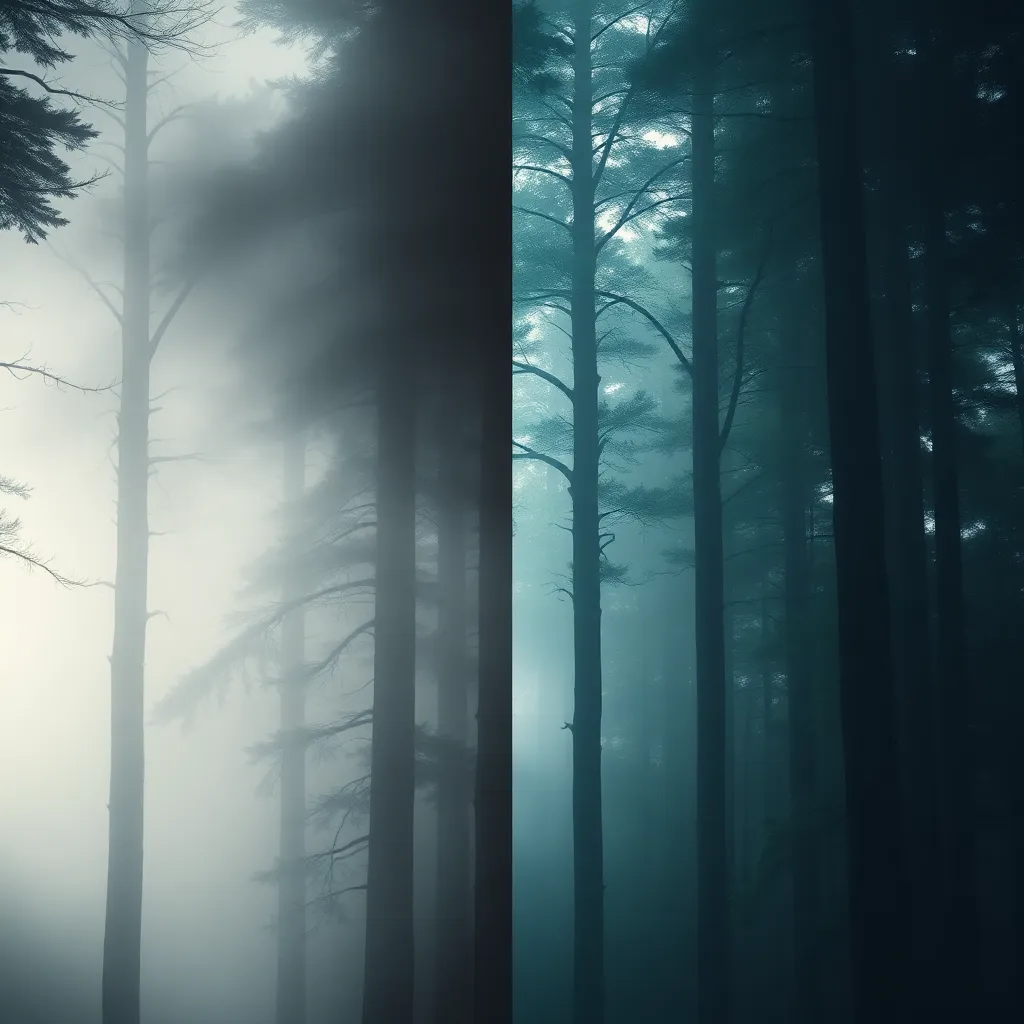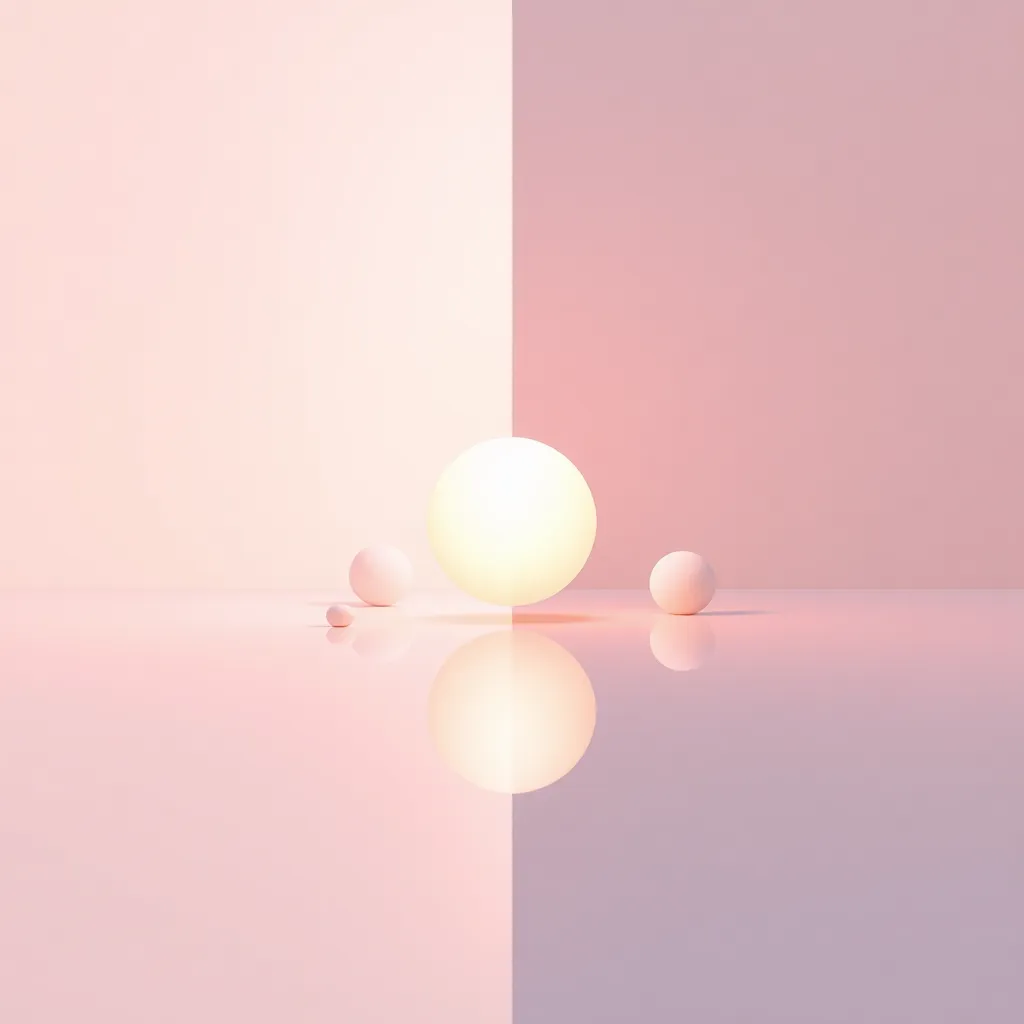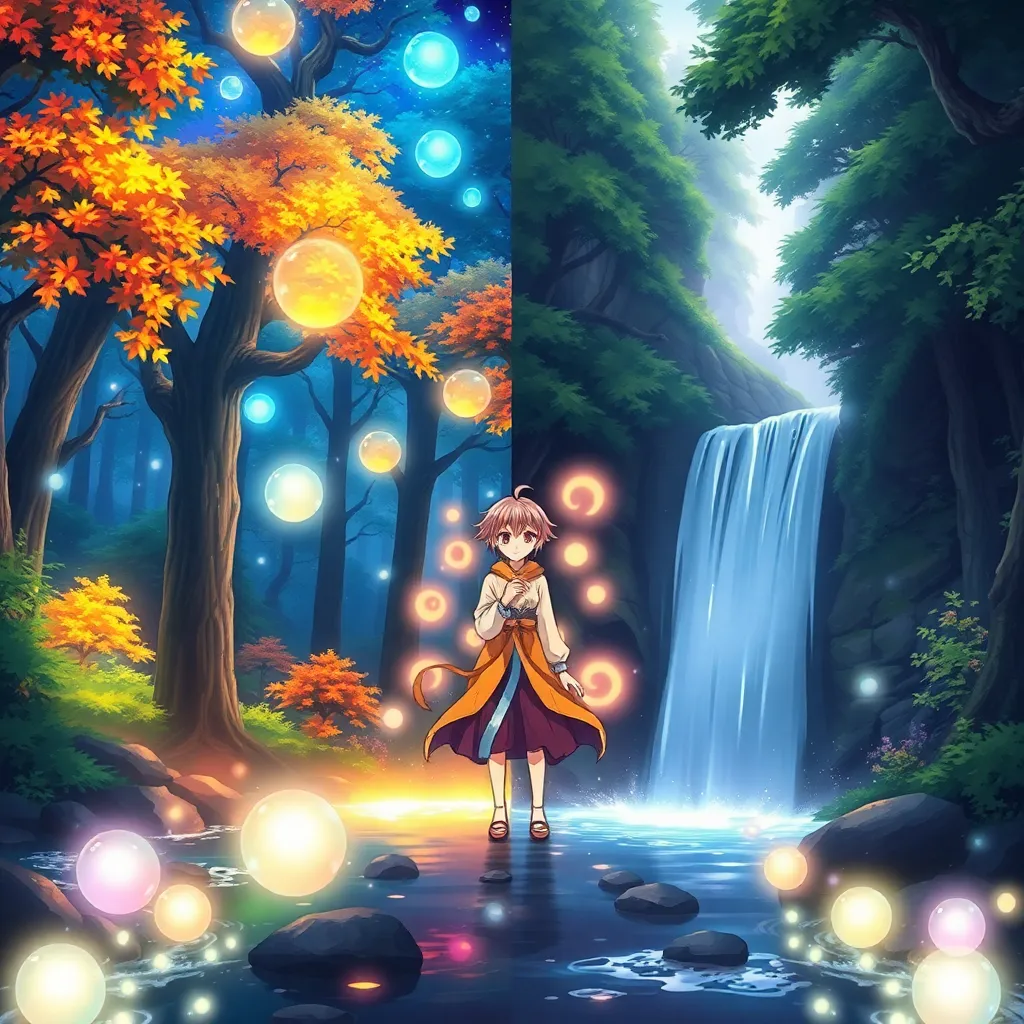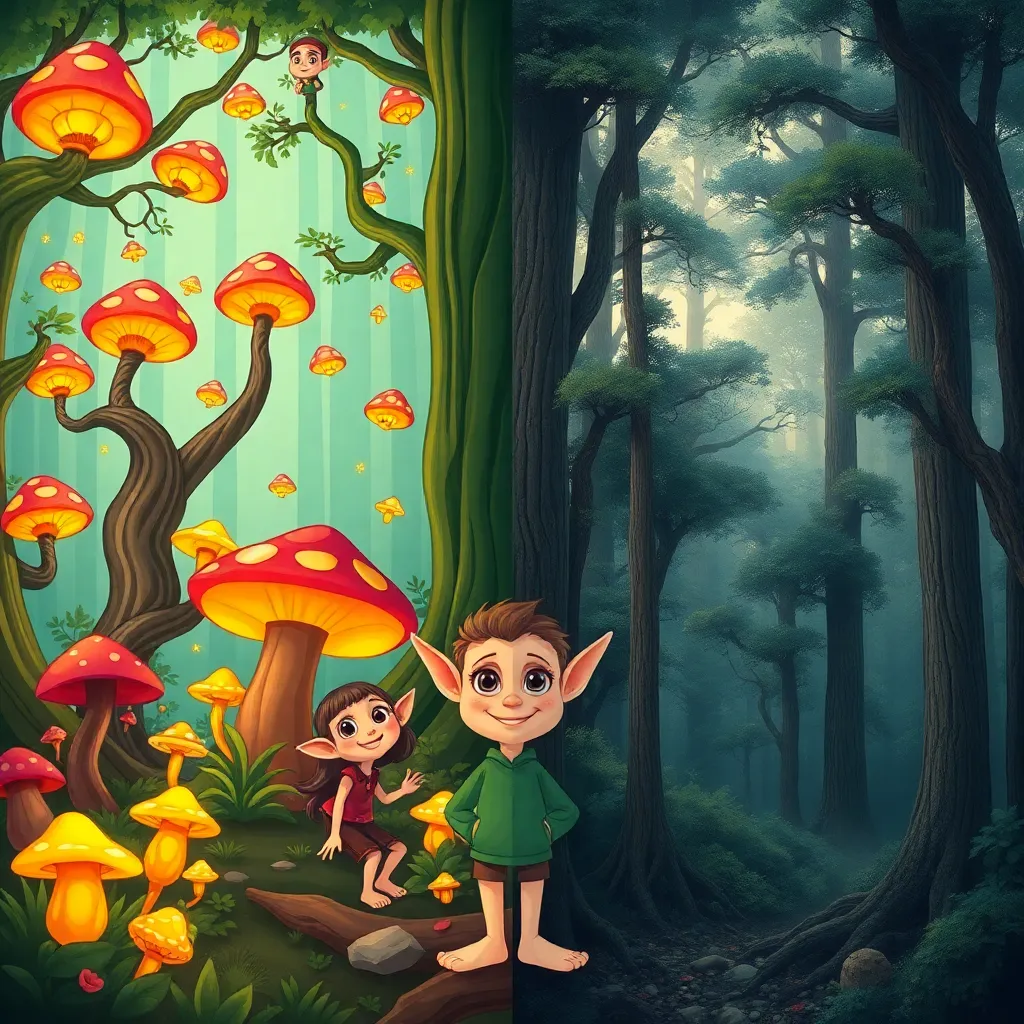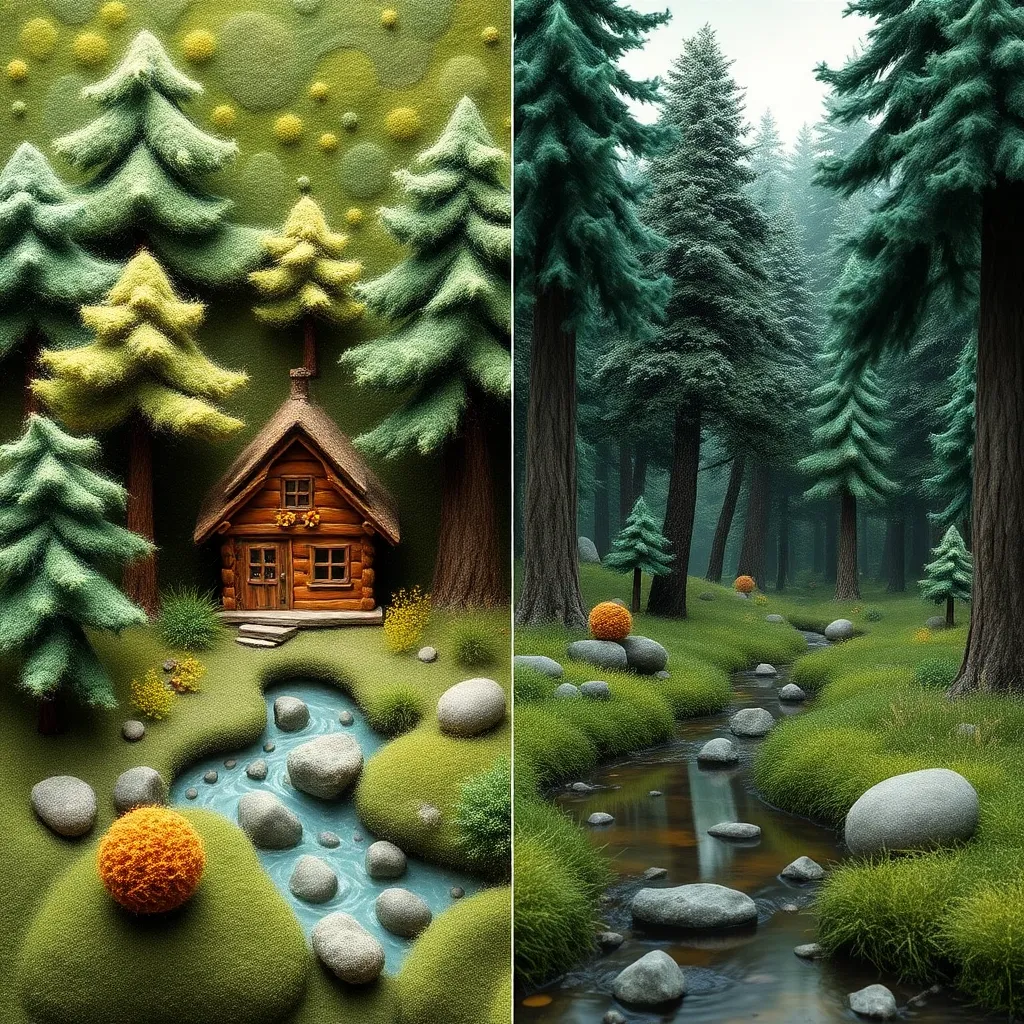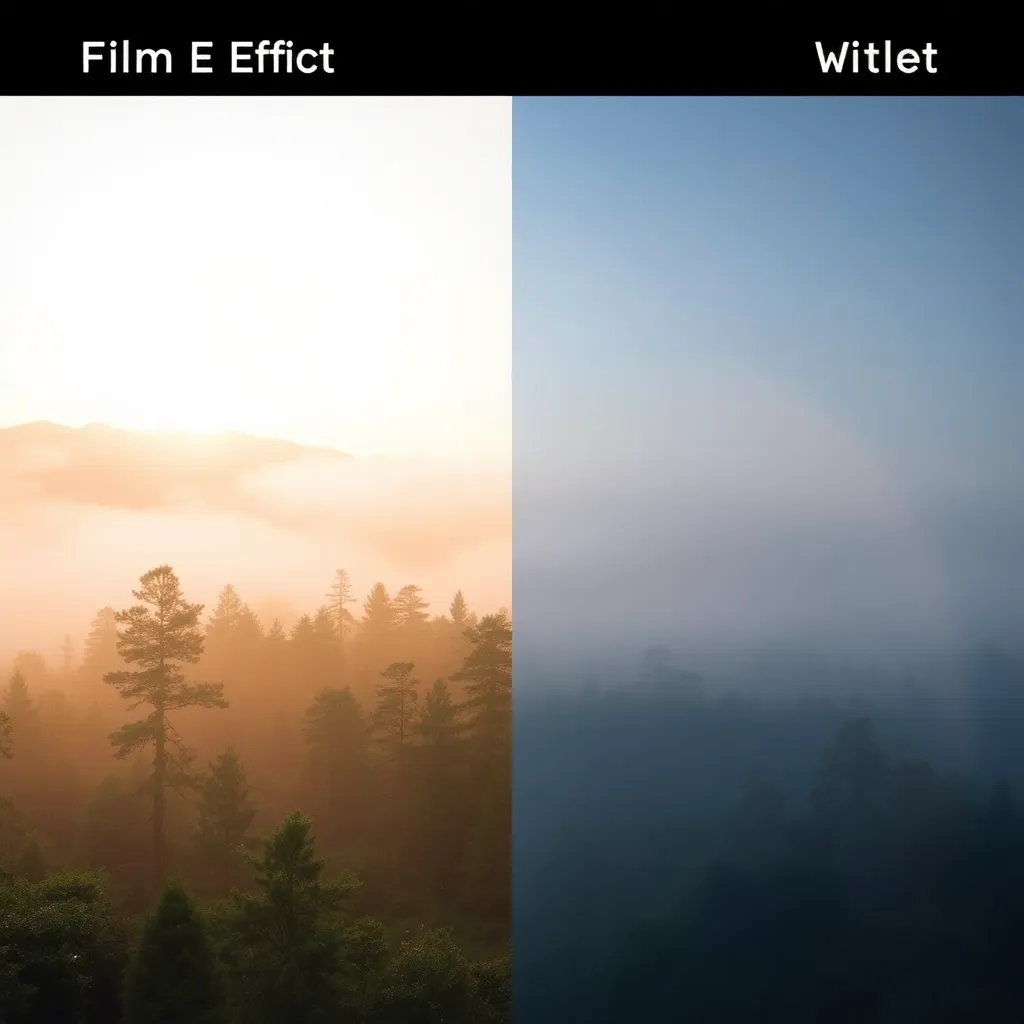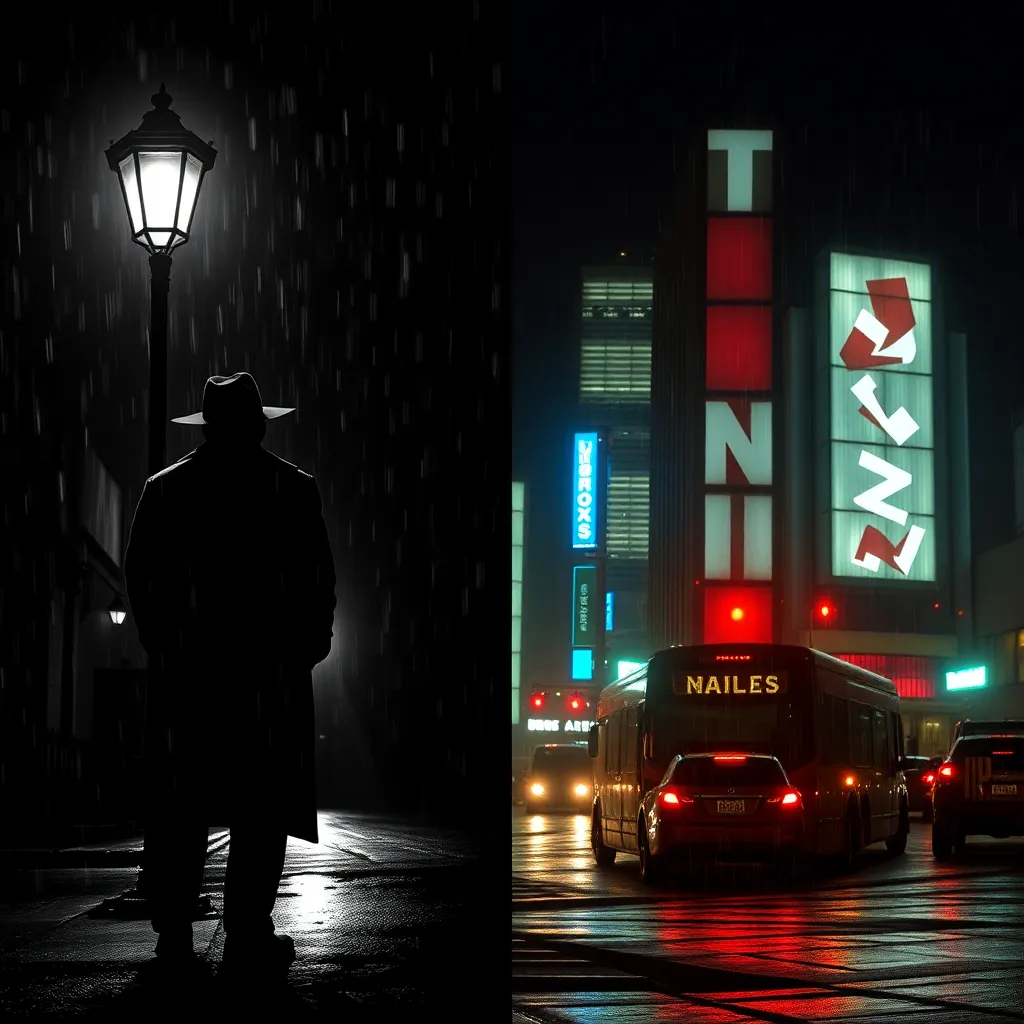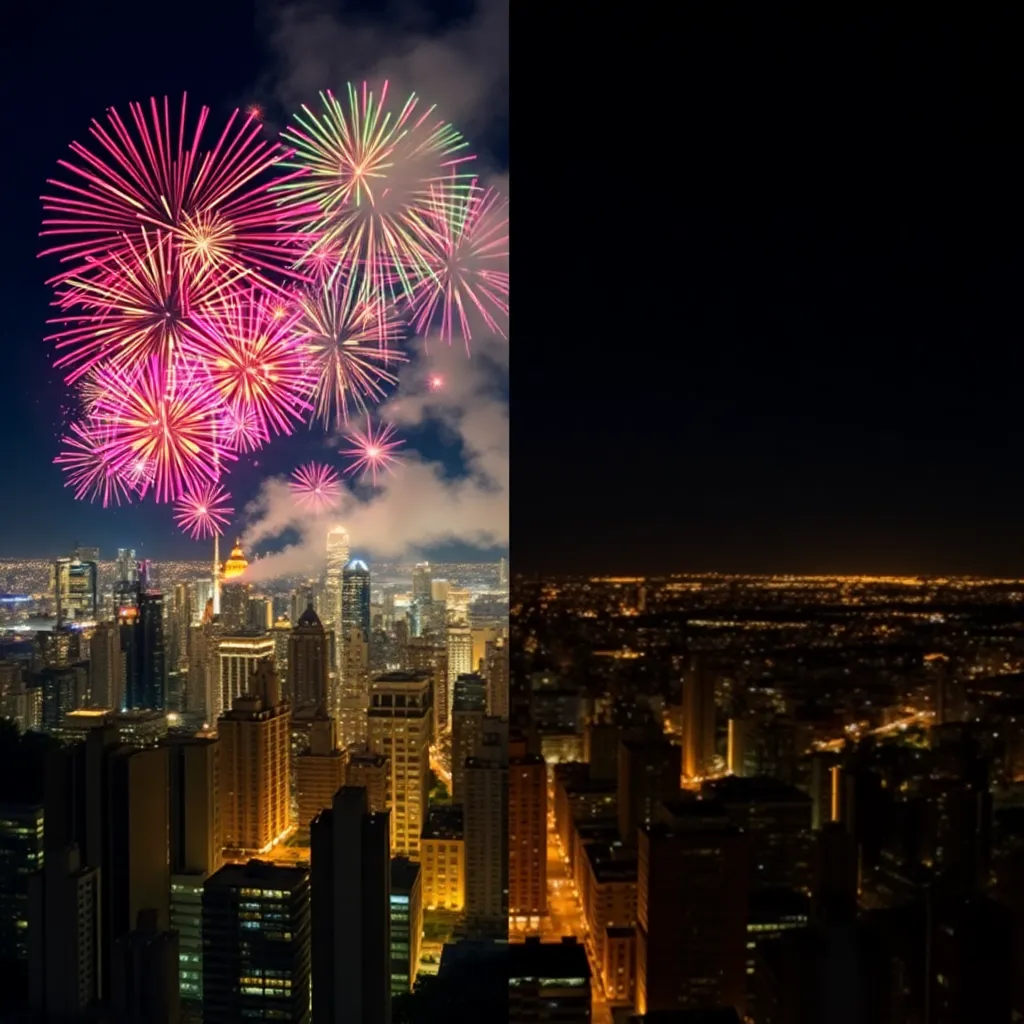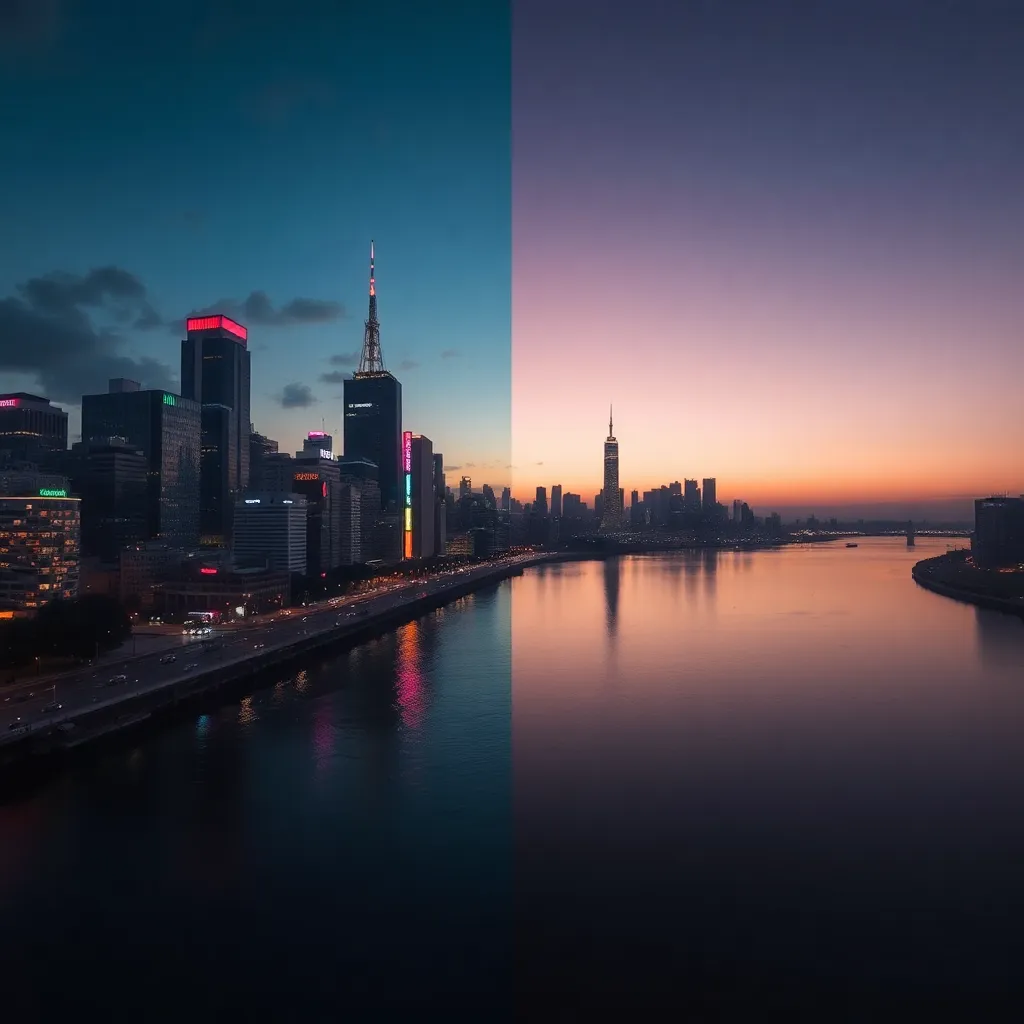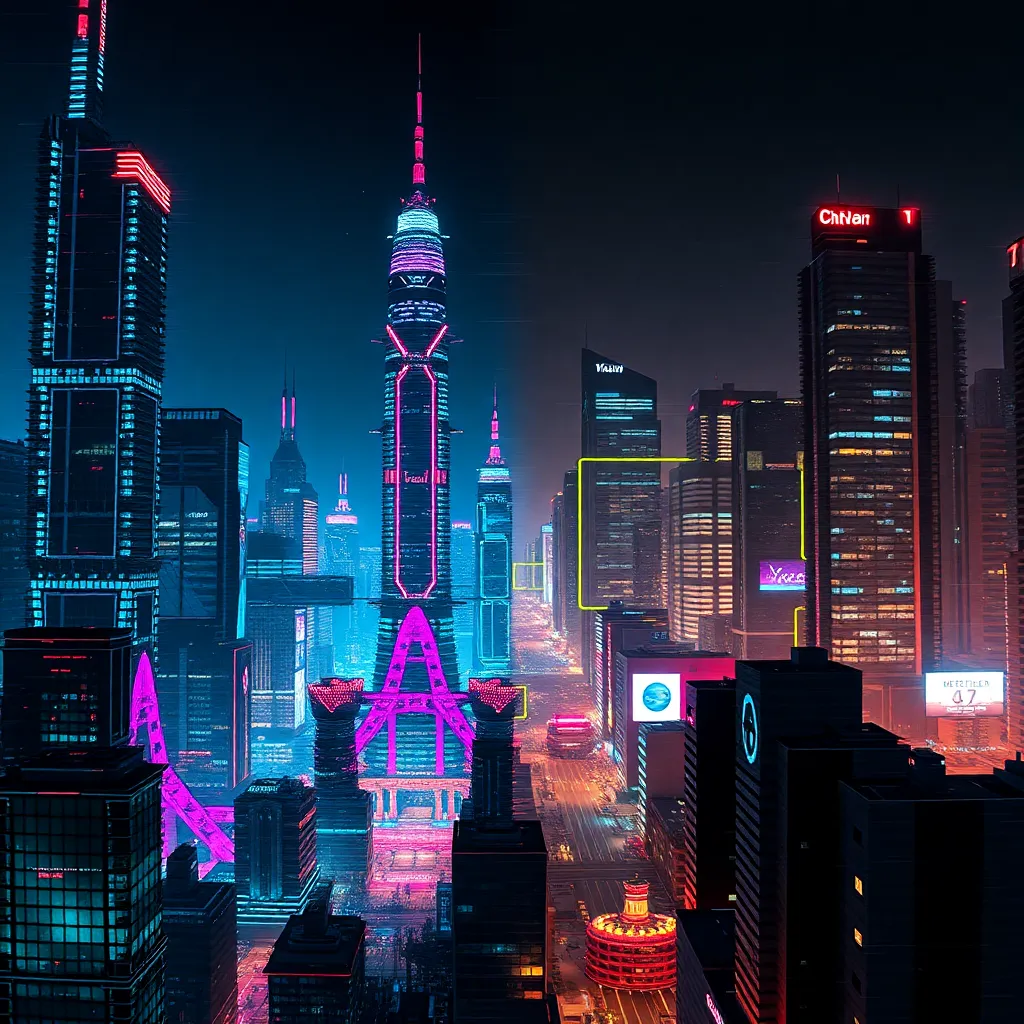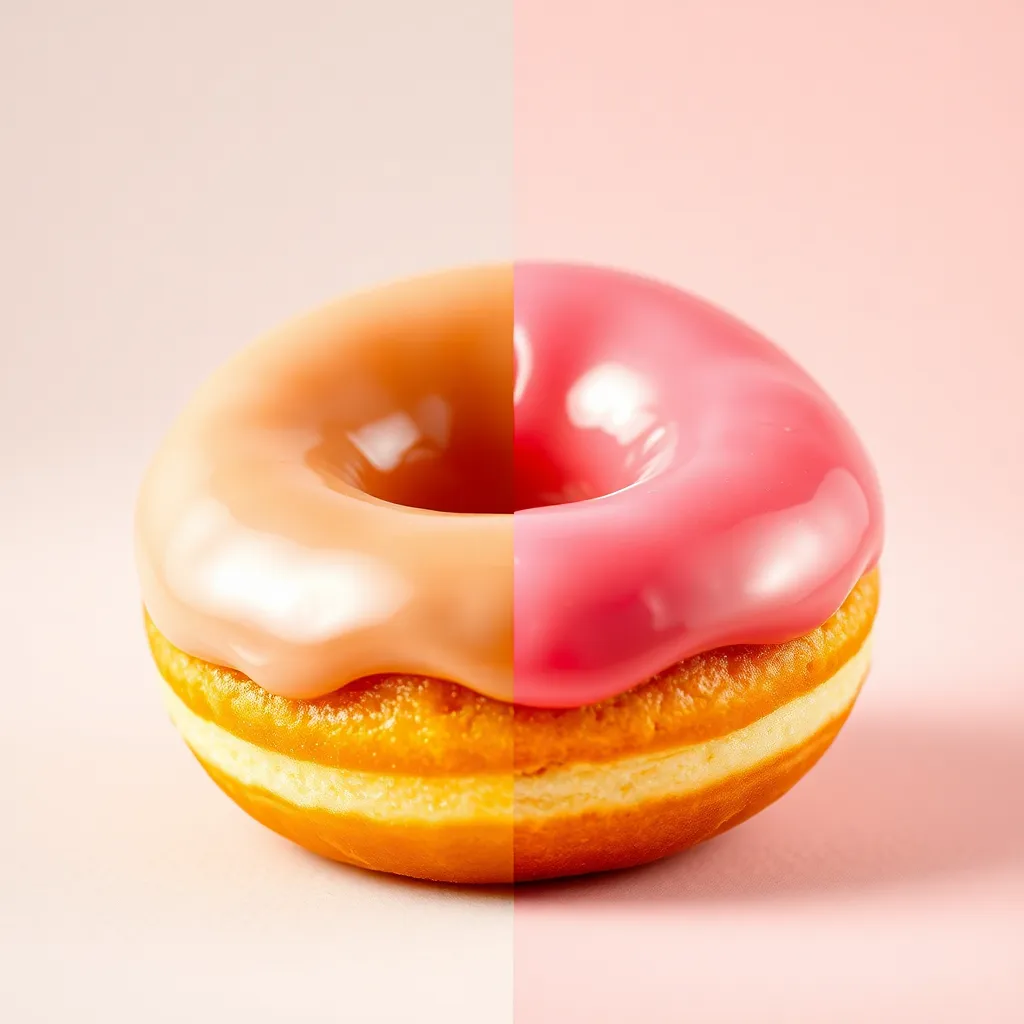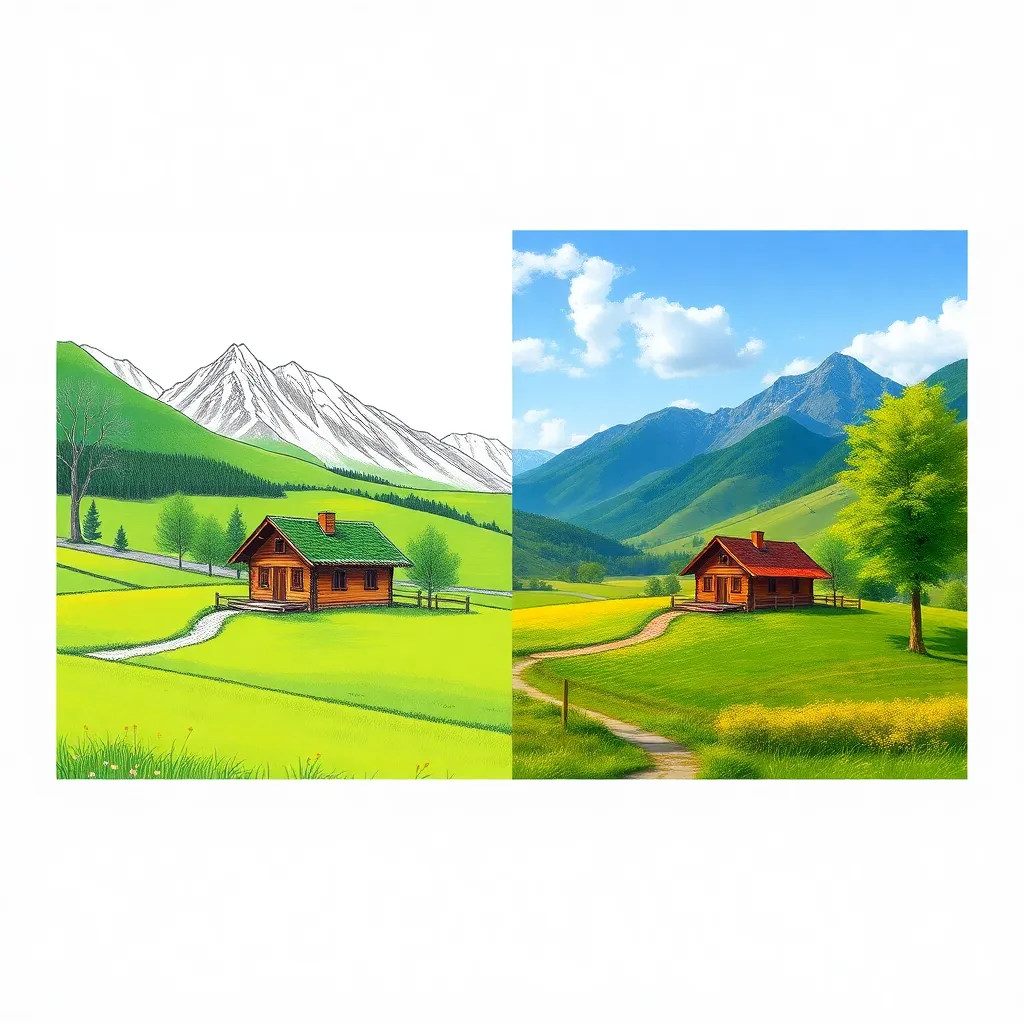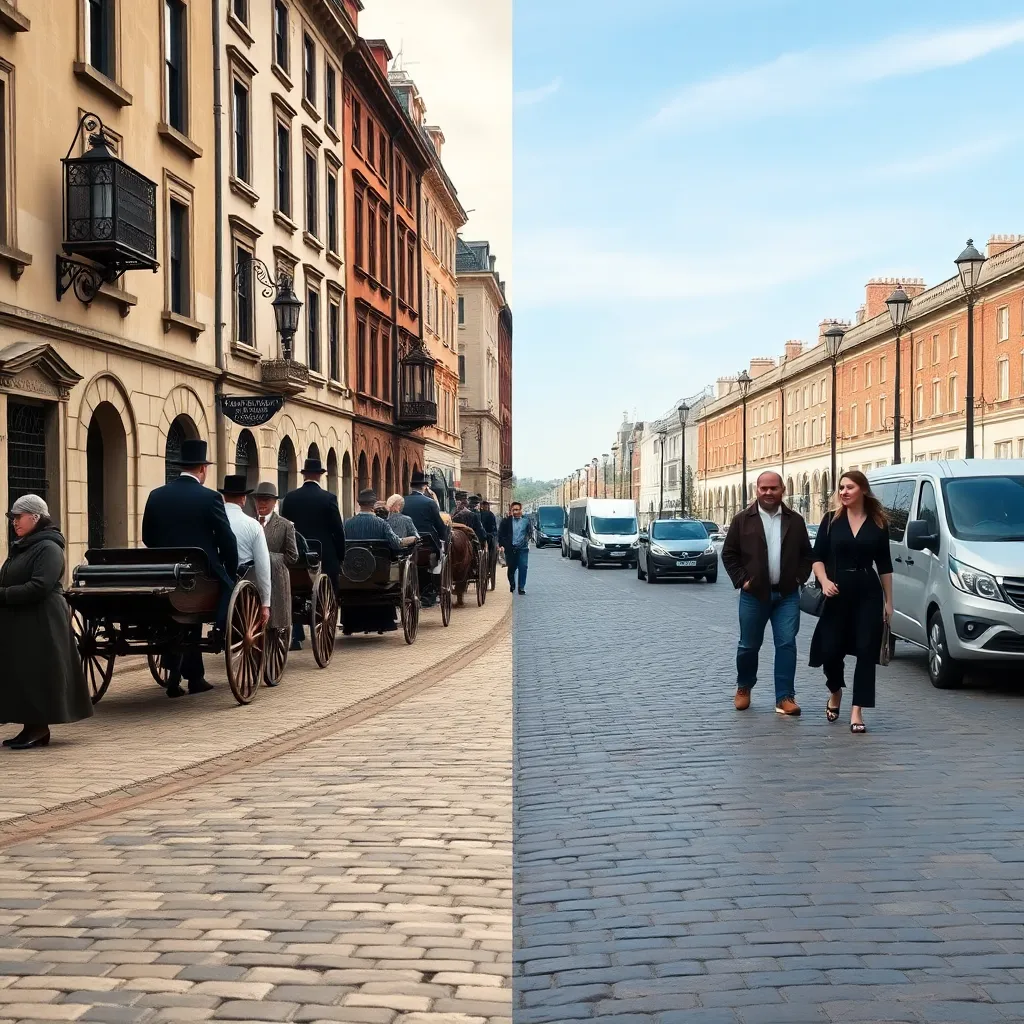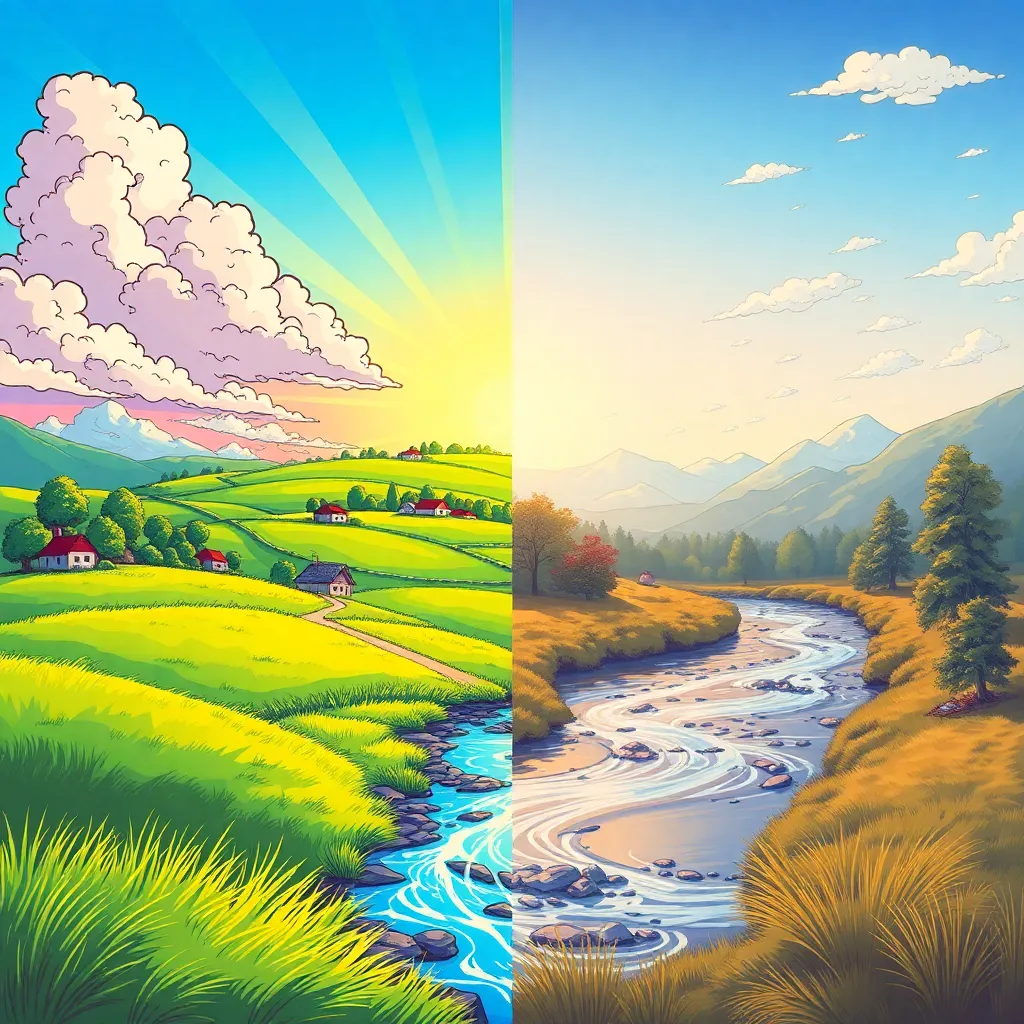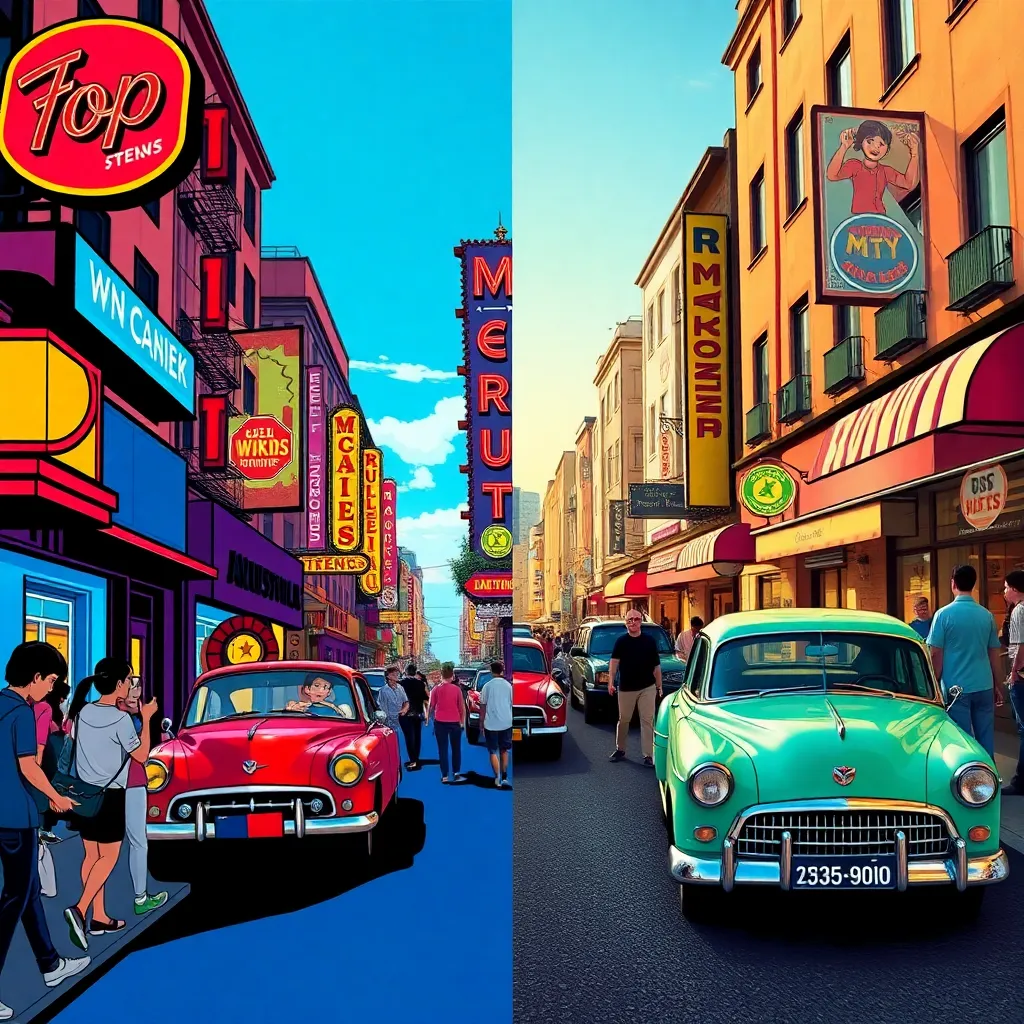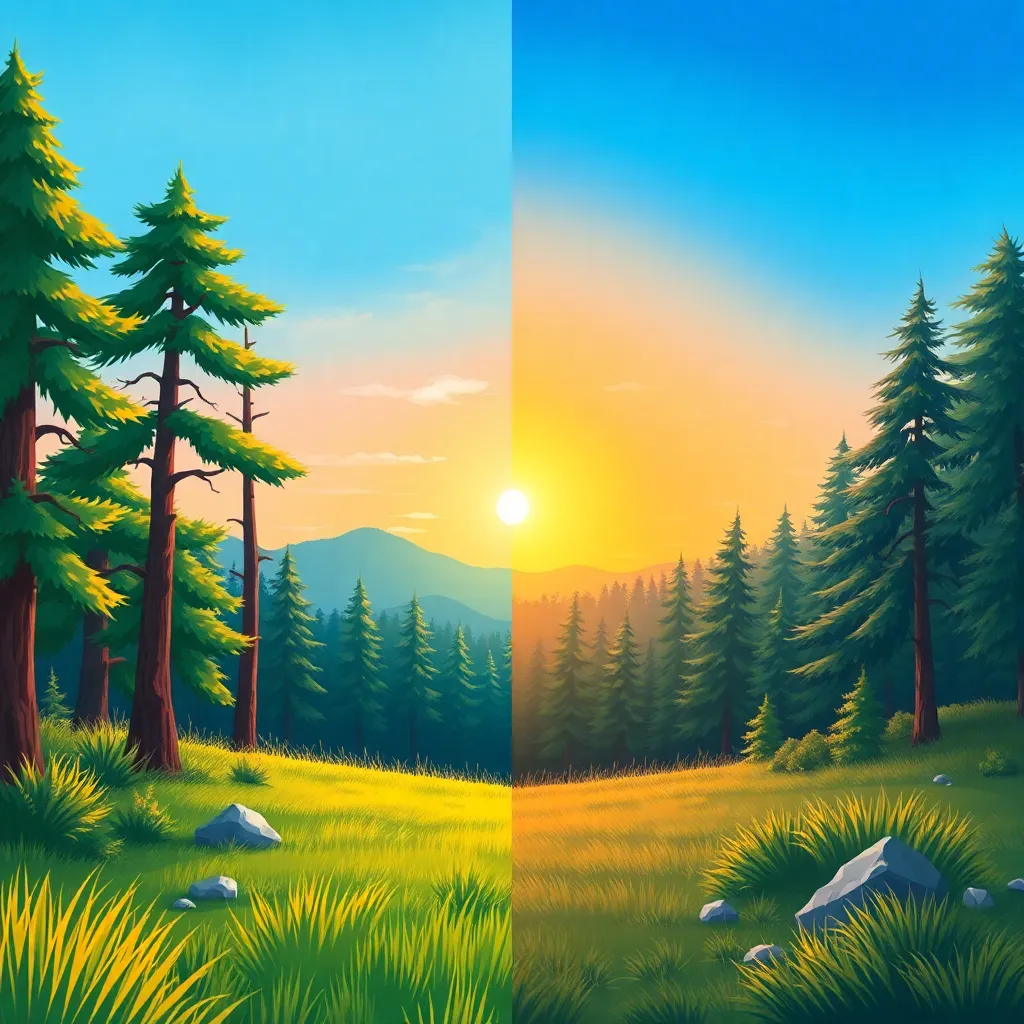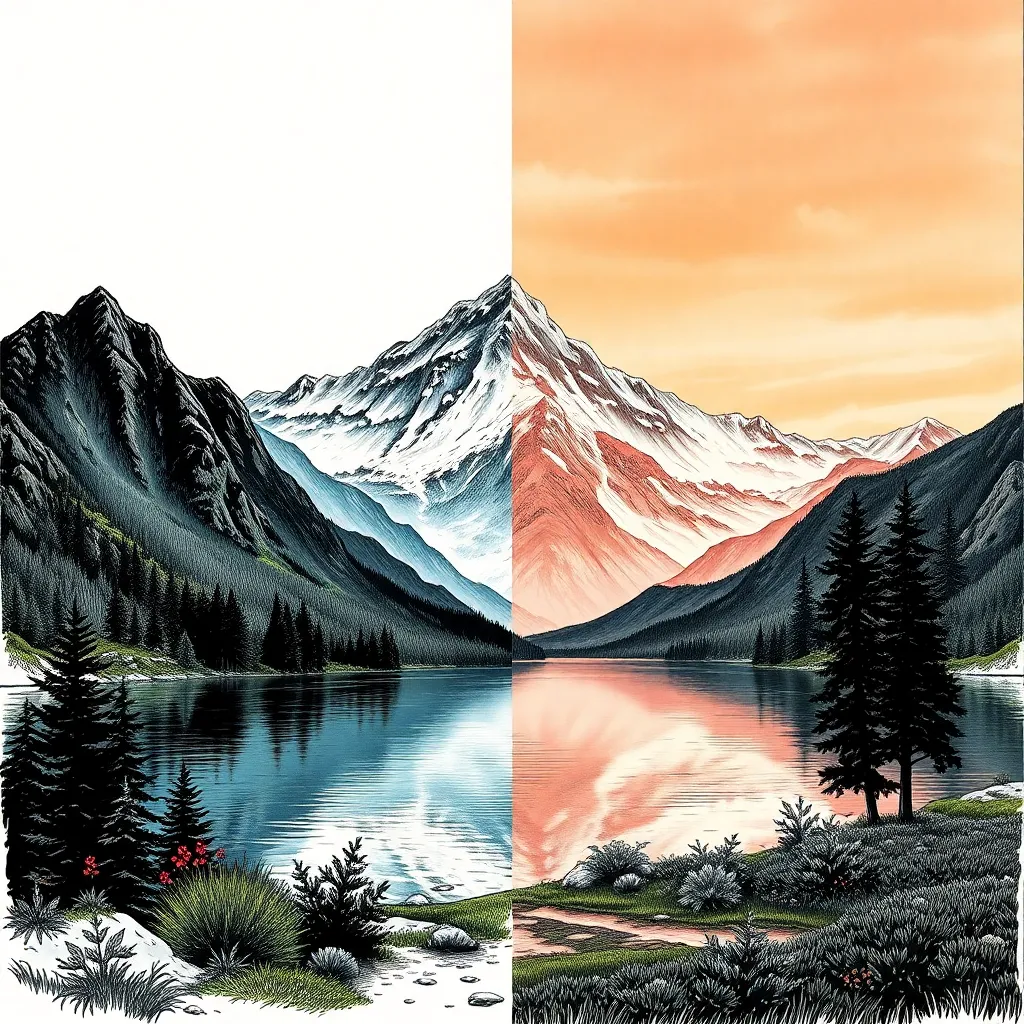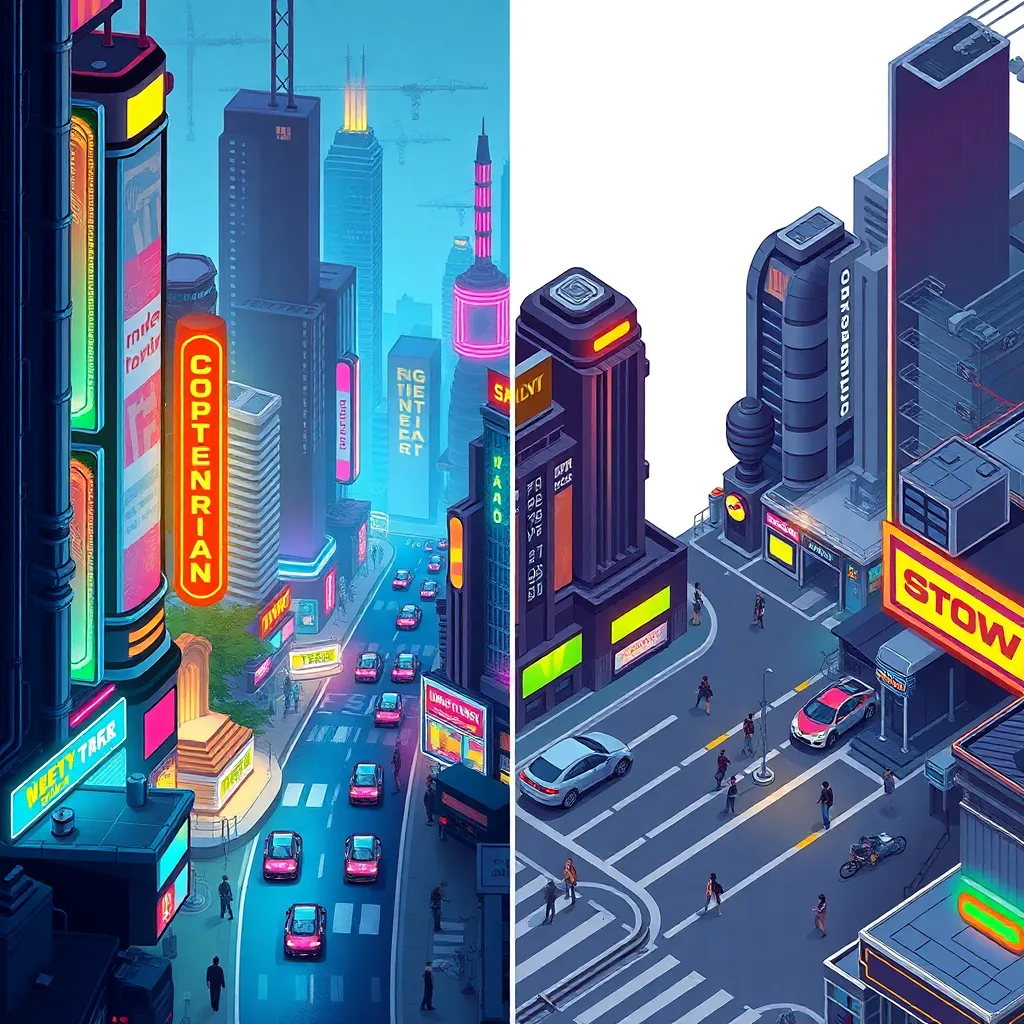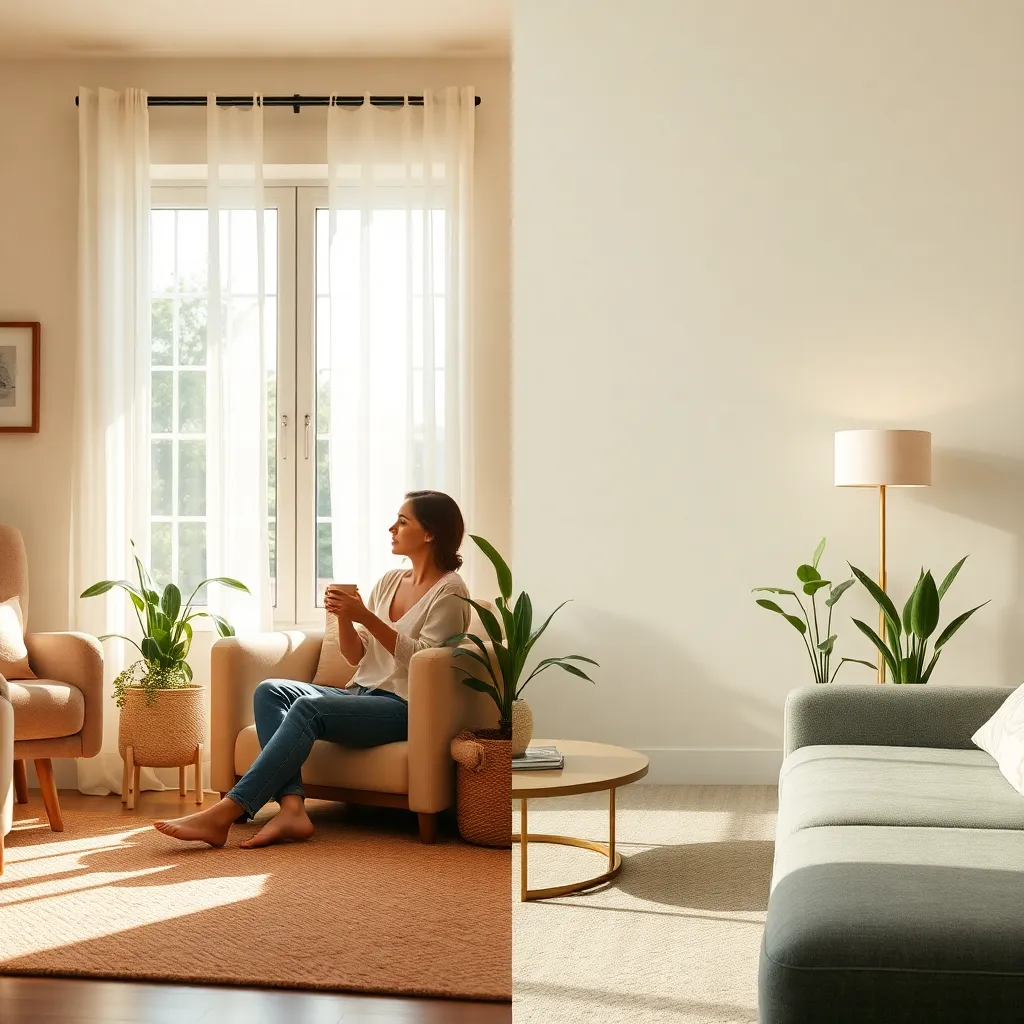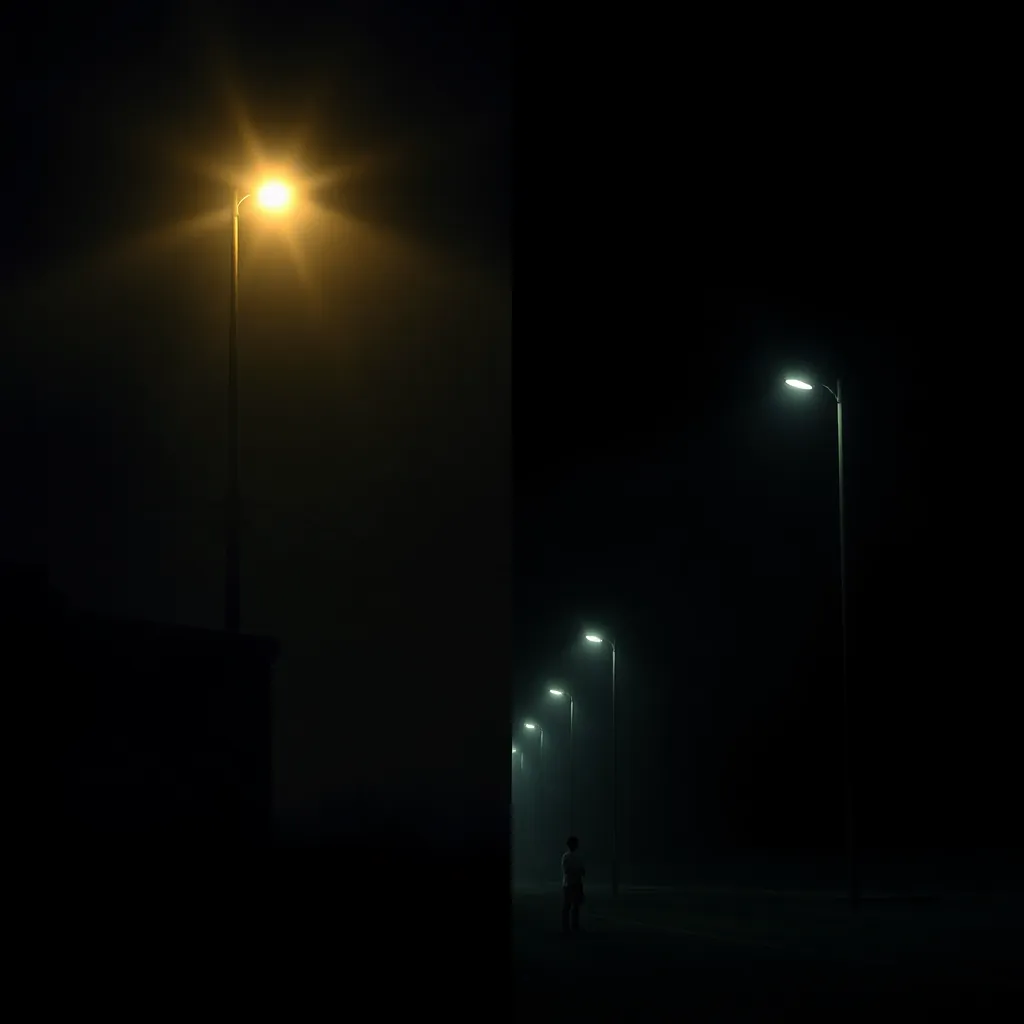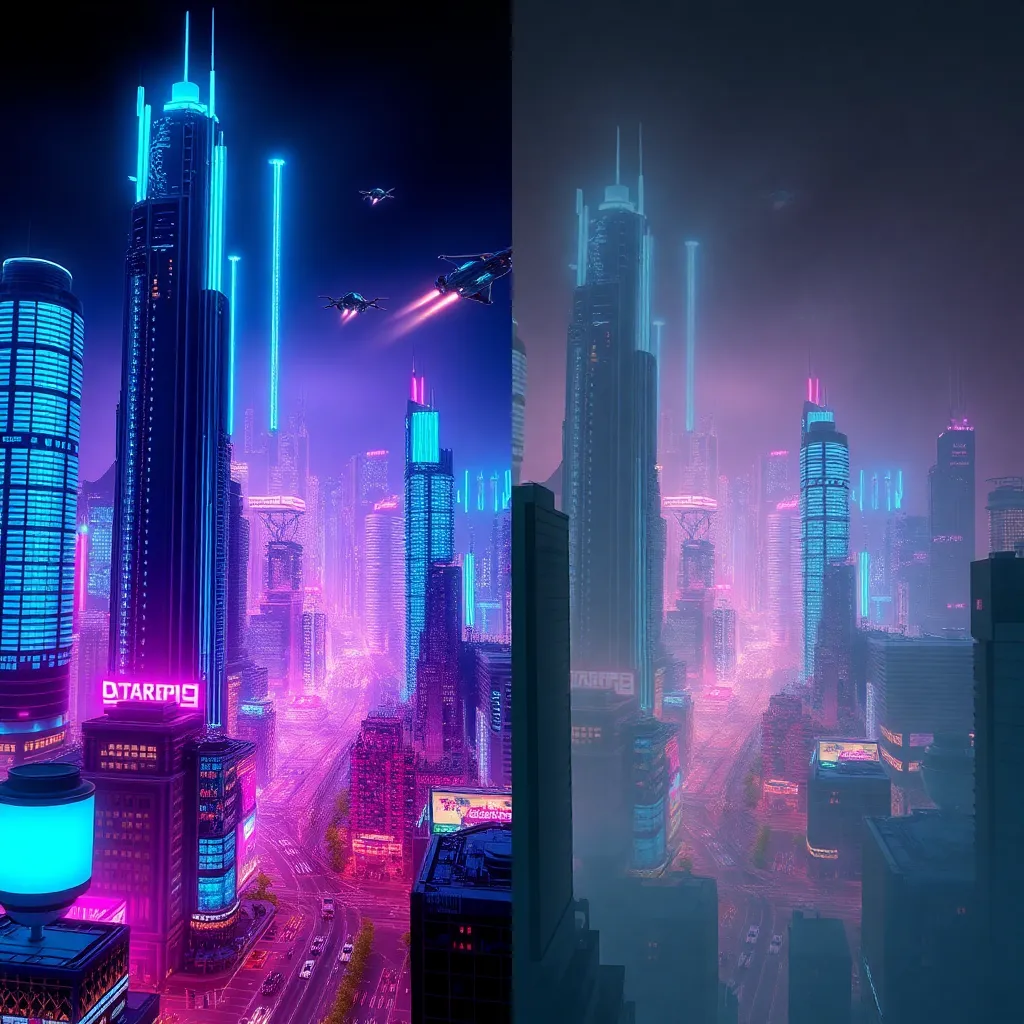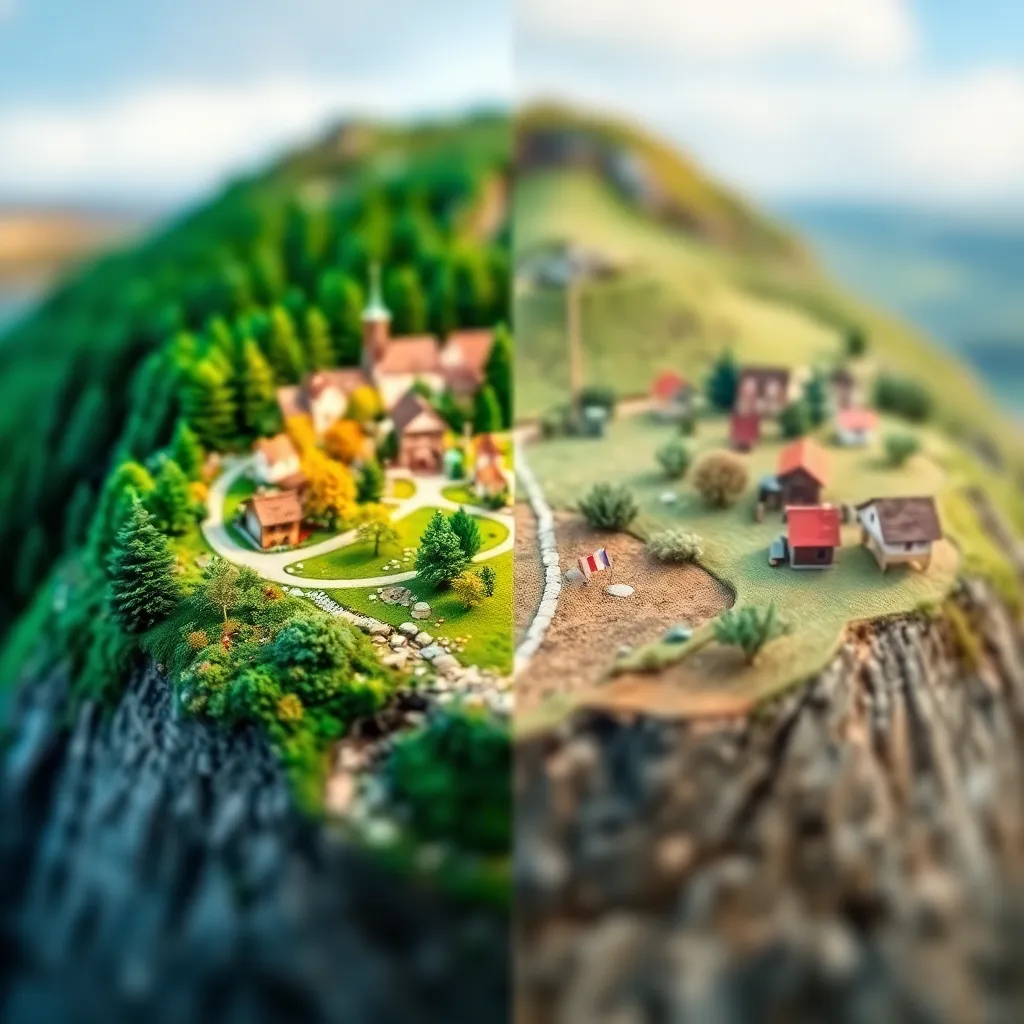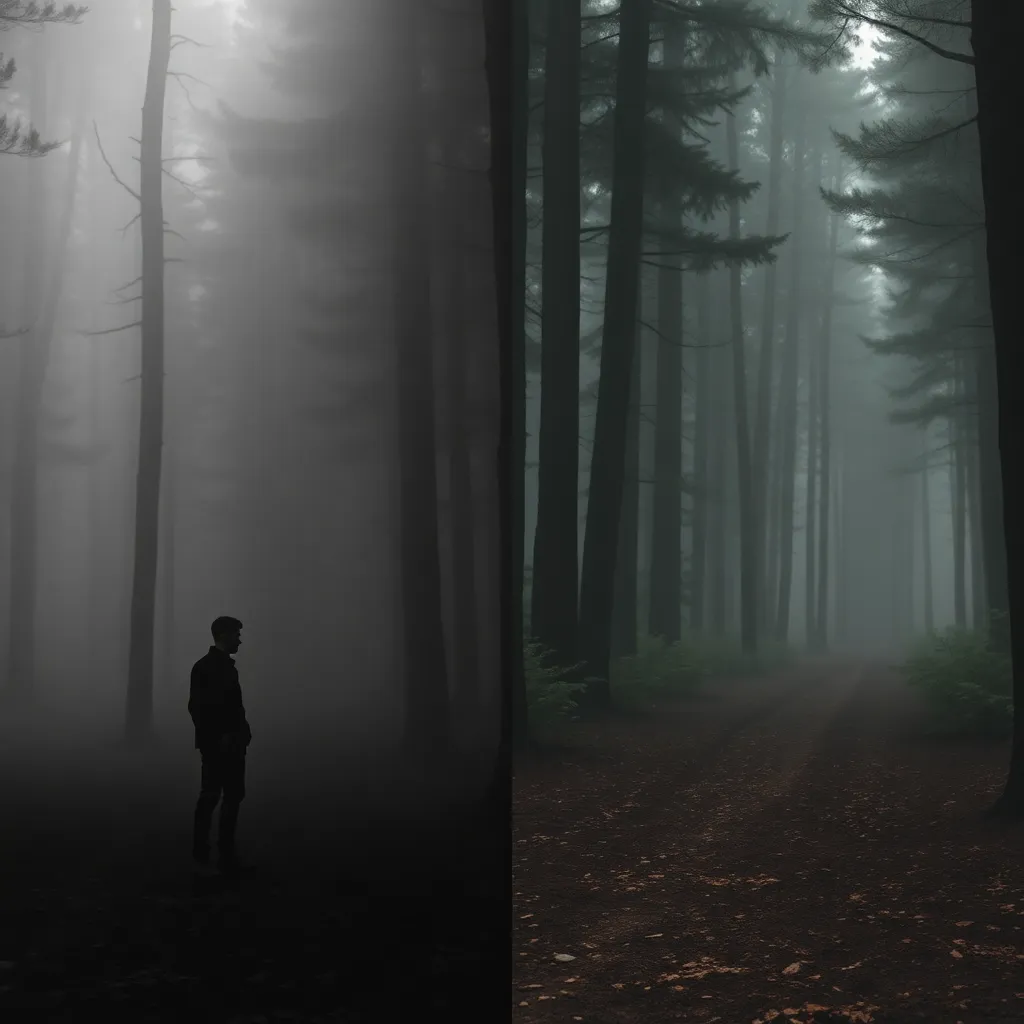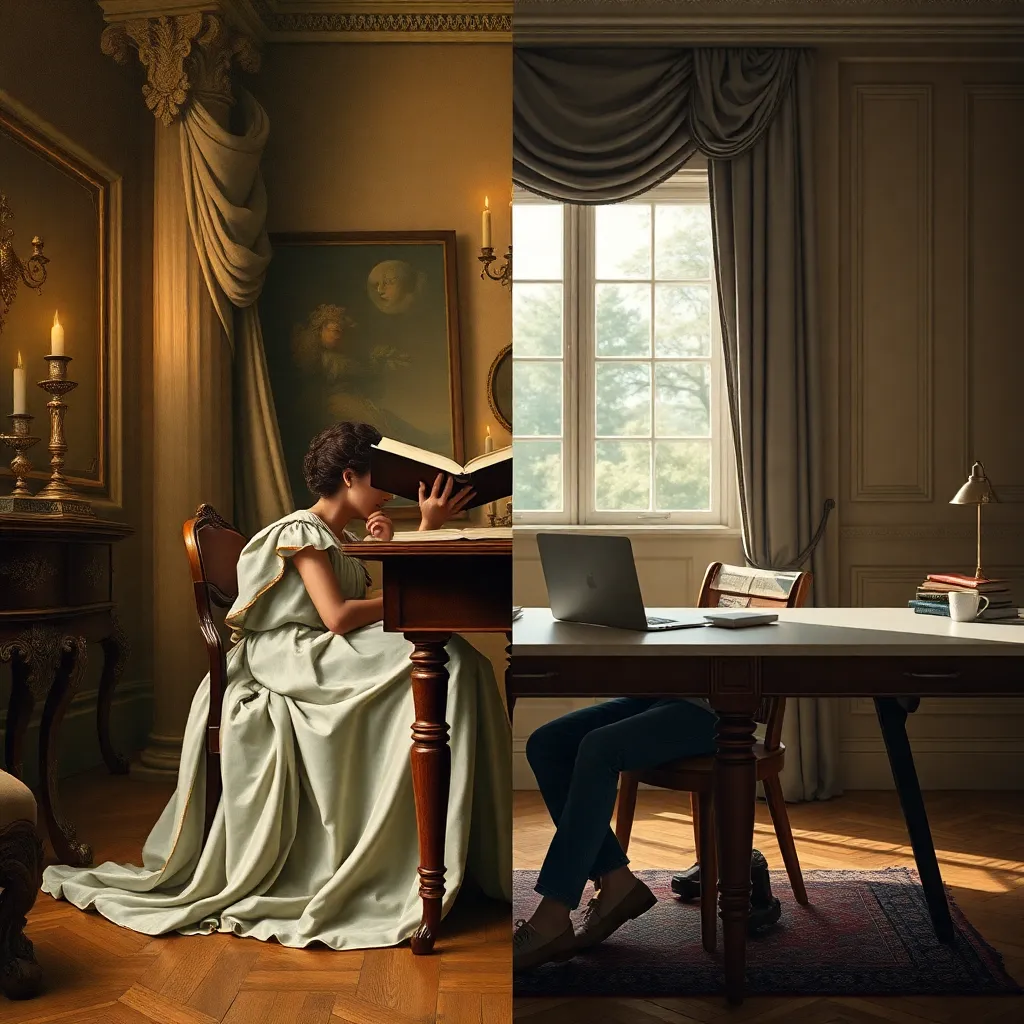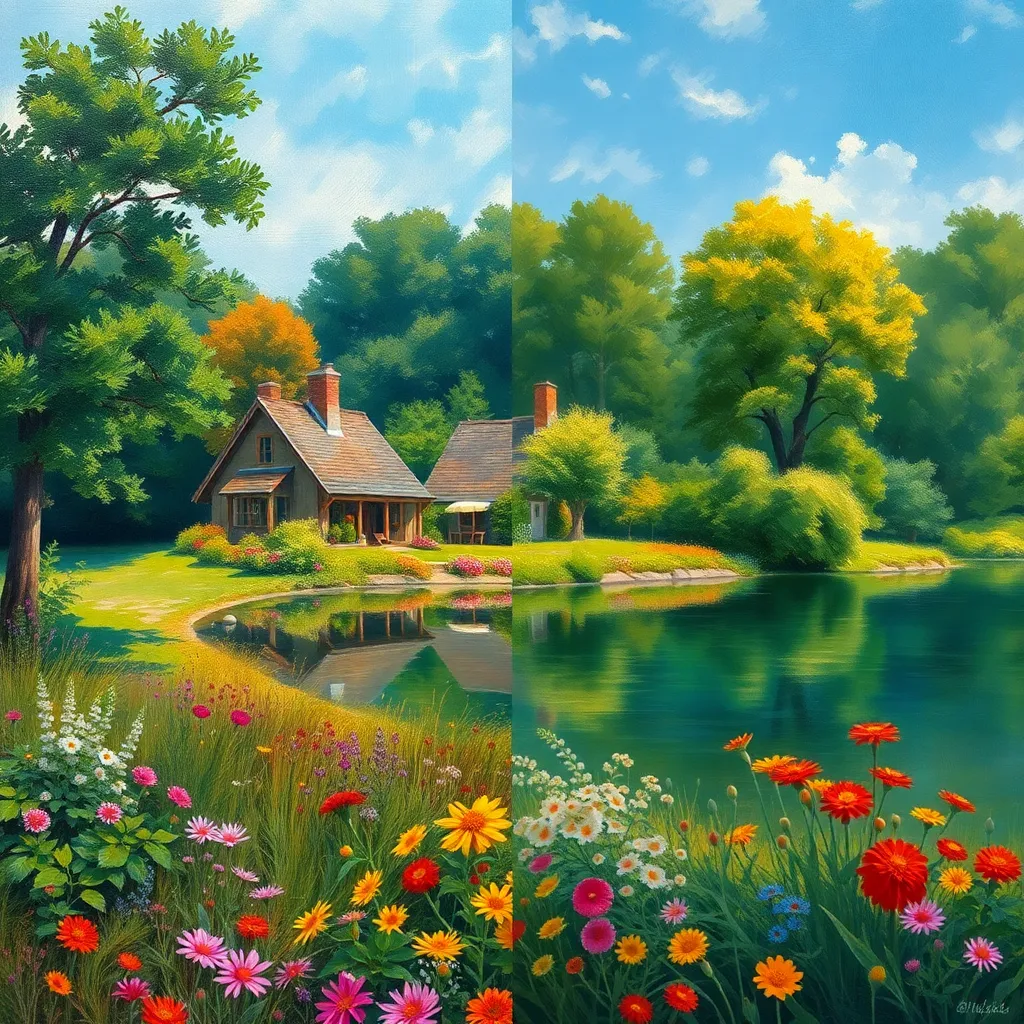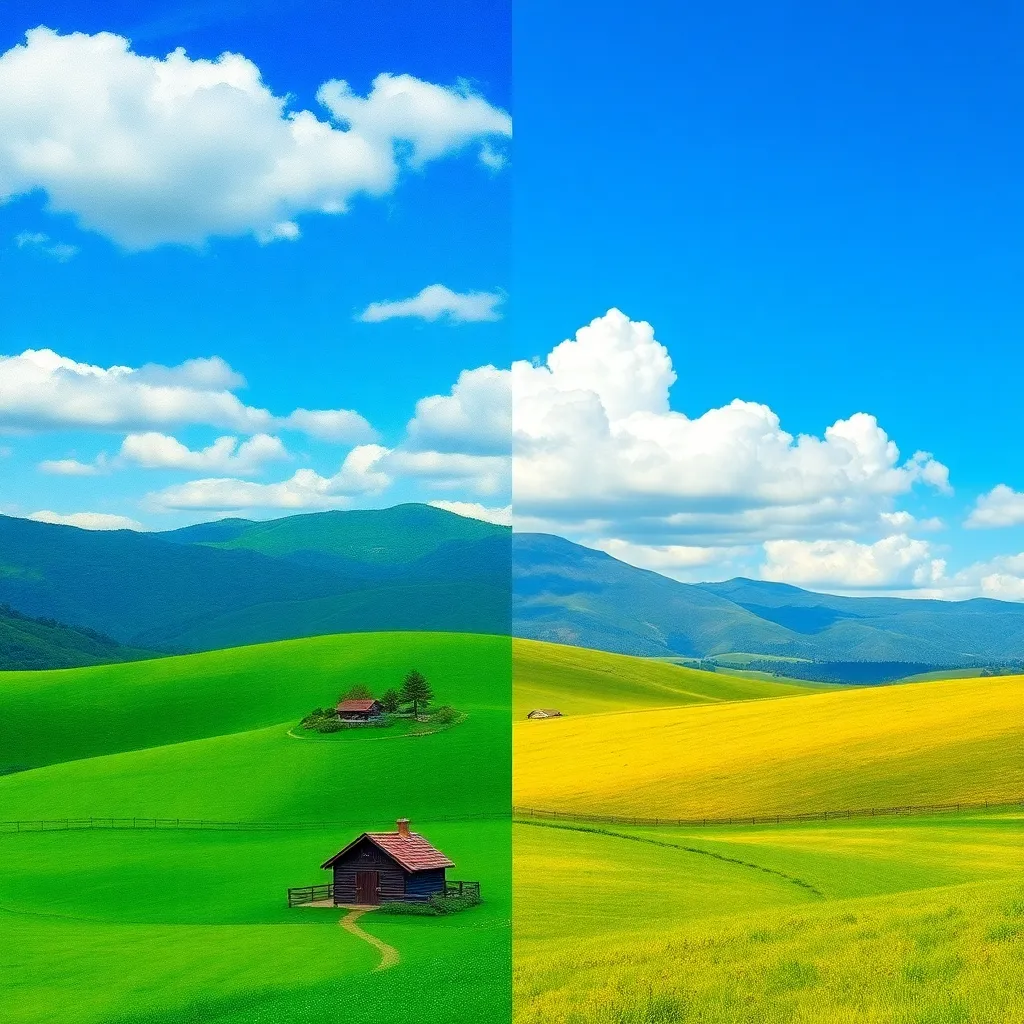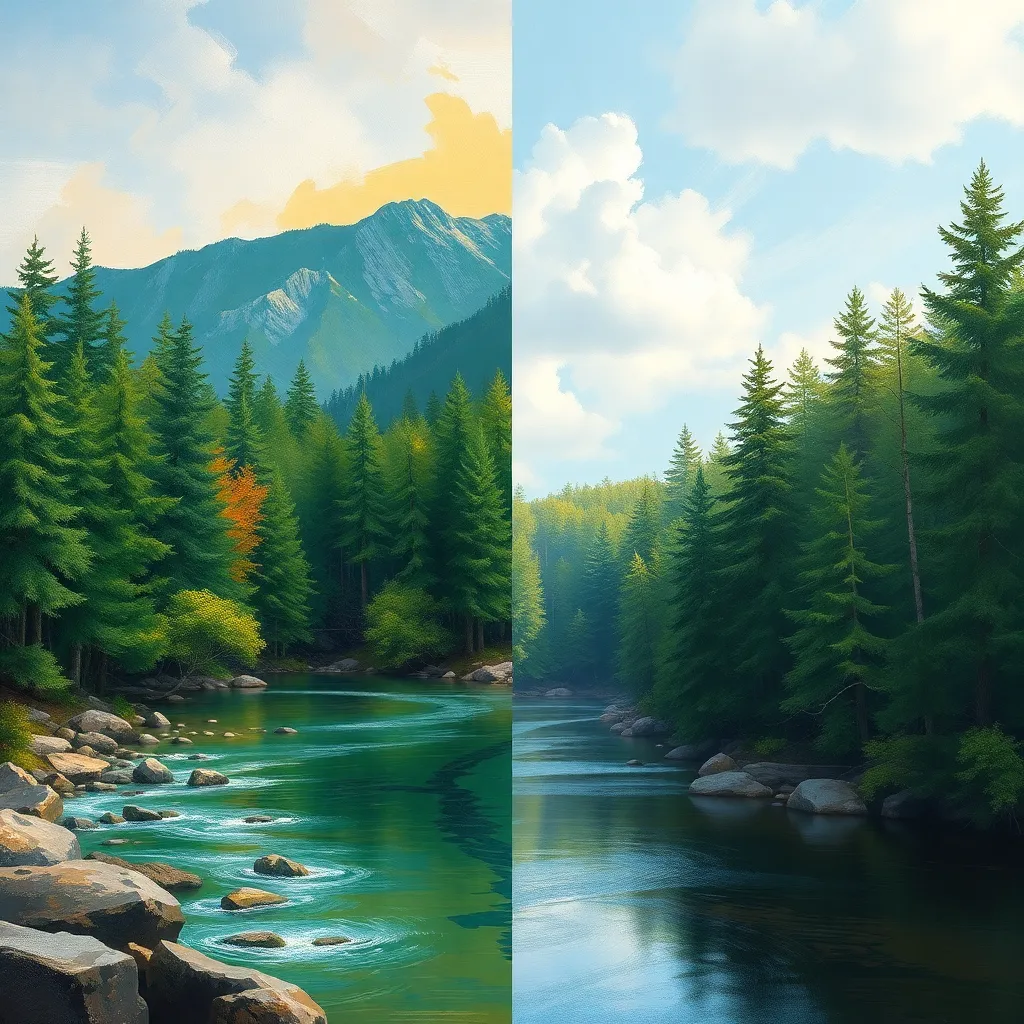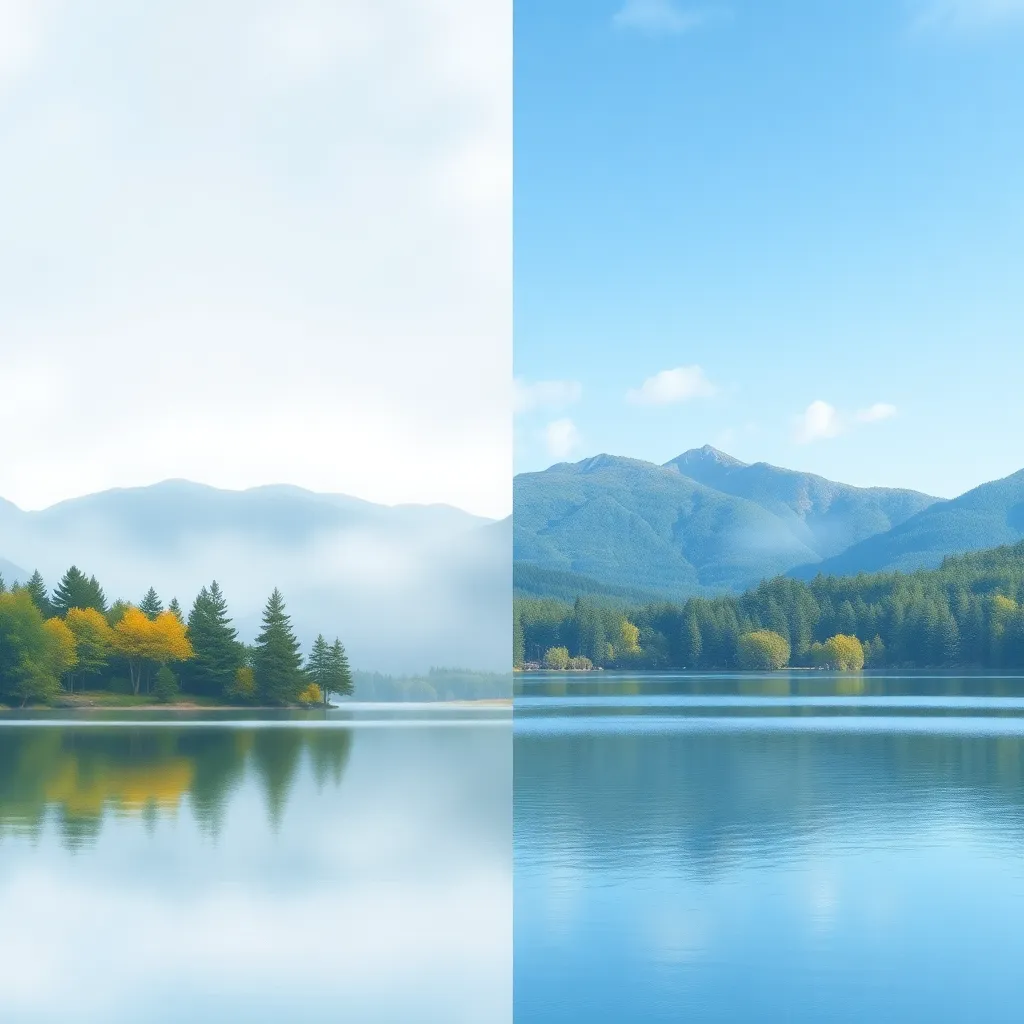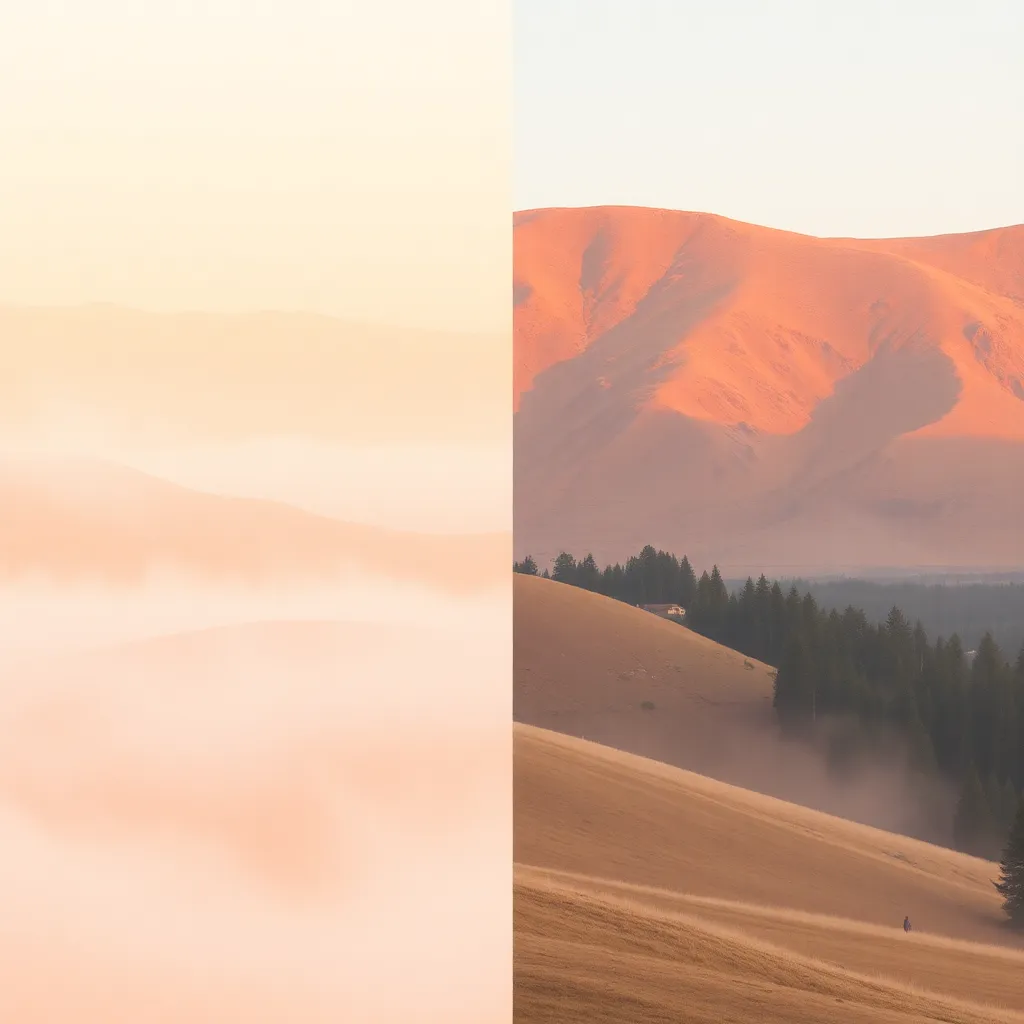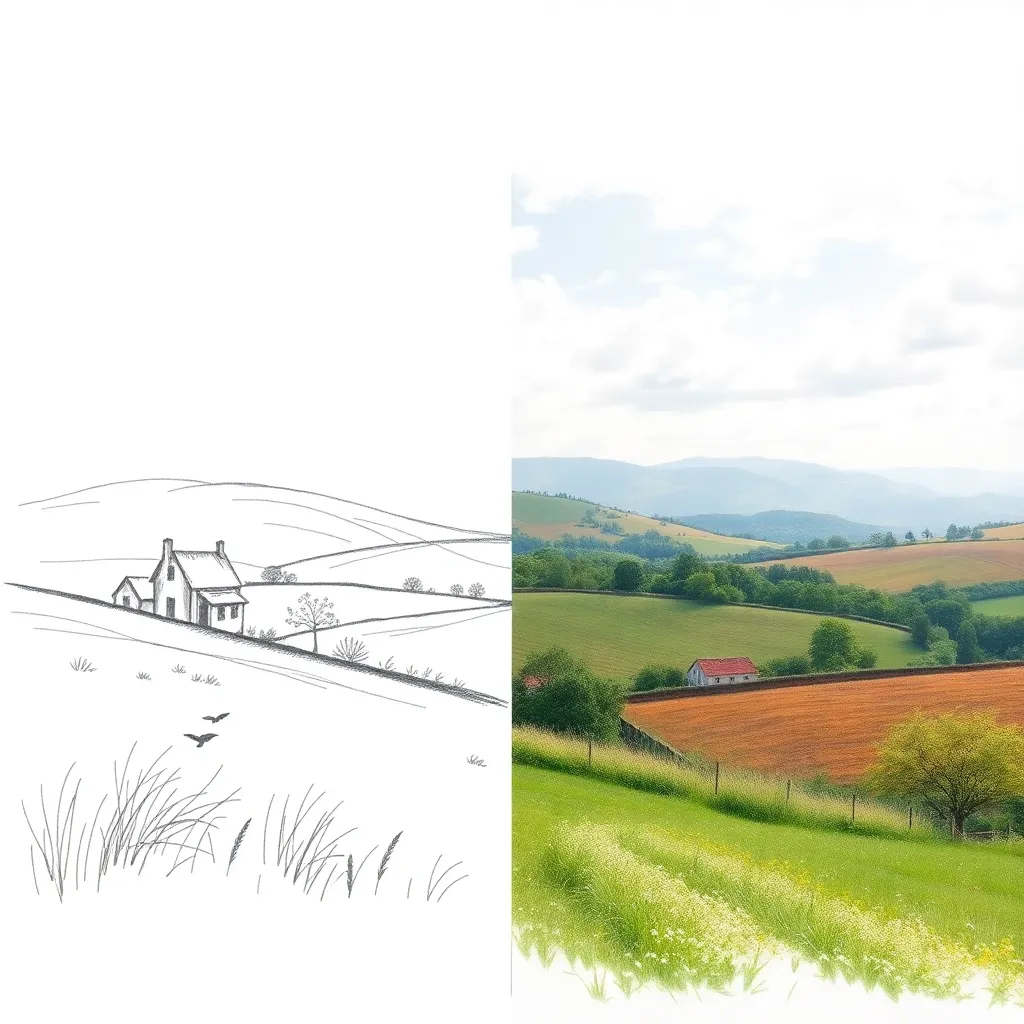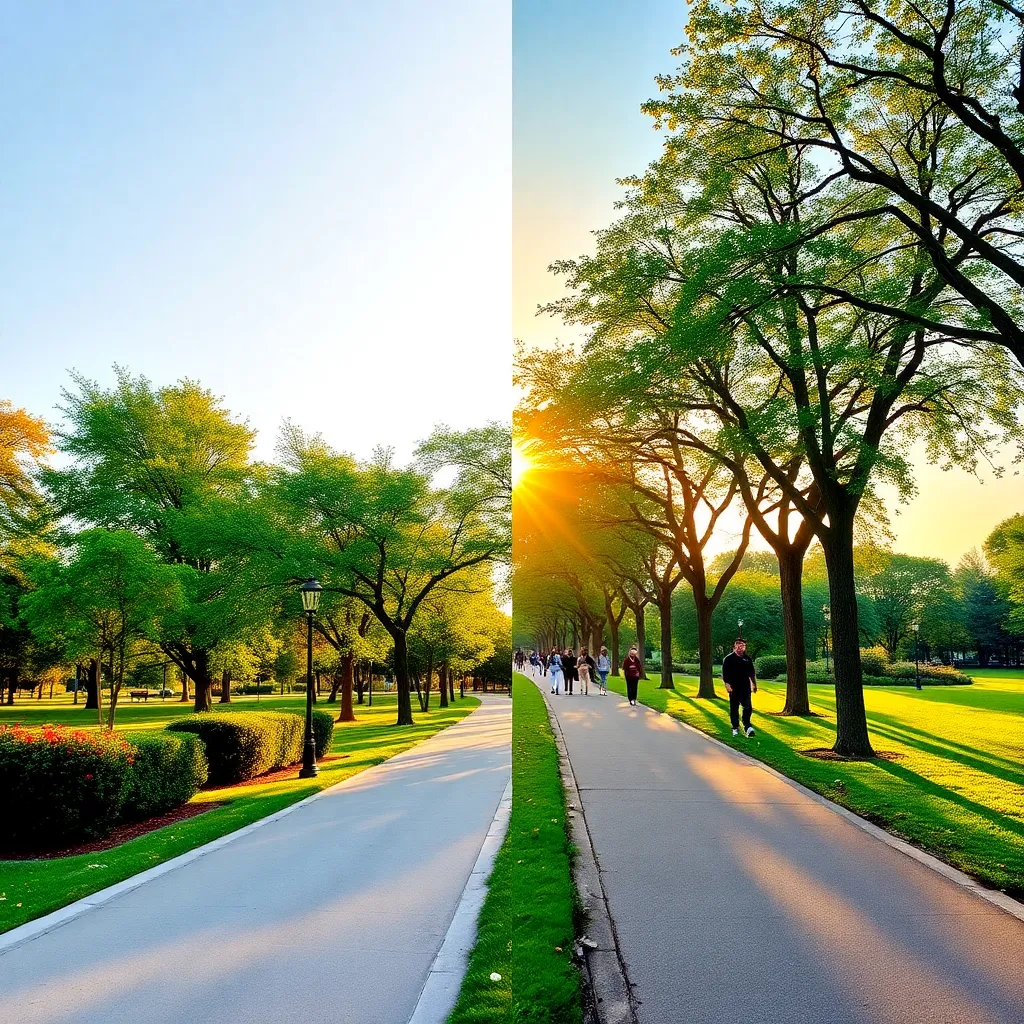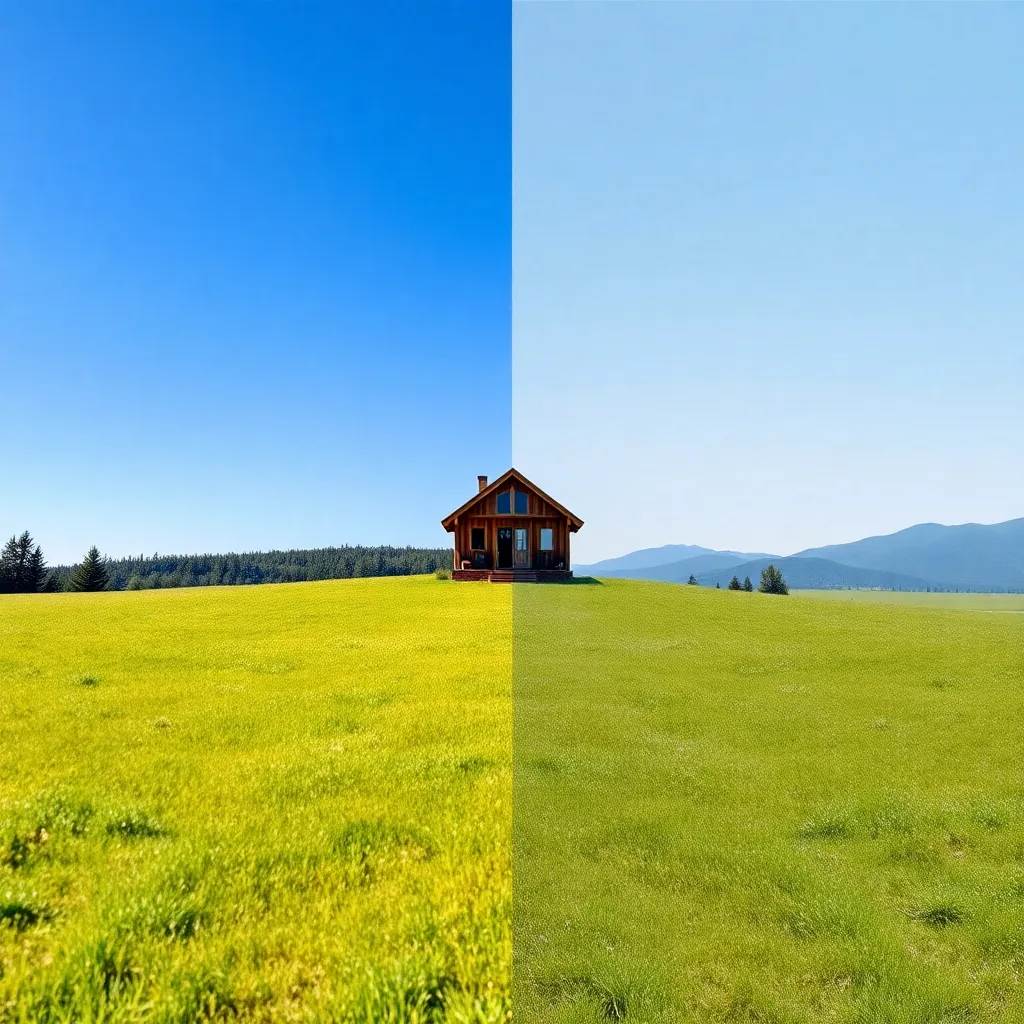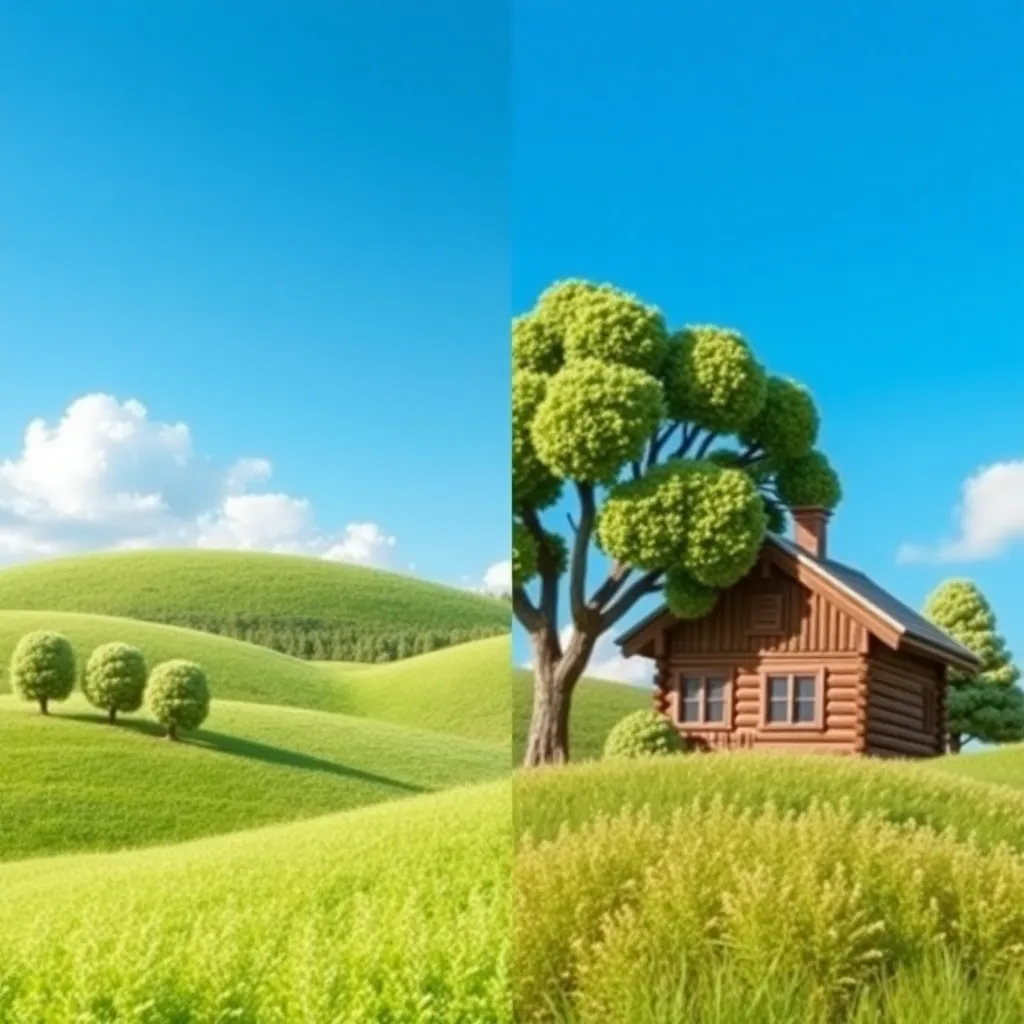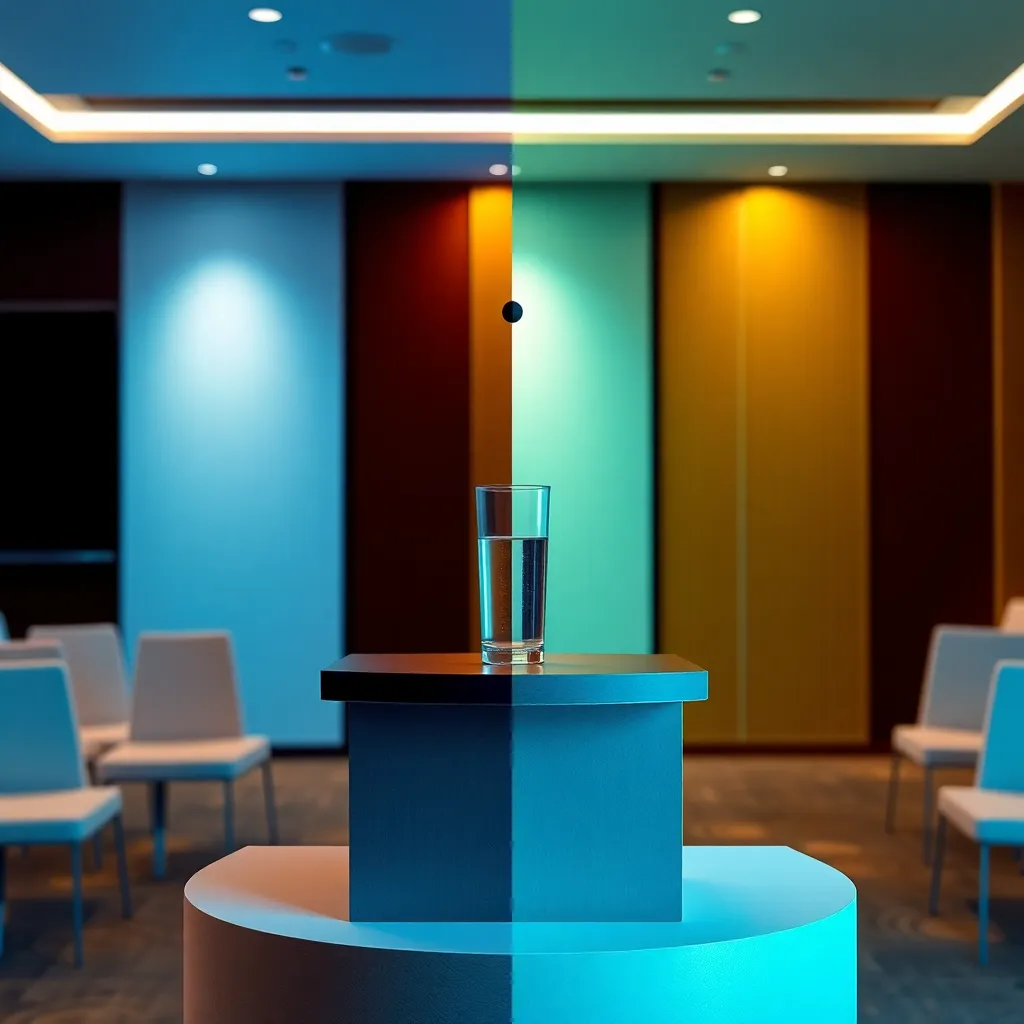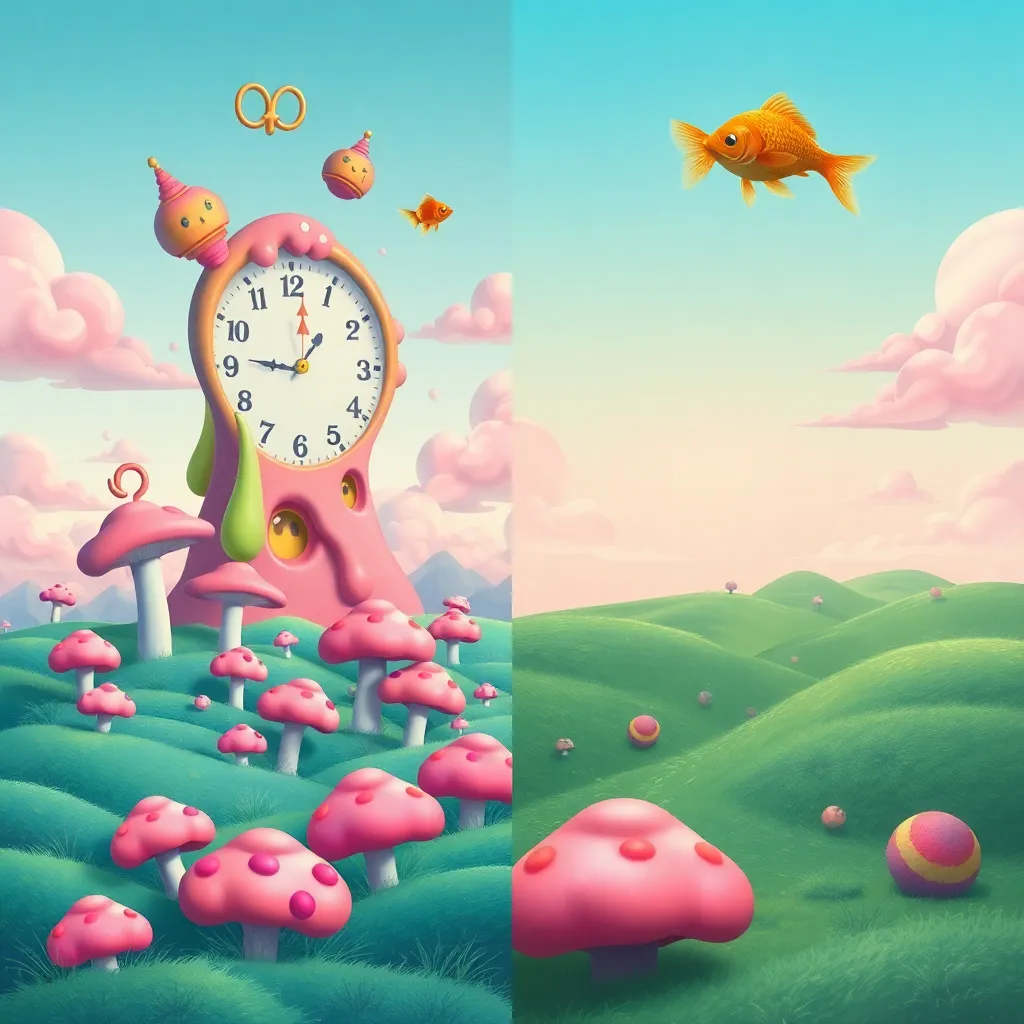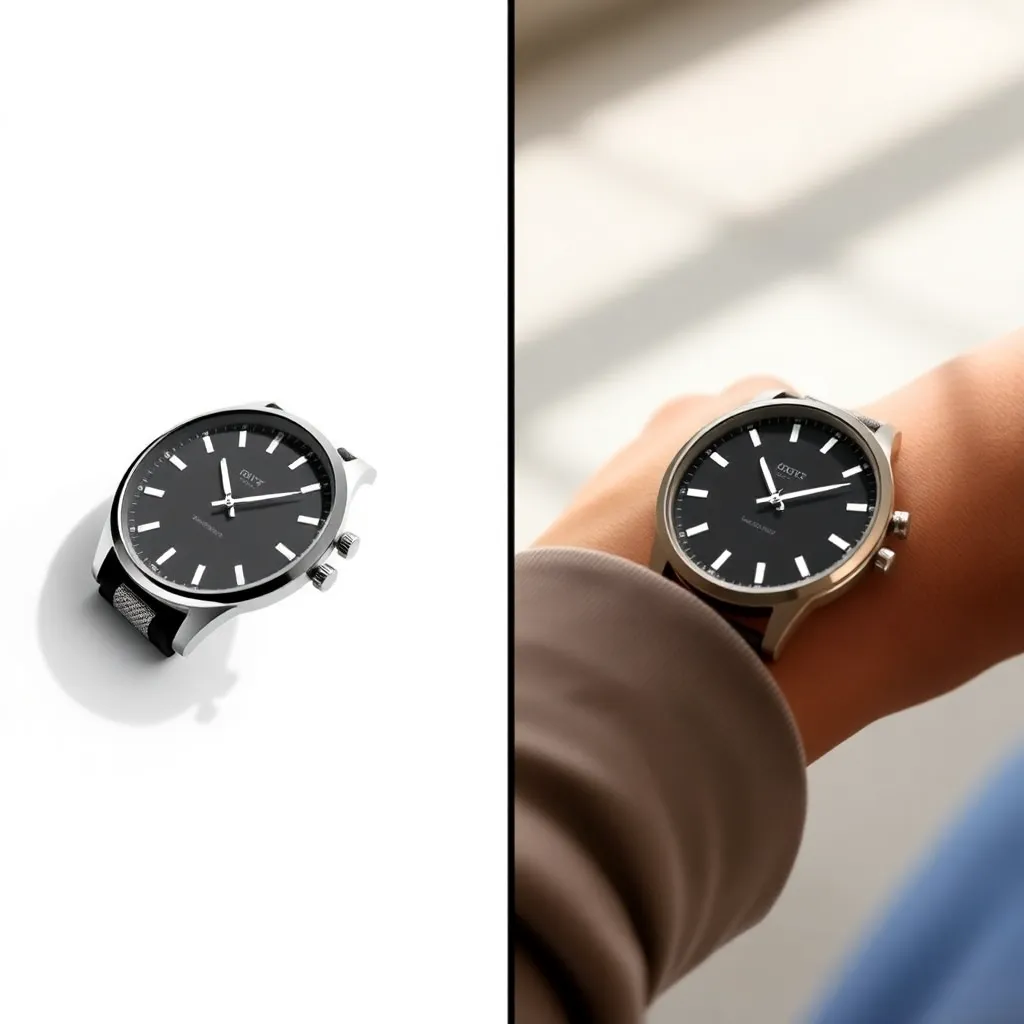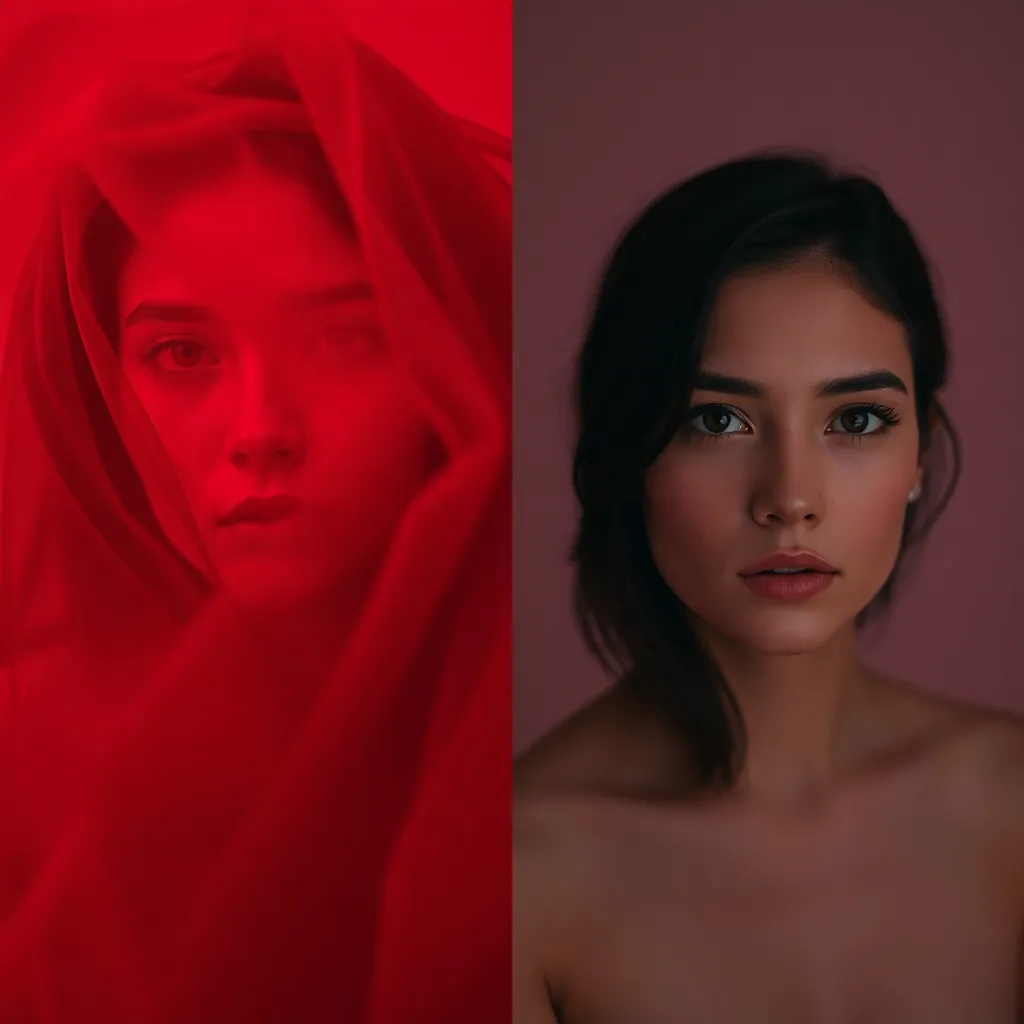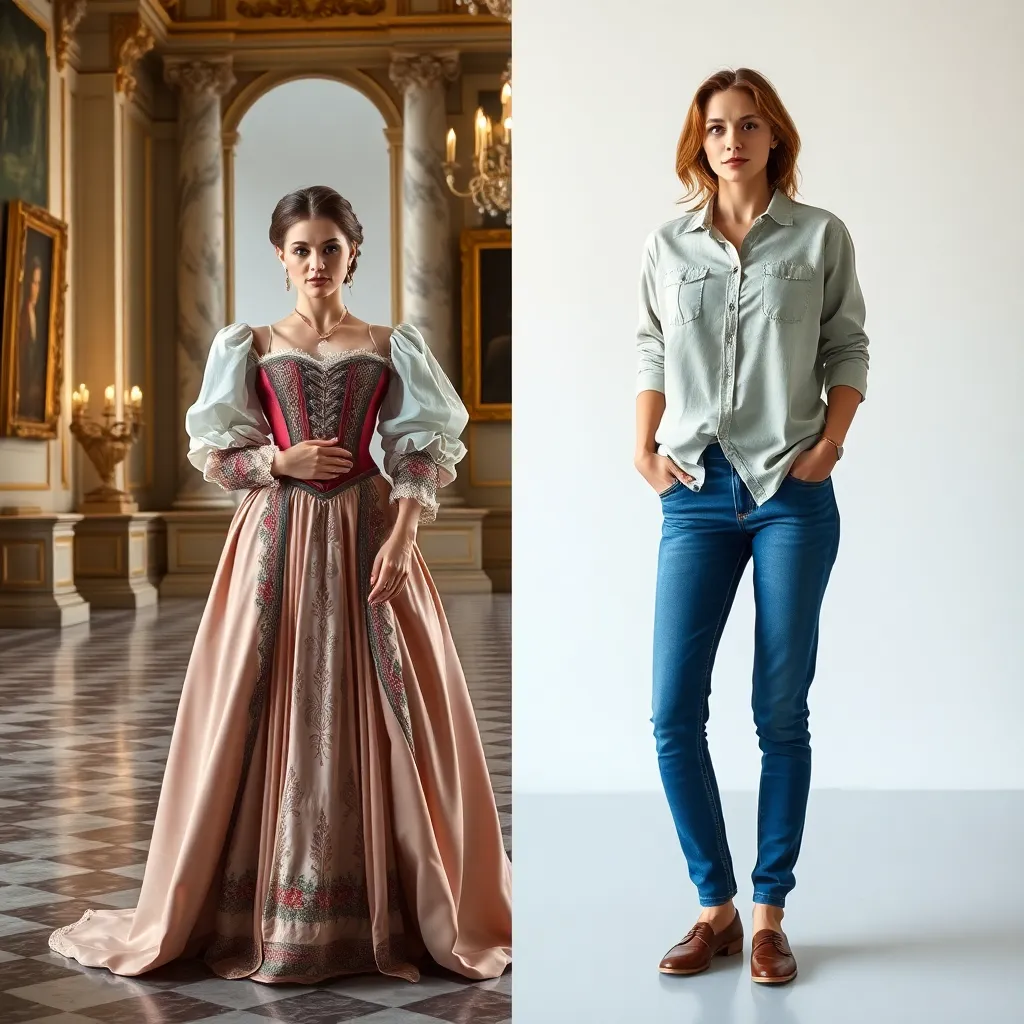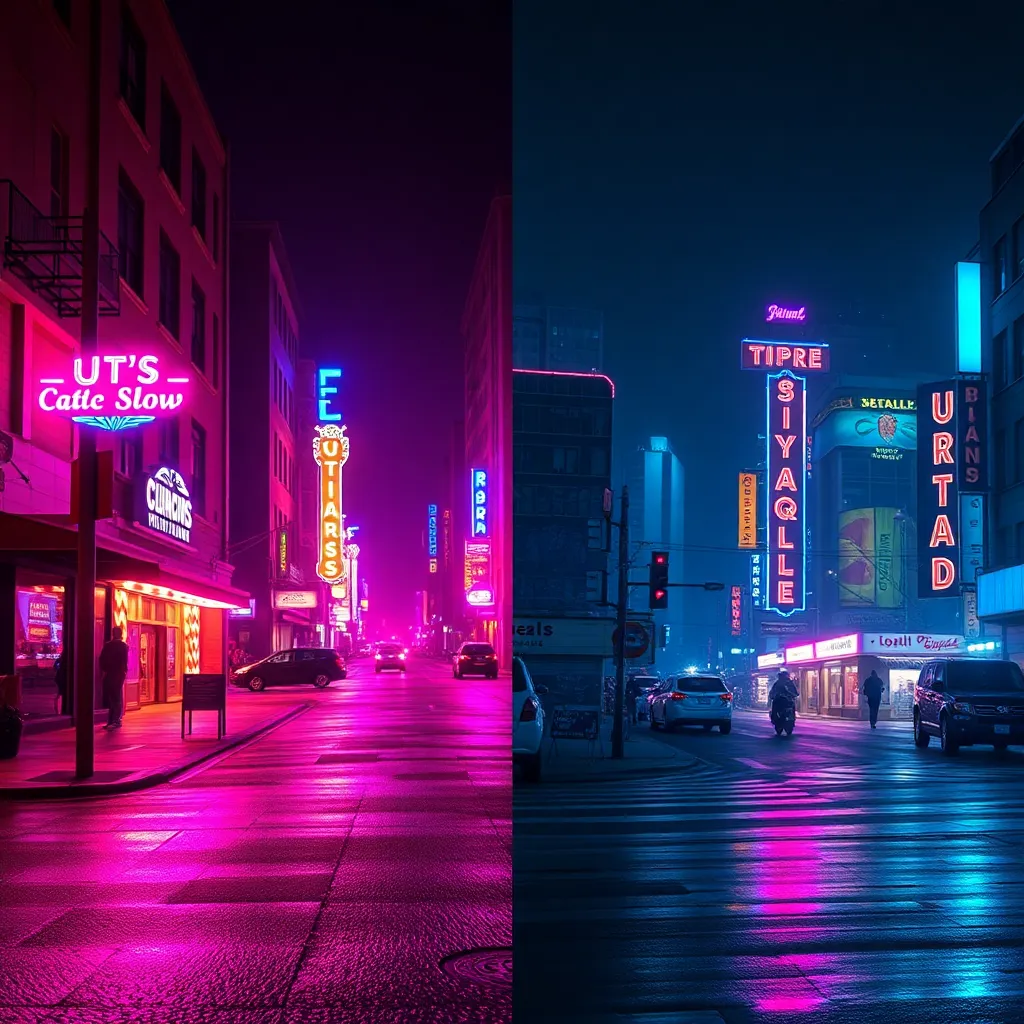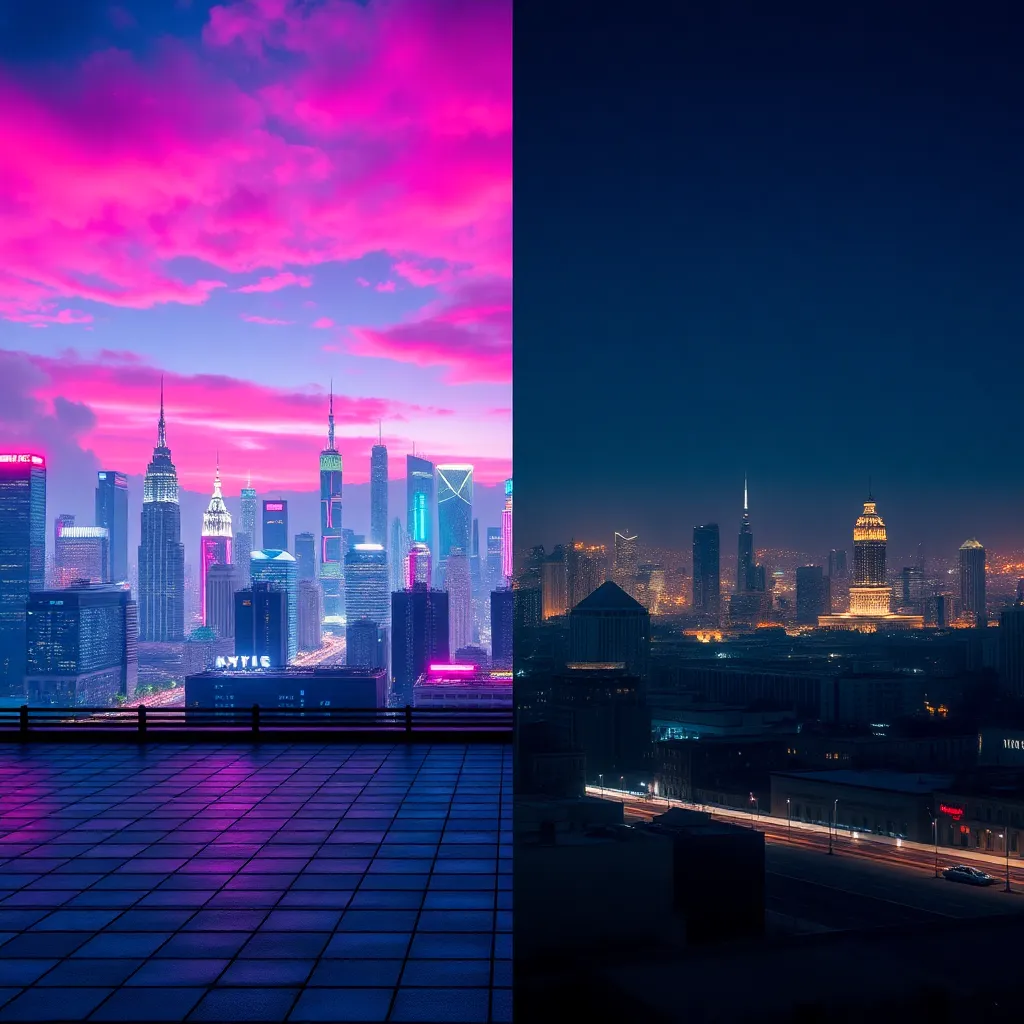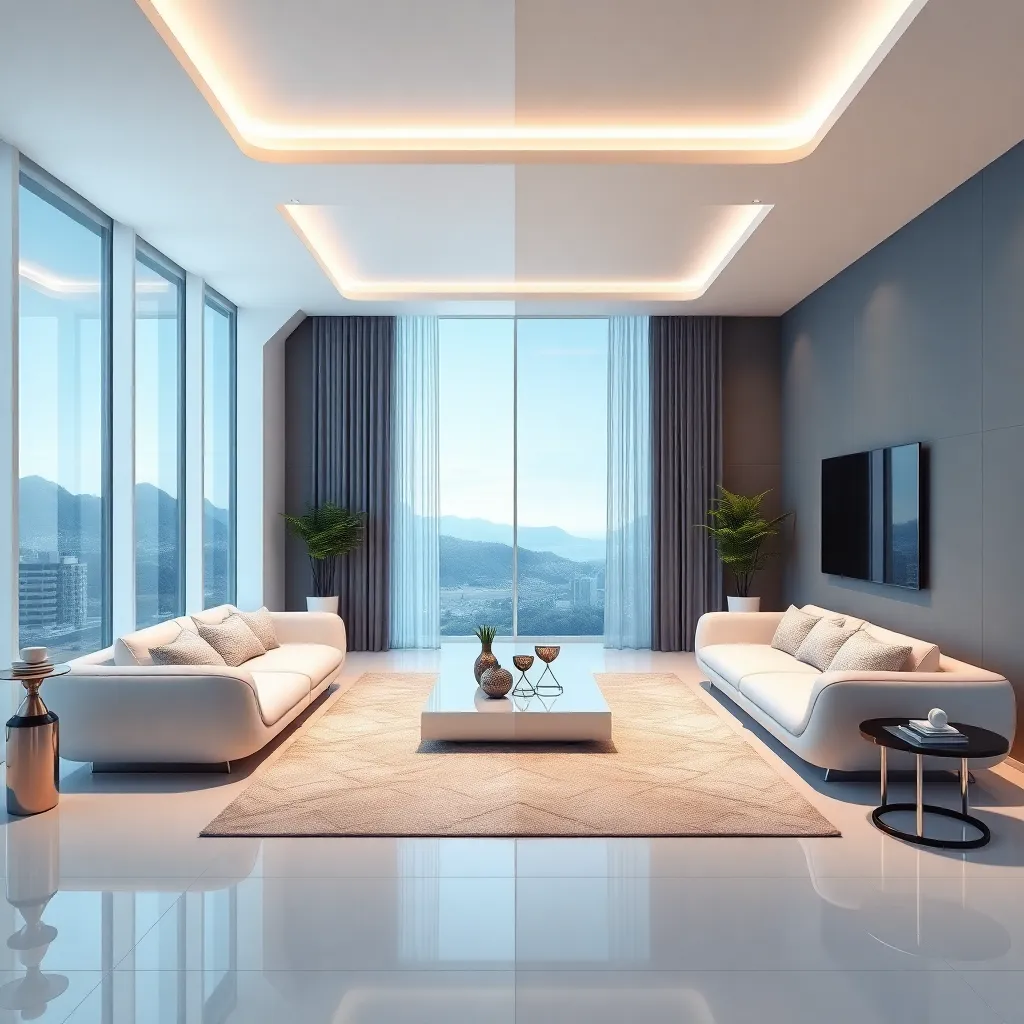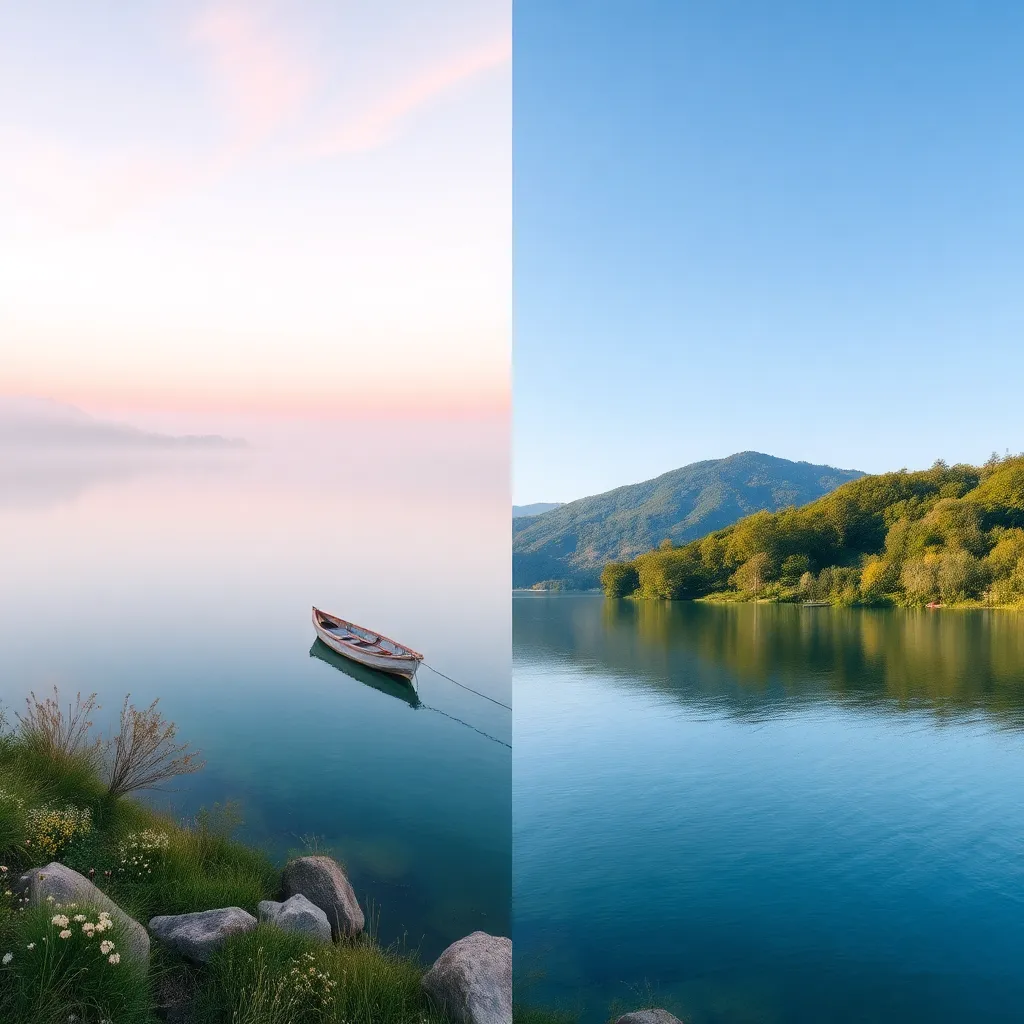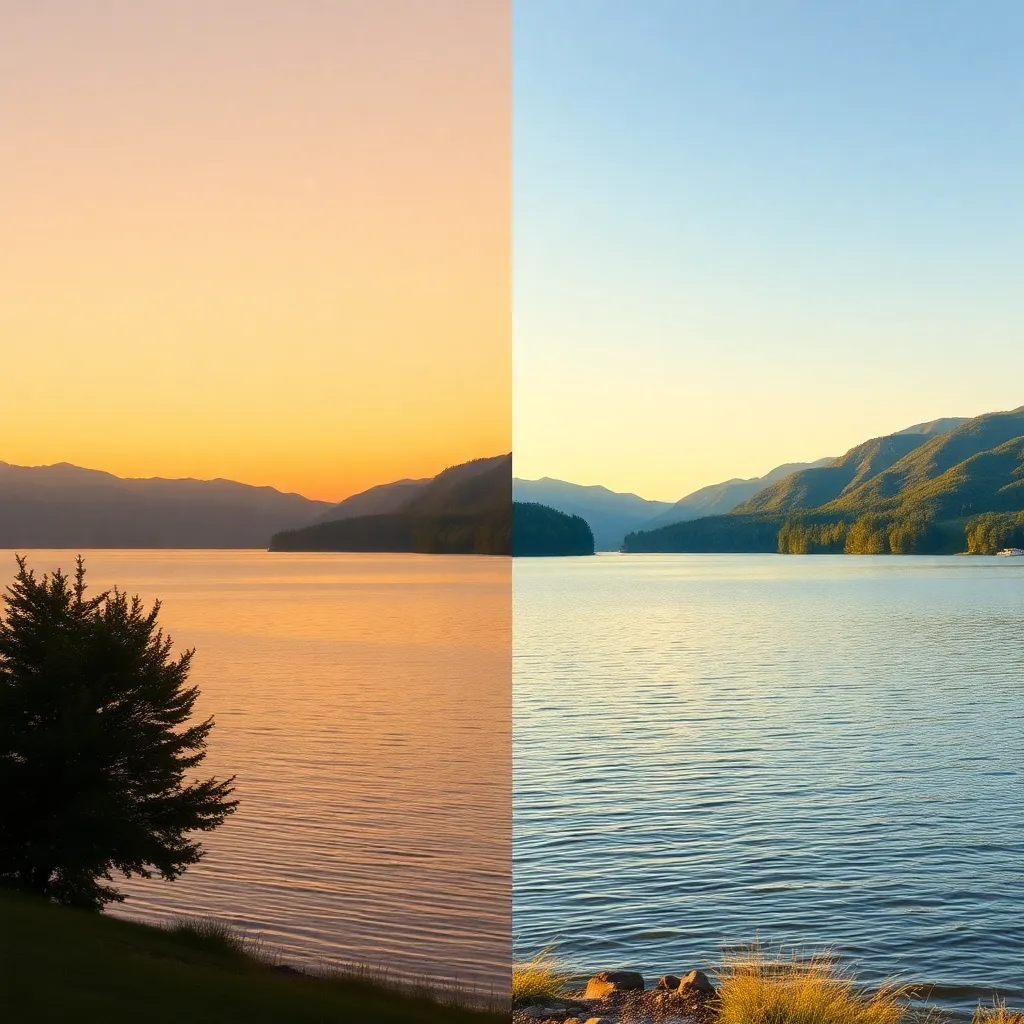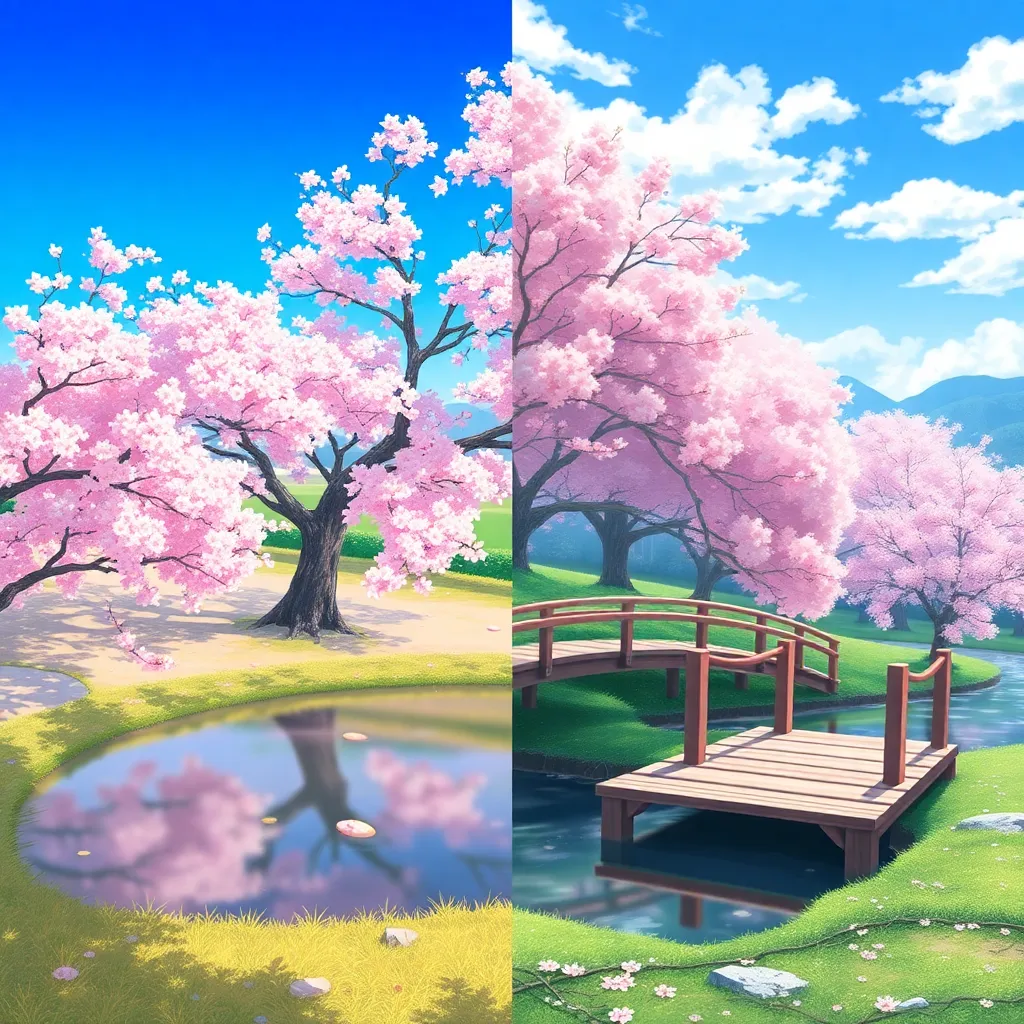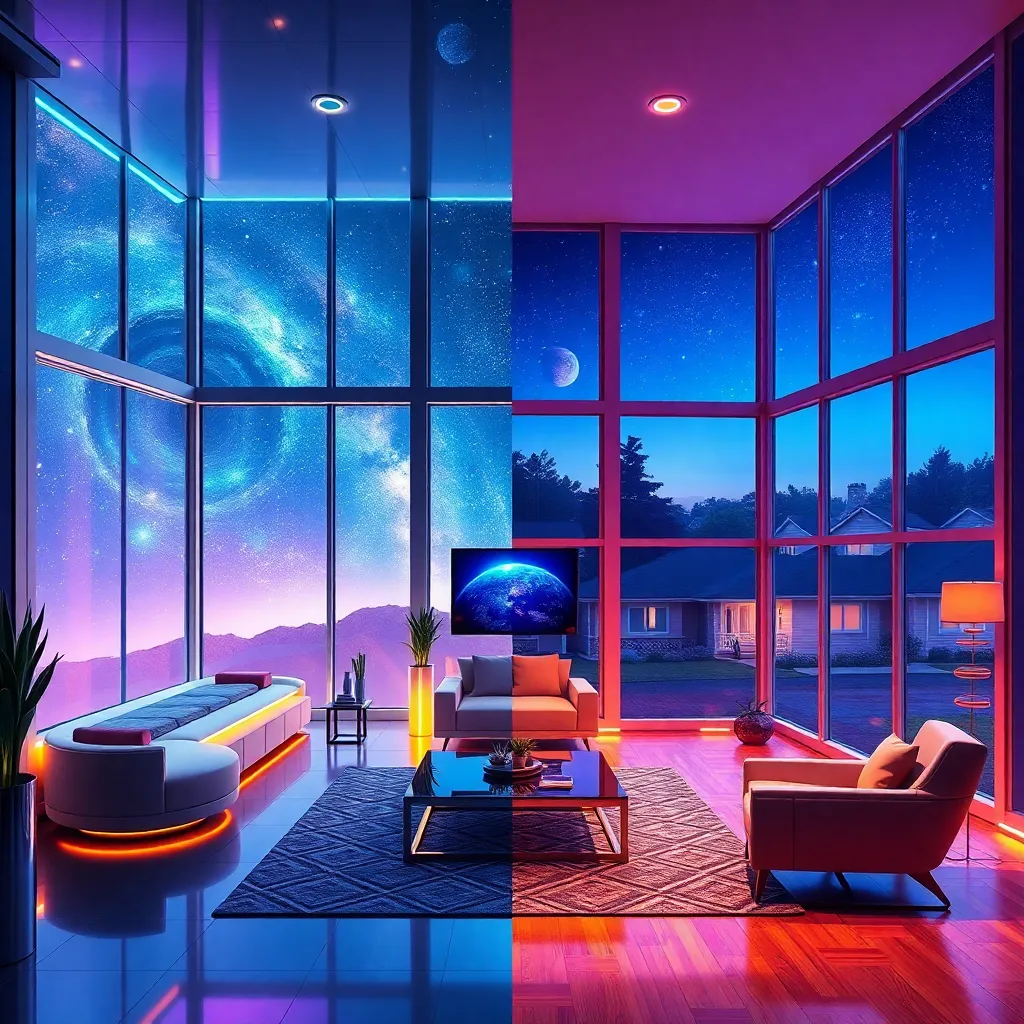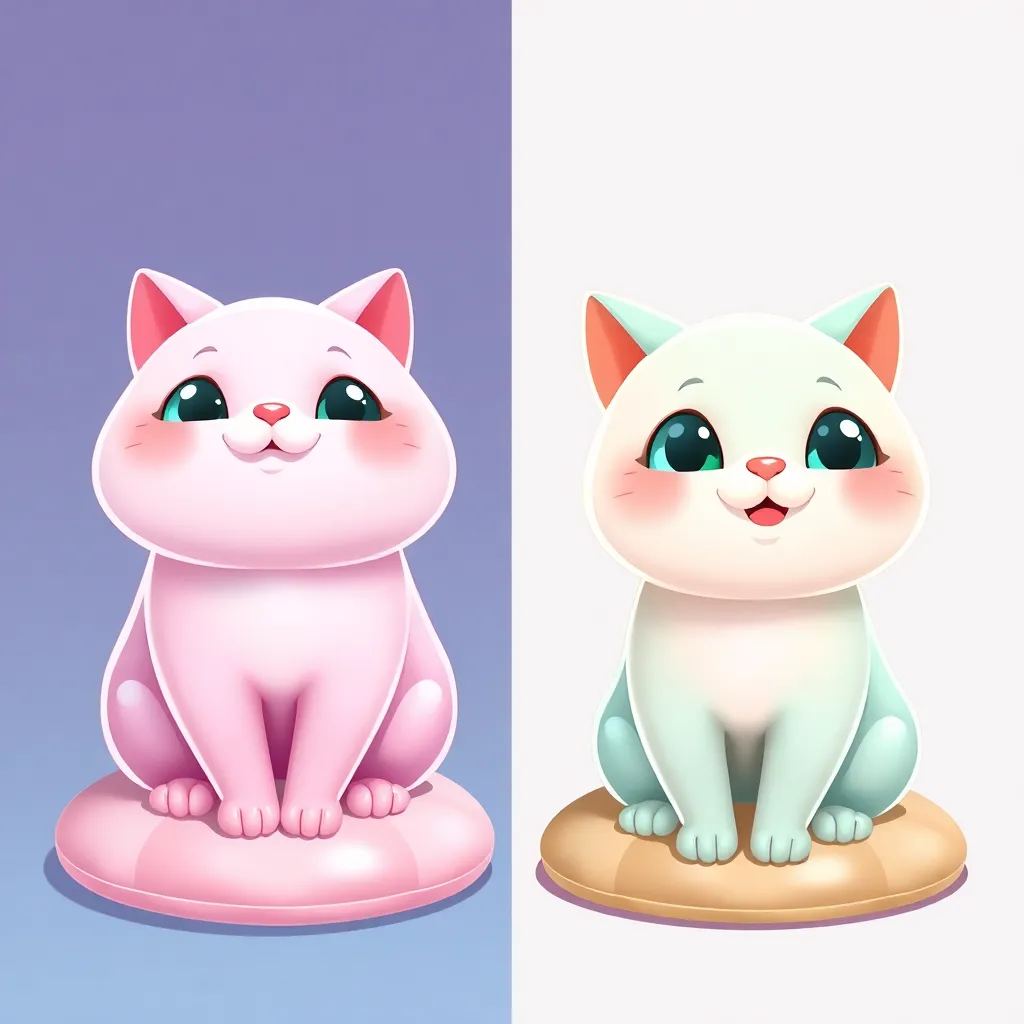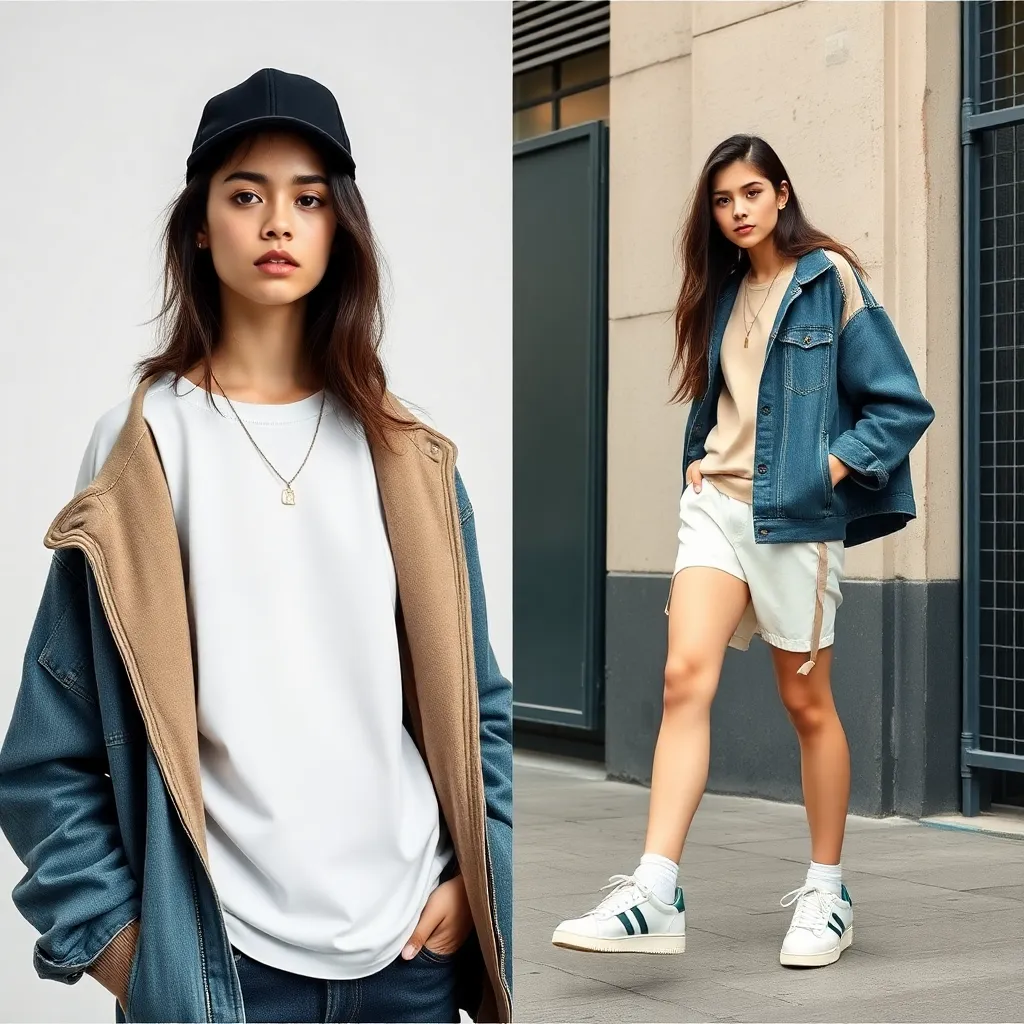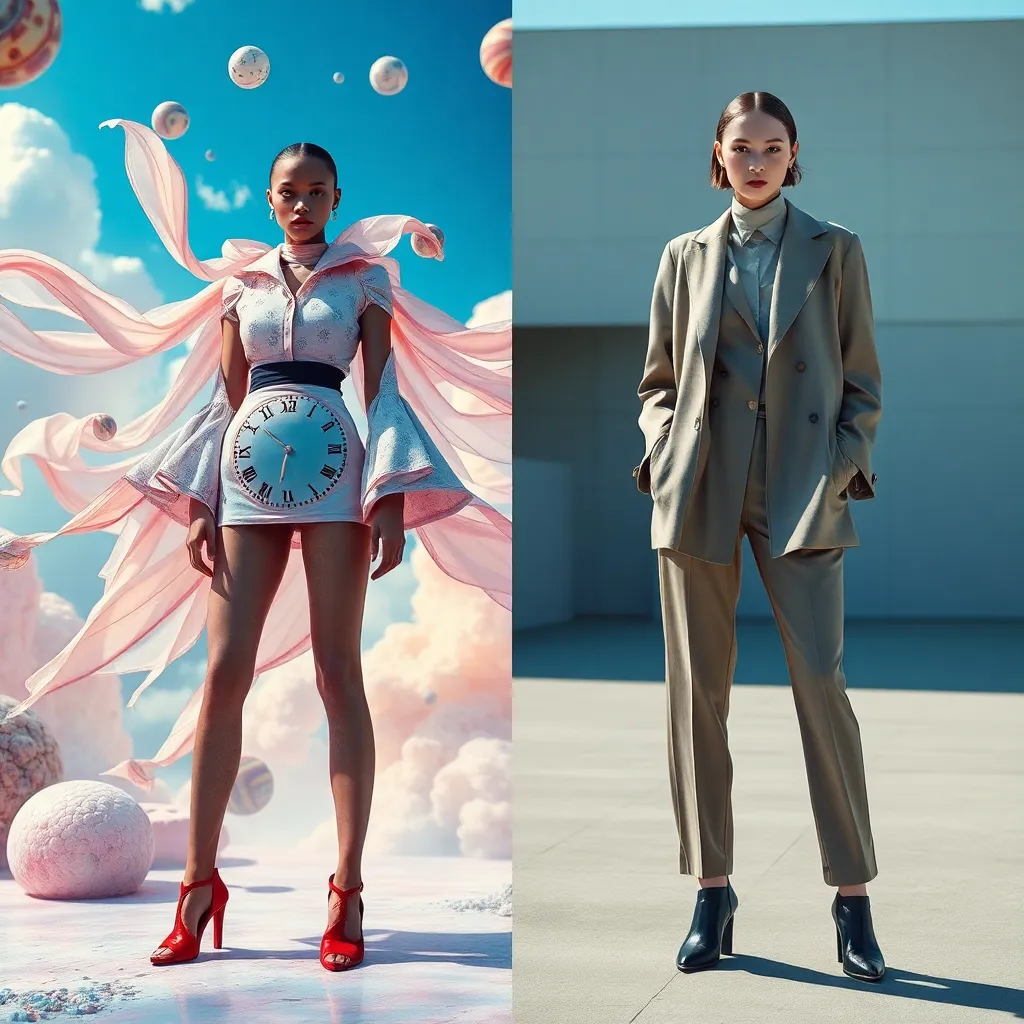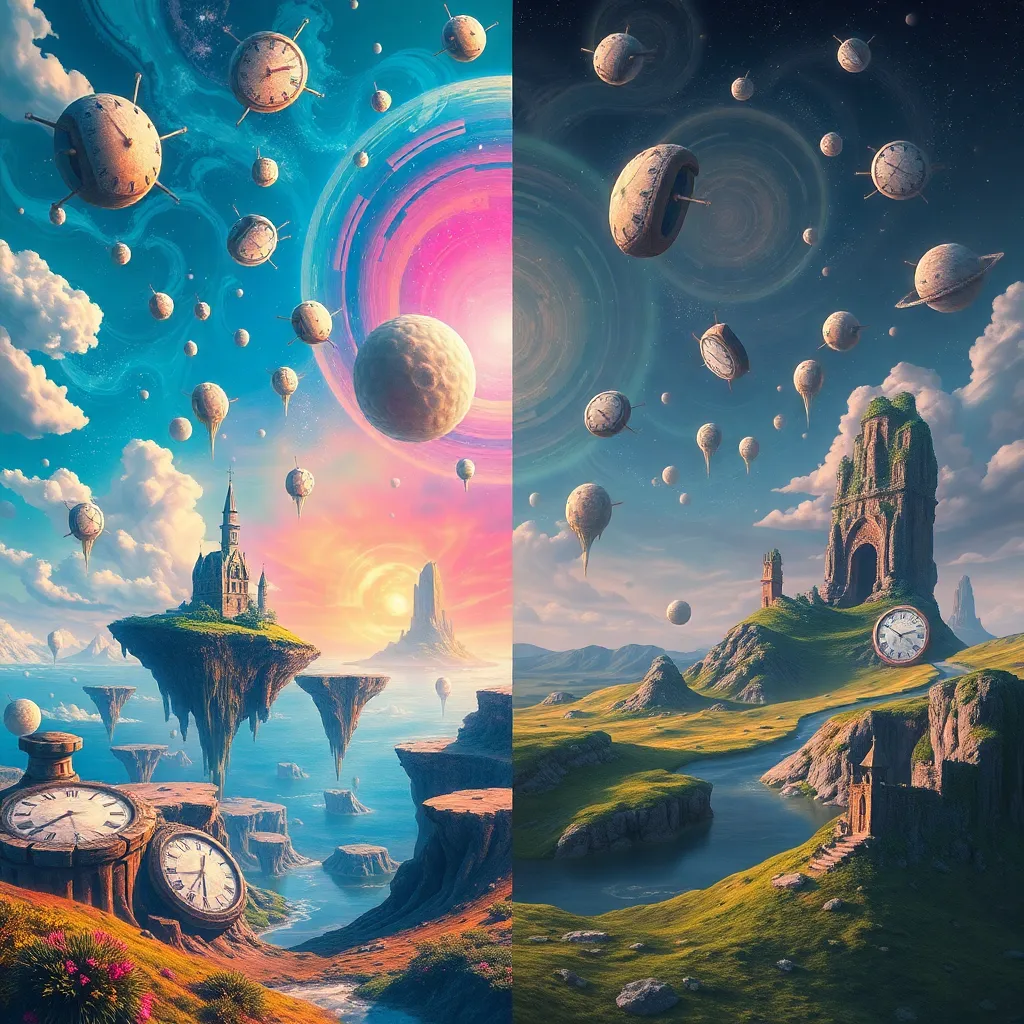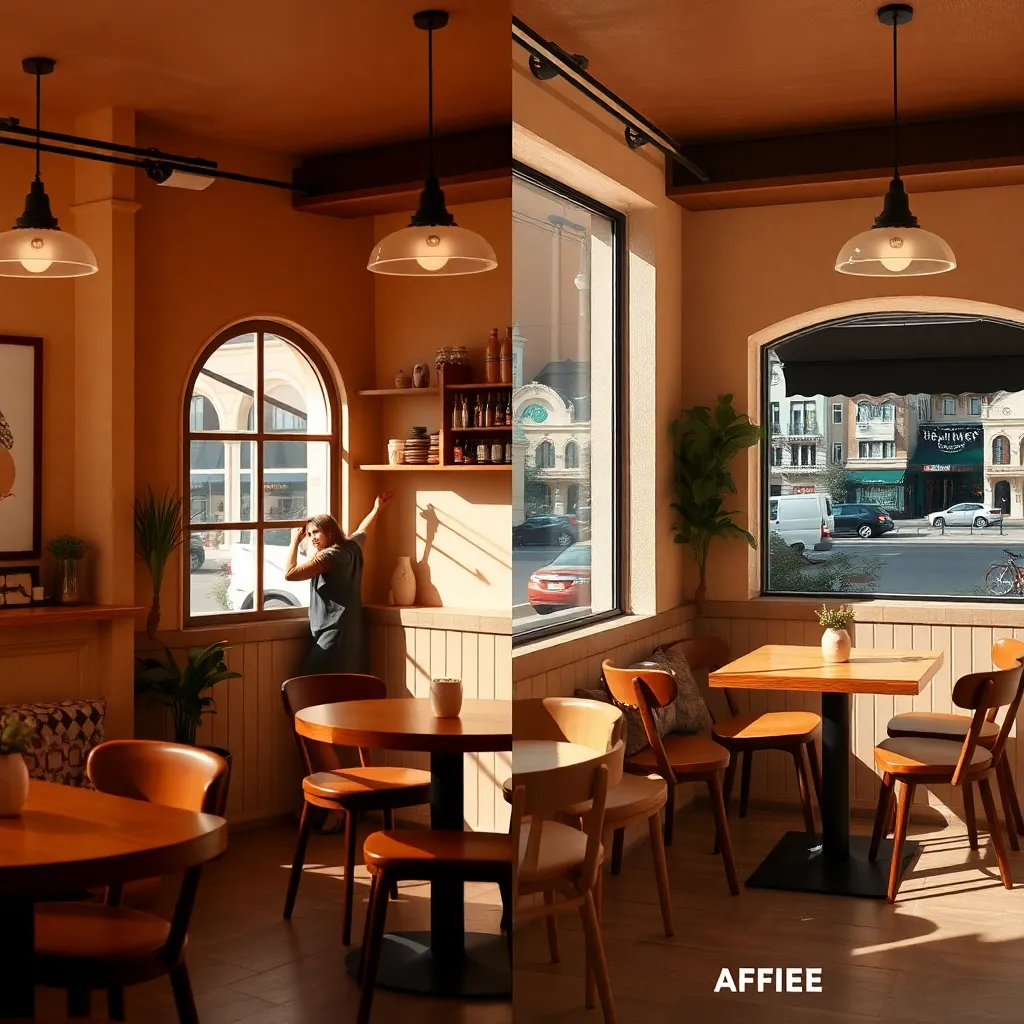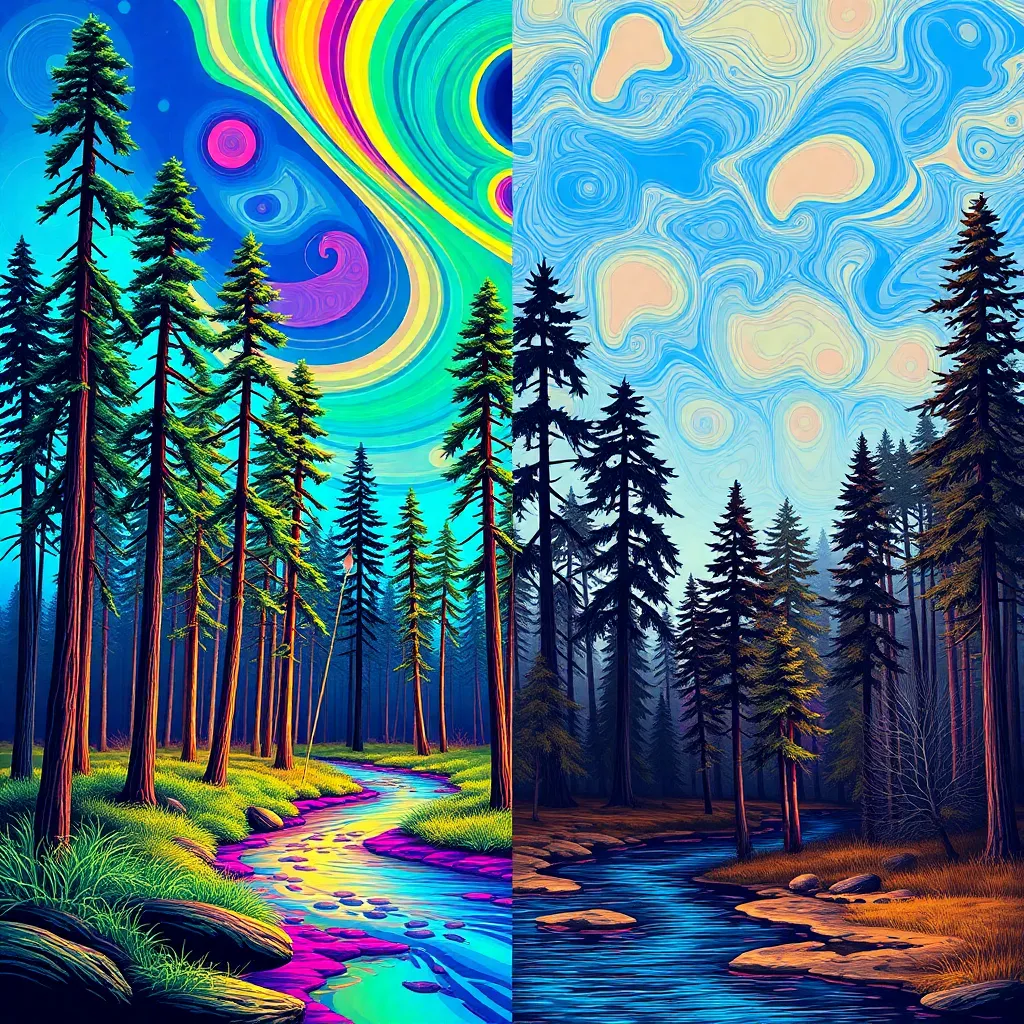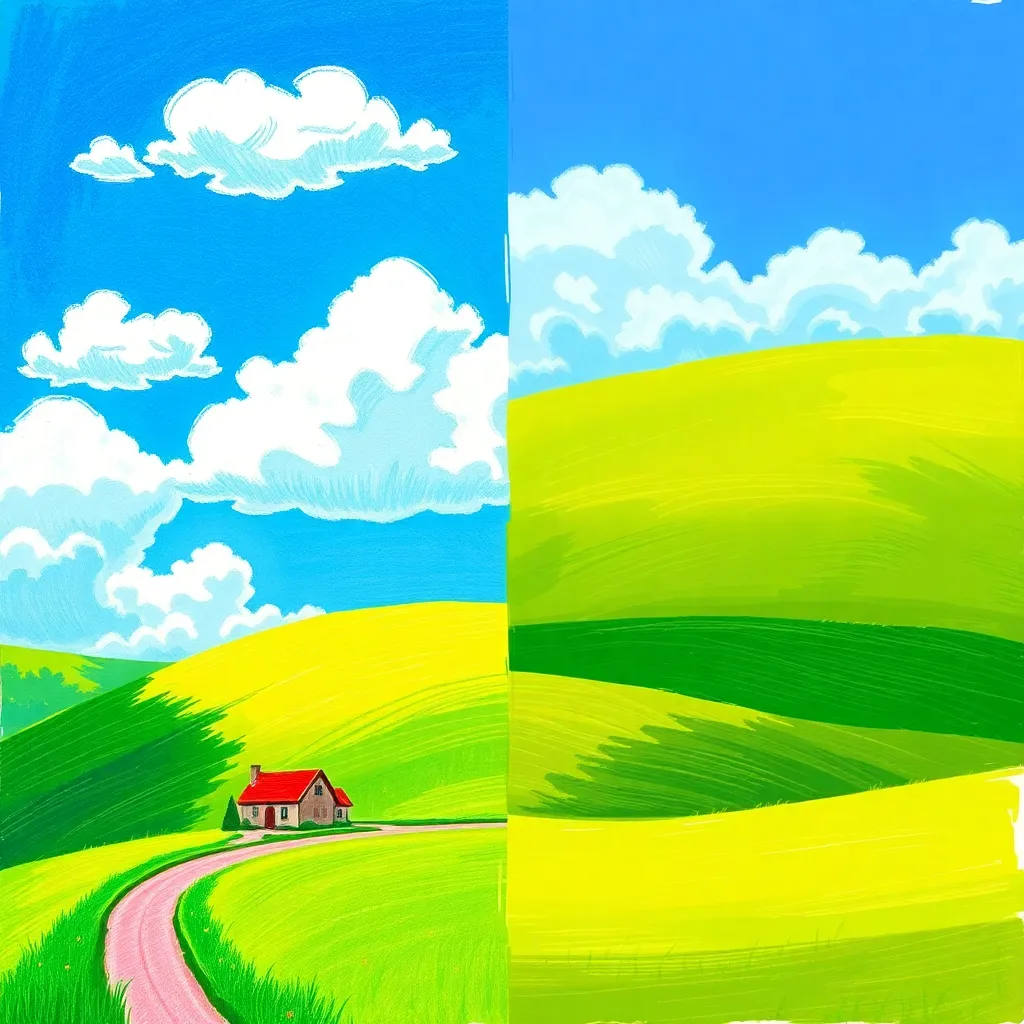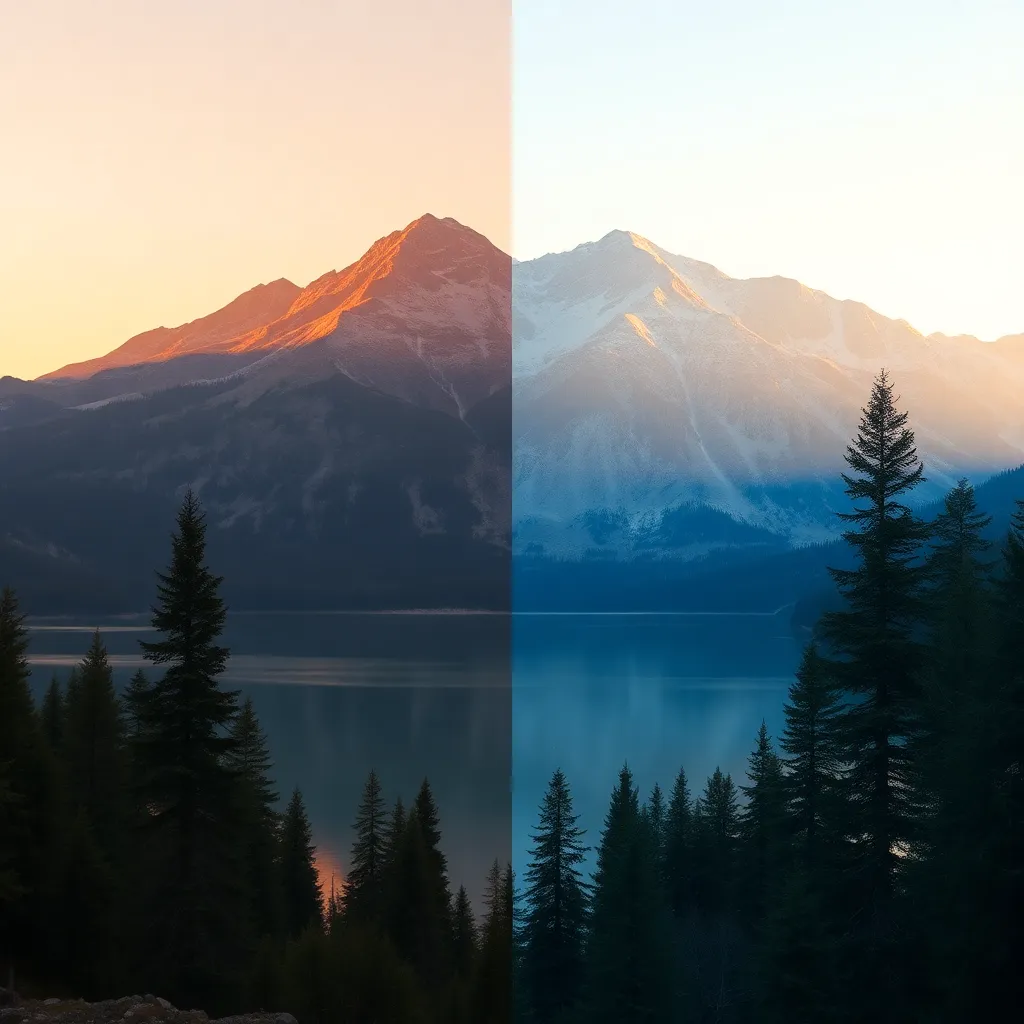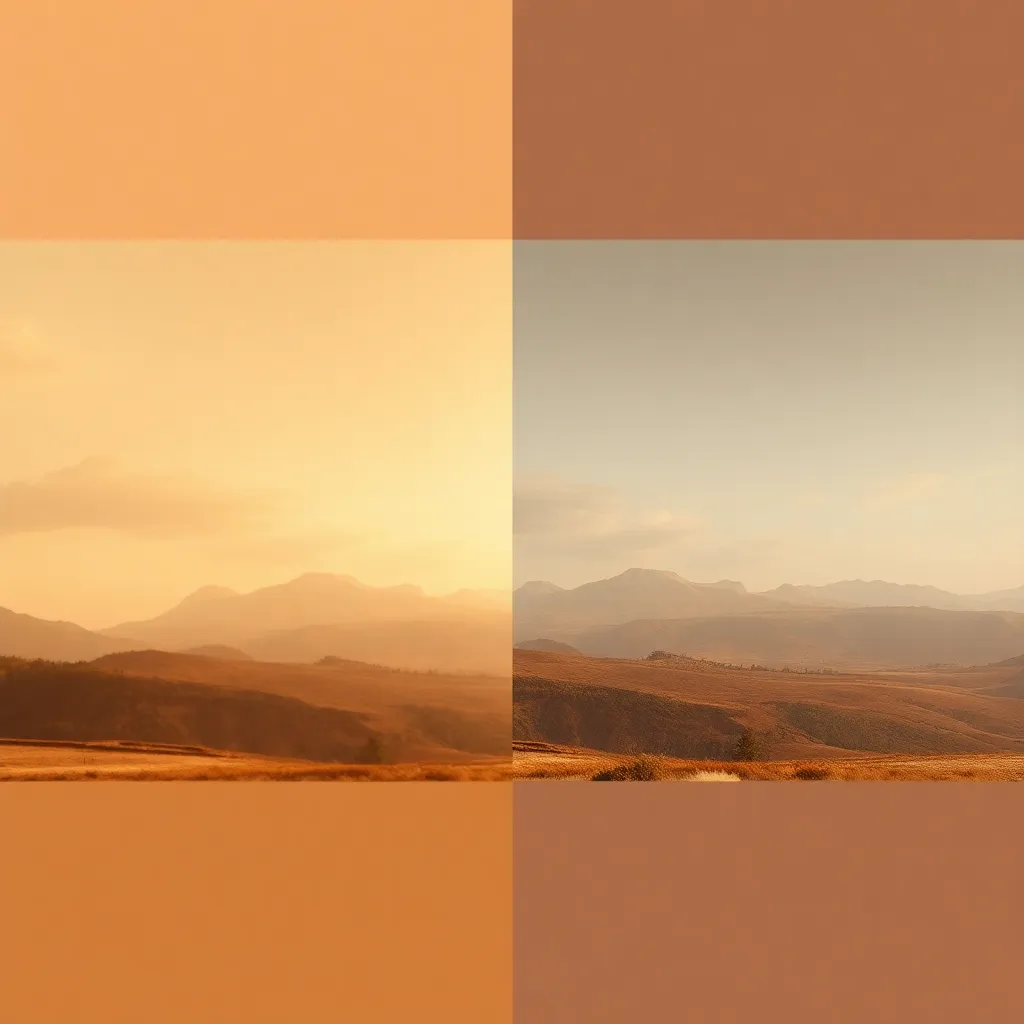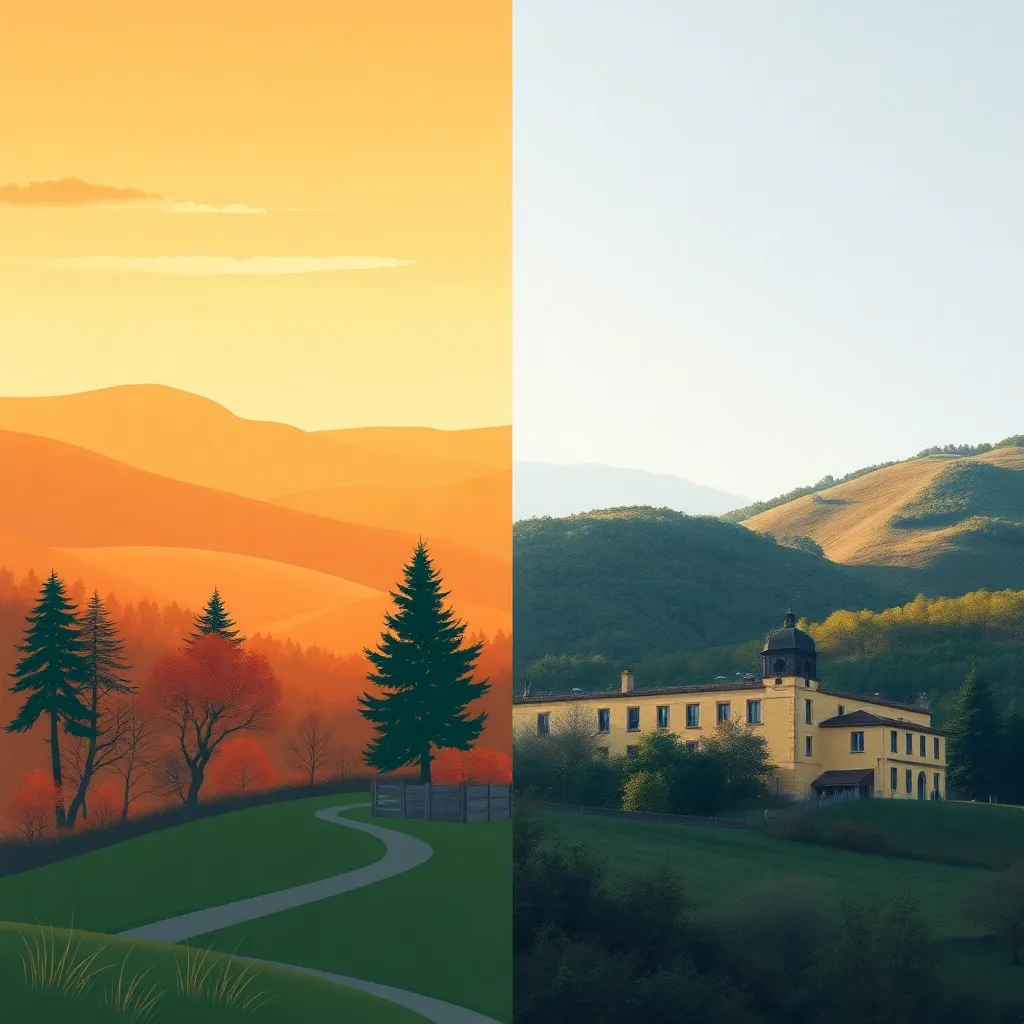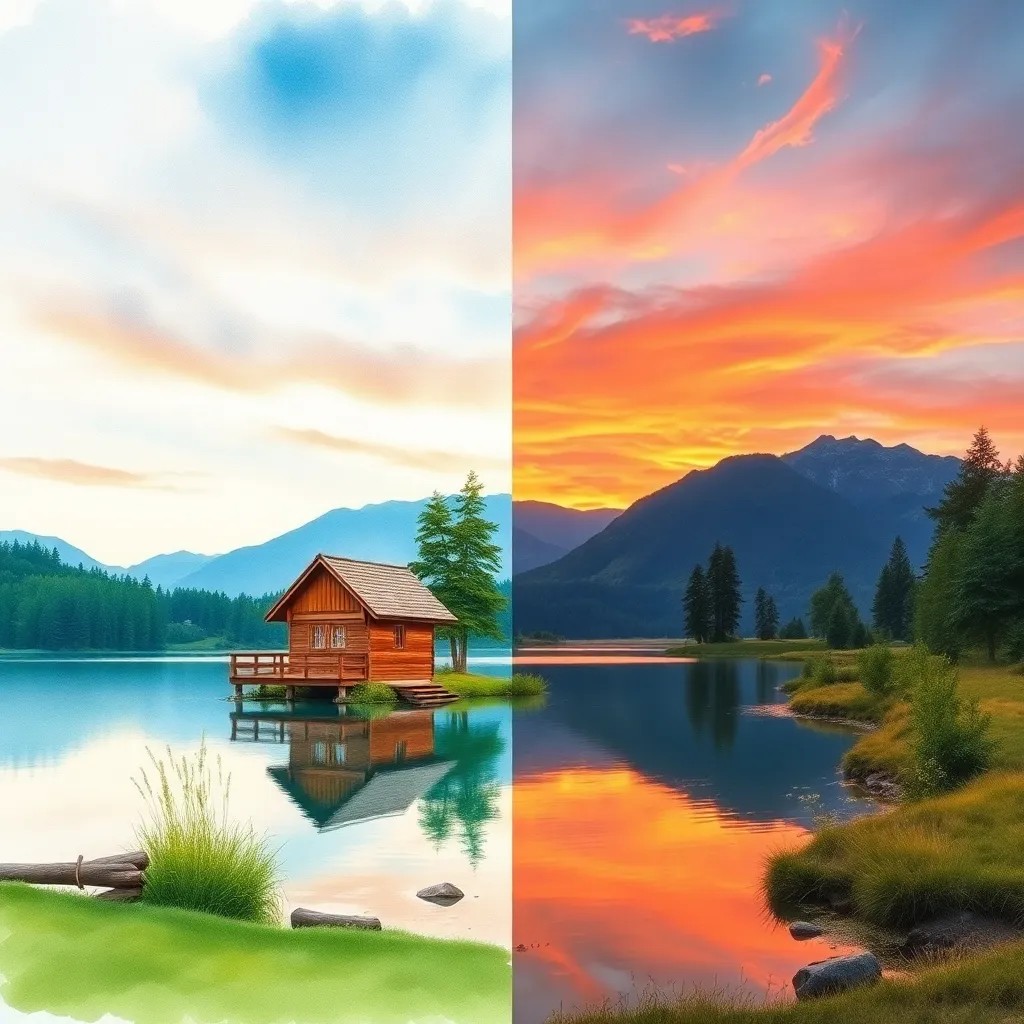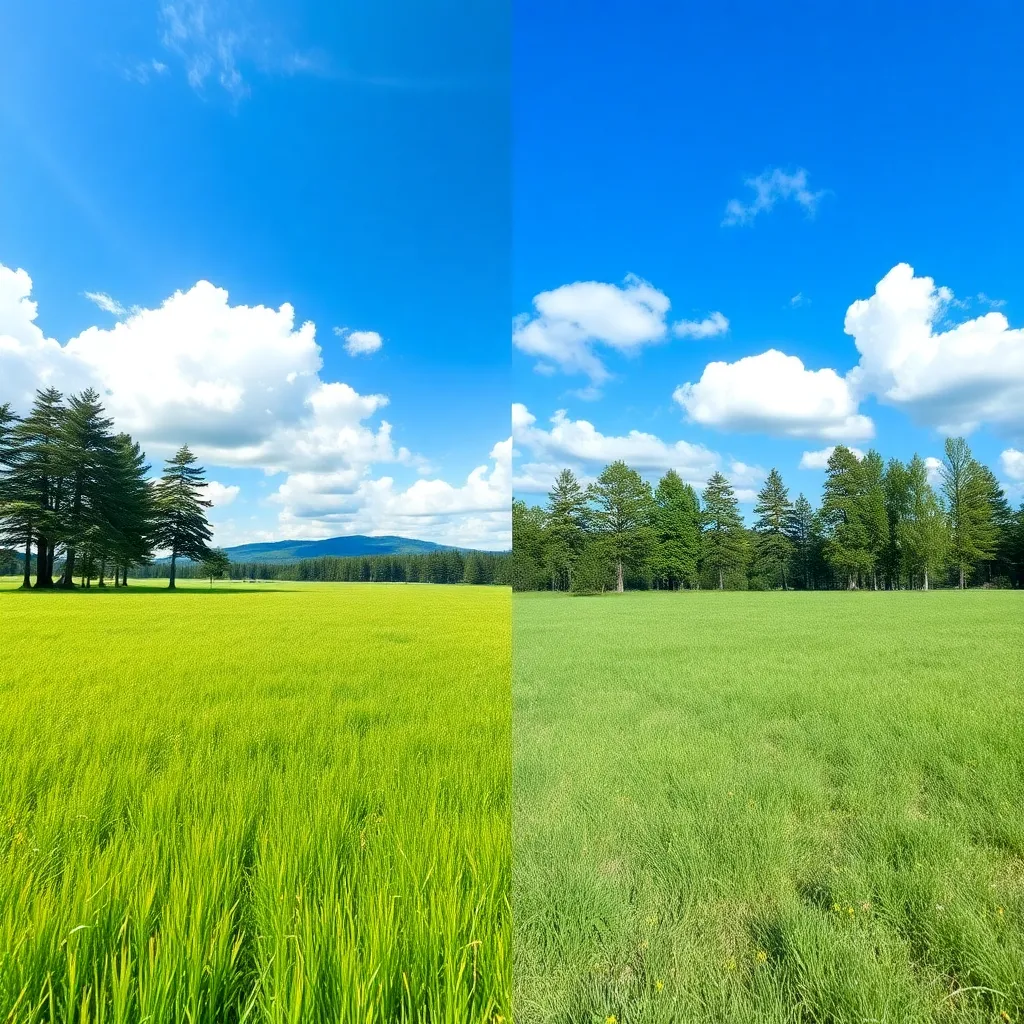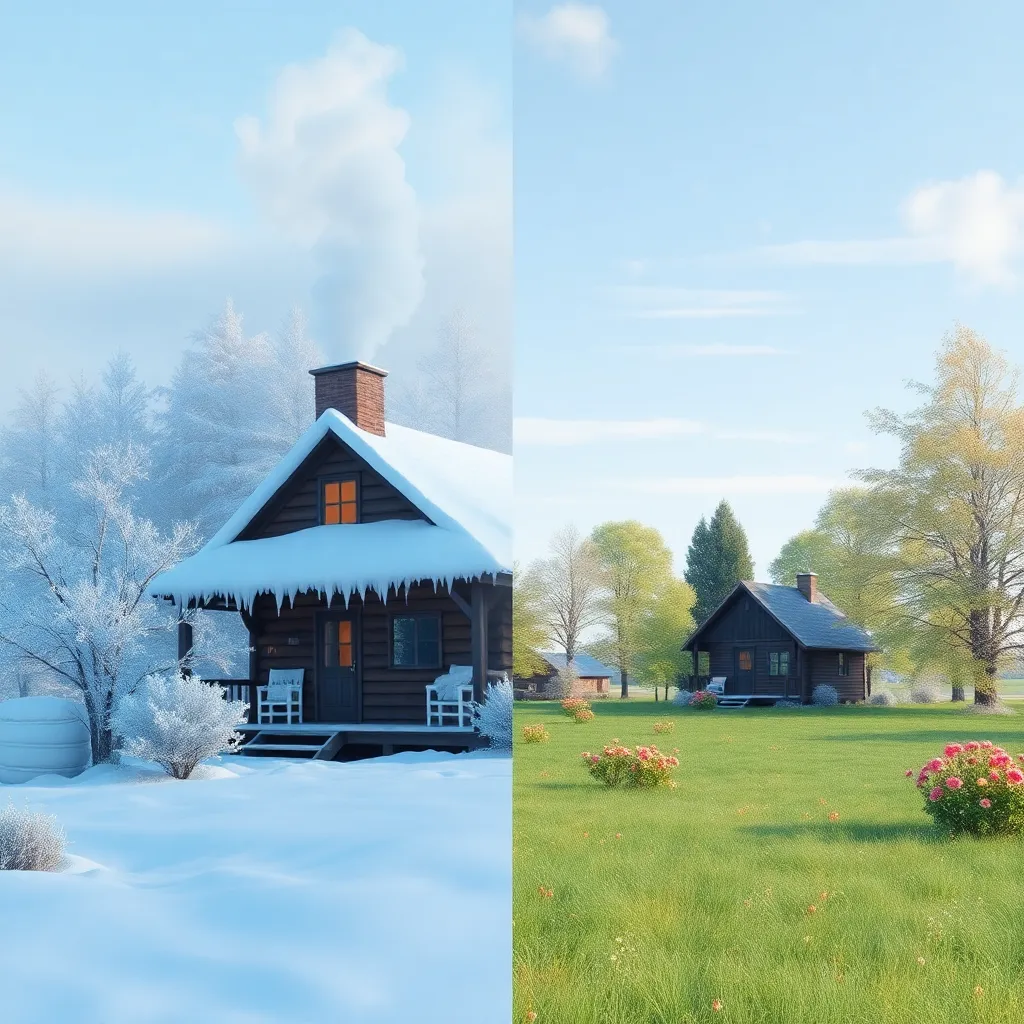What is 3D Style? Description and History
3D Style is a modern visual effect that revolutionizes traditional 2D photography and illustration by introducing a simulated sense of depth, volume, and realism. Through advanced digital rendering, dynamic lighting, and intricate texturing, 3D Style transforms flat images into immersive artworks that appear almost tangible.
The roots of 3D visual effects date back to the early days of computer graphics in the 1980s, where wireframe models and basic shading began to appear in film and video games. Over decades, advancements in software and hardware have made it possible to achieve hyper-realistic 3D effects with incredible detail. Today, 3D Style is easily accessible to photographers, designers, and hobbyists alike, thanks to powerful editing tools and AI-driven generators that automate the process.
Who is Using 3D Style?
3D Style is popular among a wide range of professionals and creatives, including:
- Product Designers and Marketers: To showcase products in advertisements with eye-catching realism.
- Game Developers and Digital Artists: For creating detailed character portraits, concept art, and immersive environments.
- Architects and Urban Planners: To visualize futuristic cityscapes and architectural concepts.
- Educators and Publishers: To produce lifelike diagrams and visual aids for textbooks and scientific presentations.
- Event Planners and Promoters: For bold, attention-grabbing posters and marketing materials.
- Children’s Book Authors and Illustrators: To create captivating, playful illustrations that engage young audiences.
How Does 3D Style Enhance Photos?
3D Style brings several key enhancements to photos and digital illustrations:
- Depth and Volume: By simulating the way light and shadow interact with surfaces, 3D Style gives images a sense of depth and physical presence that draws the viewer in.
- Hyper-Realistic Textures: Fine details such as fabric weaves, skin pores, or metallic sheens are rendered with lifelike accuracy, making images feel almost tactile.
- Dynamic Lighting: Strategic use of highlights, reflections, and soft shadows adds drama and focus, enhancing the mood and storytelling of an image.
- Vivid Colors and Contrast: 3D Style often incorporates bold color palettes and pronounced contrasts, ensuring visuals are both vibrant and memorable.
- Immersive Perspective: By leveraging cinematic camera angles and perspectives, 3D Style images can transport viewers into fantastical worlds or highlight architectural marvels with stunning realism.
These enhancements make 3D Style an effective tool for grabbing attention, conveying complex ideas, and elevating the impact of any visual communication.
Use Cases for 3D Style: When and Why to Use It
1. Product Visualization for Advertisements
3D Style is perfect for showcasing products—like shoes, gadgets, or cosmetics—in advertisements. The added dimension highlights design features, materials, and craftsmanship, making products more enticing to potential buyers.
2. Futuristic Cityscape Concept Art
Architects, game developers, and filmmakers use 3D Style to visualize futuristic cityscapes. Neon lighting, dramatic angles, and layered details help convey scale and imagination, making concepts come alive for stakeholders or audiences.
3. Children’s Animated Storybook Illustration
The playful, approachable look of 3D Style is ideal for children’s books. Animated characters and magical settings leap off the page, capturing young readers’ attention and enhancing educational value.
4. Portraits for Game Characters or Avatars
For gaming and virtual environments, 3D Style adds realism and personality to character portraits. Vivid armor, glowing eyes, and dynamic lighting make avatars memorable and engaging.
5. Marketing Posters for Tech Events
3D Style’s dynamic shapes, gradients, and futuristic typography are perfect for tech event posters. These visuals instantly communicate innovation and excitement, increasing event interest and attendance.
6. Educational Diagrams (e.g., Human Heart Model)
In educational contexts, 3D Style provides clarity and realism in diagrams. Complex structures, such as organs or machinery, become easier to understand when visualized in three dimensions.
Pro Tips for Using 3D Style
- Match the Subject: Choose subjects that benefit from dimensionality—products, architecture, fantasy scenes, and educational models work best.
- Balance Realism and Artistry: While 3D Style can look hyper-realistic, blending artistic elements (like exaggerated lighting or color) can make images even more compelling.
- Focus on Lighting: Strategic lighting can make or break a 3D effect. Experiment with different light sources, directions, and intensities to achieve the desired mood.
- Optimize for Output: High-resolution images and proper file formats ensure your 3D styled visuals look crisp on any platform, from web to print.
- Stay Consistent: When using 3D Style in a series or campaign, maintain consistent lighting, perspective, and color grading to create a cohesive visual identity.
Conclusion
3D Style is a transformative visual effect that brings flat images to life with breathtaking realism and artistry. Whether you’re advertising a product, illustrating a story, visualizing a concept, or educating an audience, 3D Style offers unmatched impact and versatility. As tools and AI-powered generators become more accessible, creators of all backgrounds can harness the power of 3D Style to elevate their work and captivate viewers.
